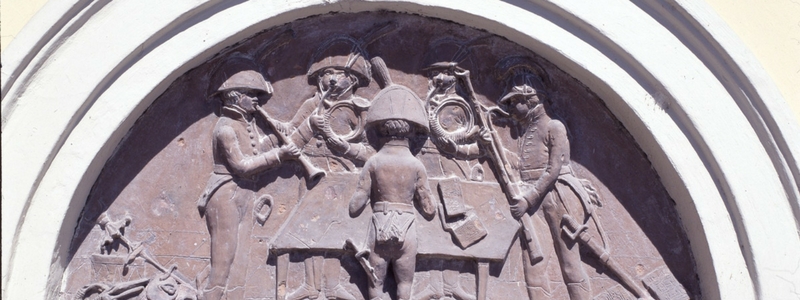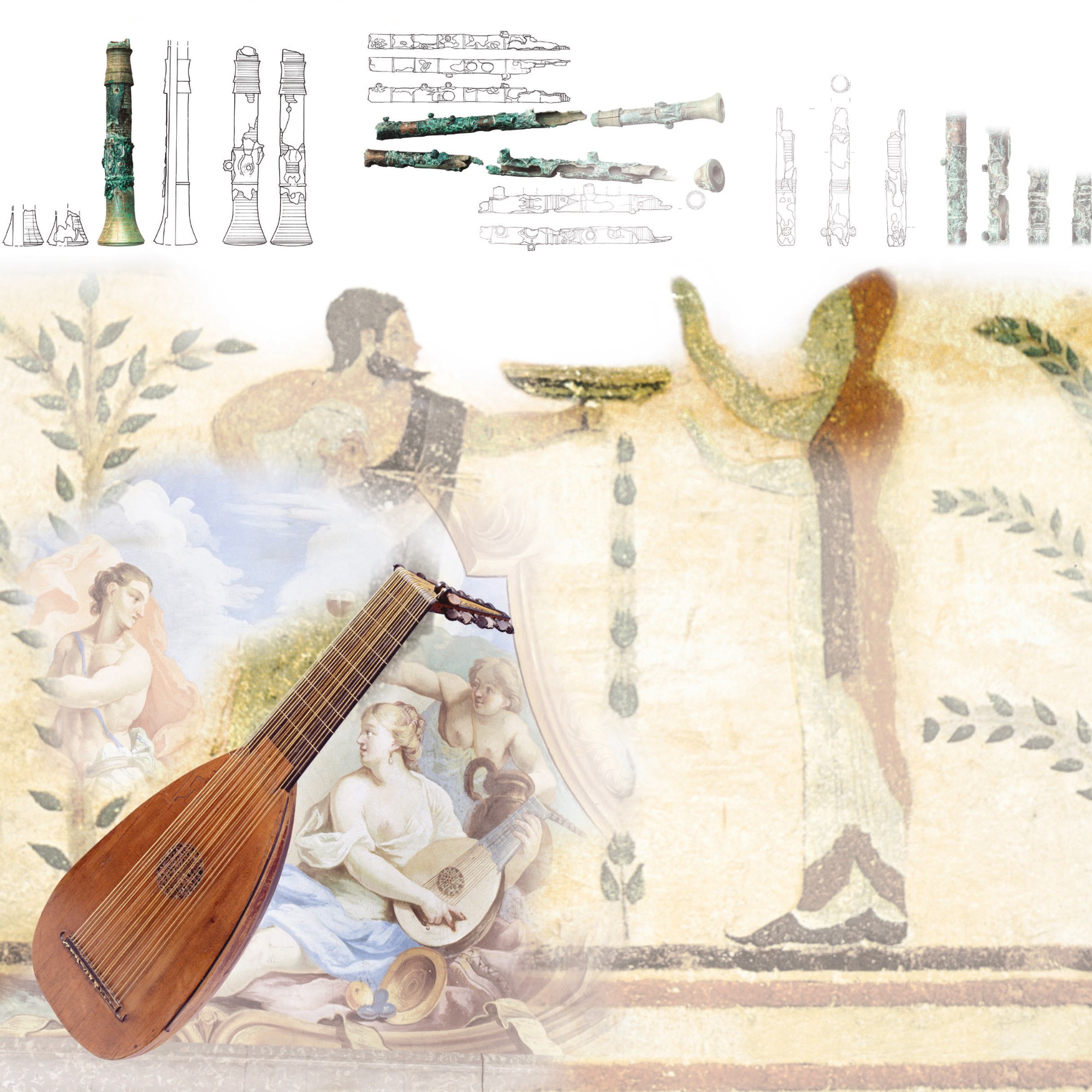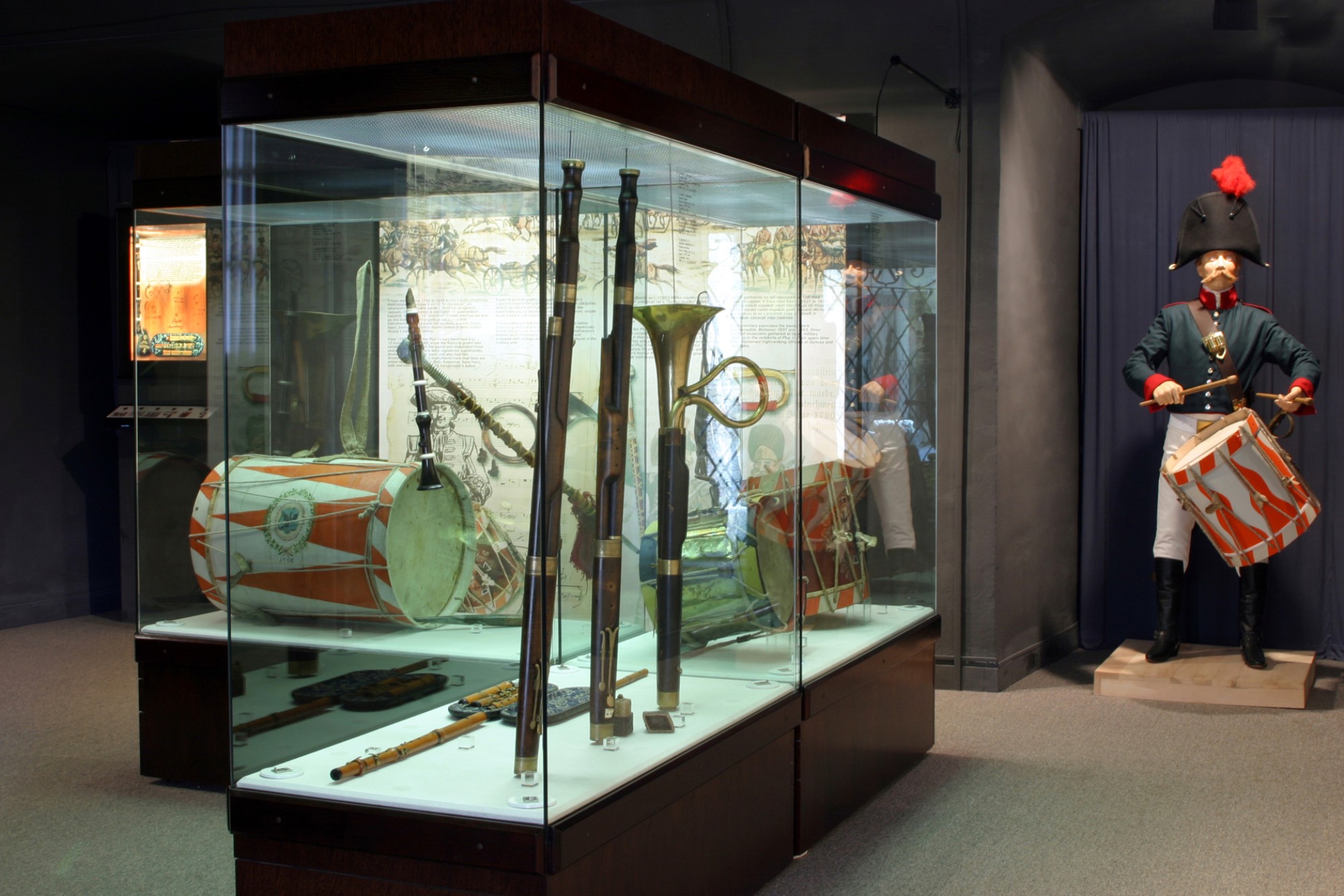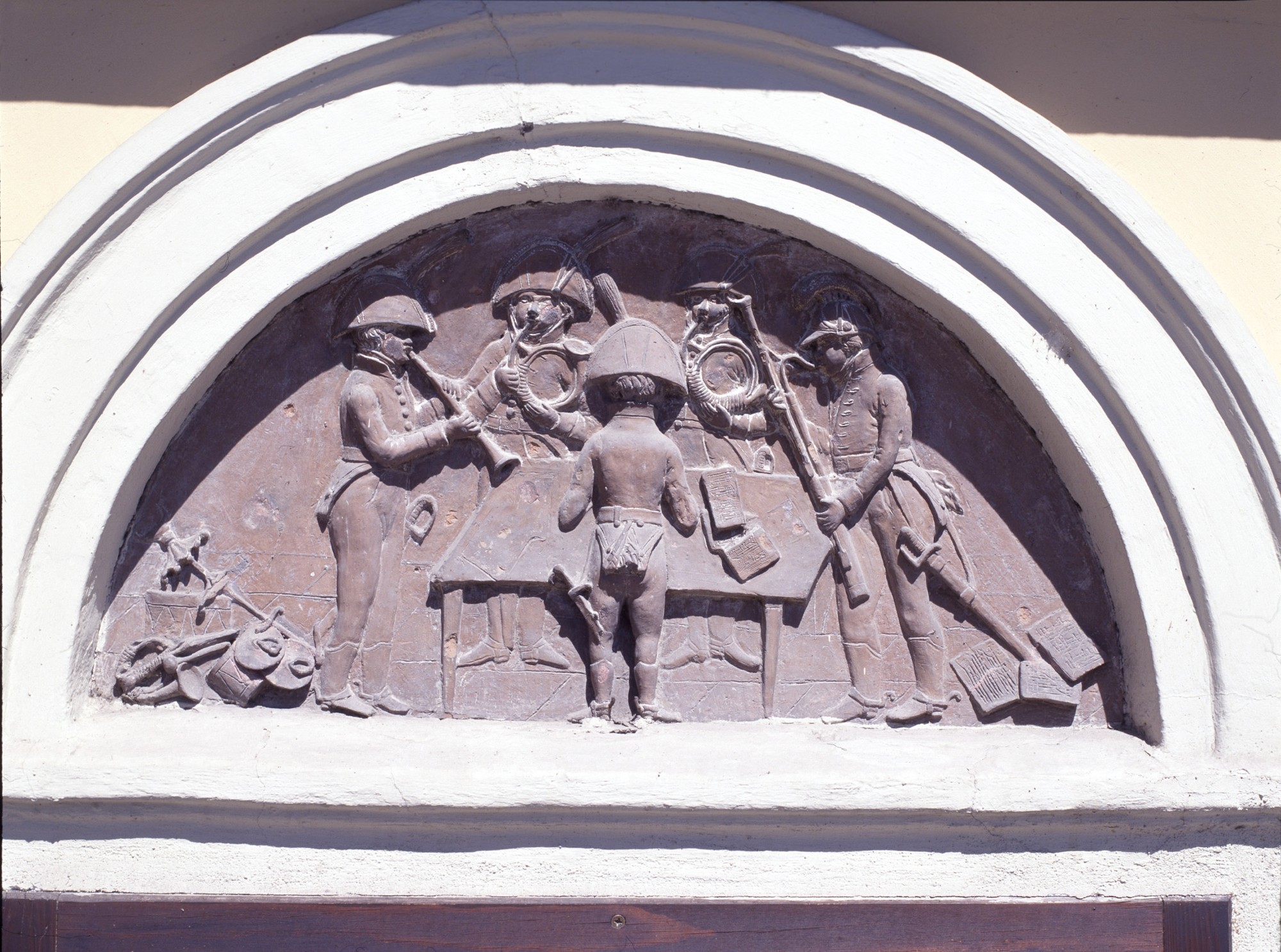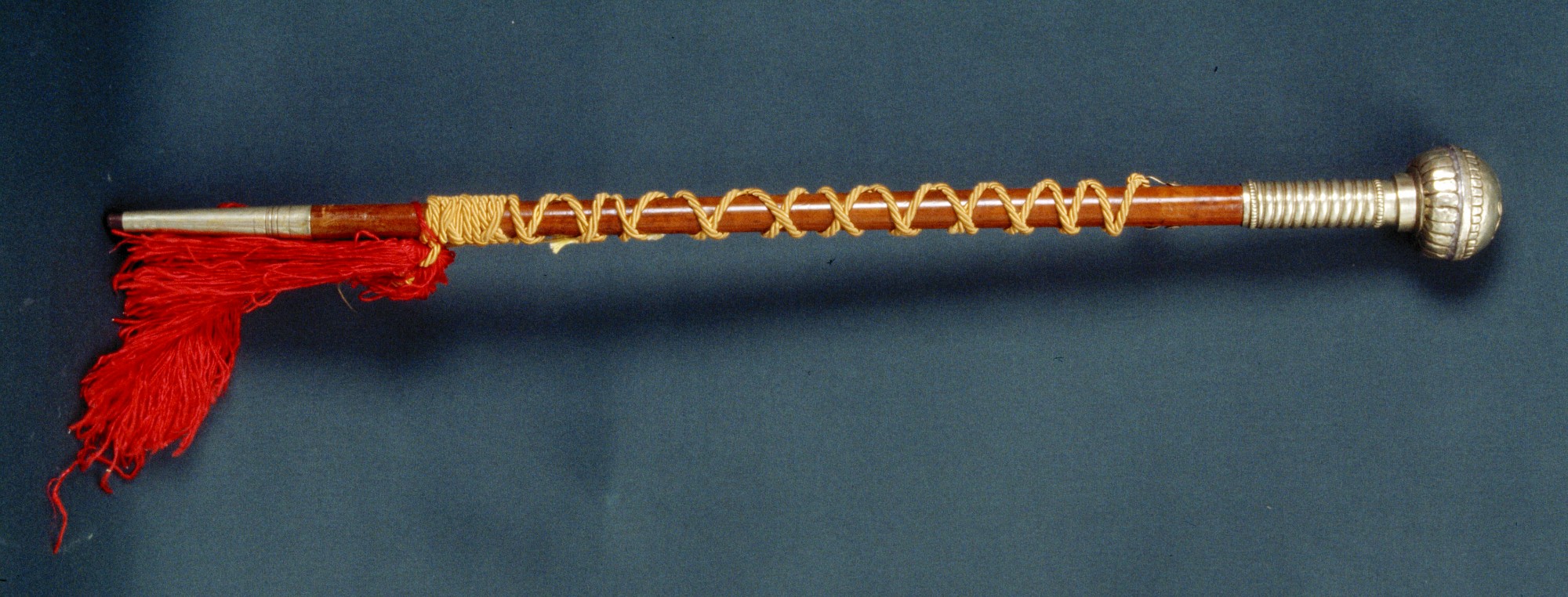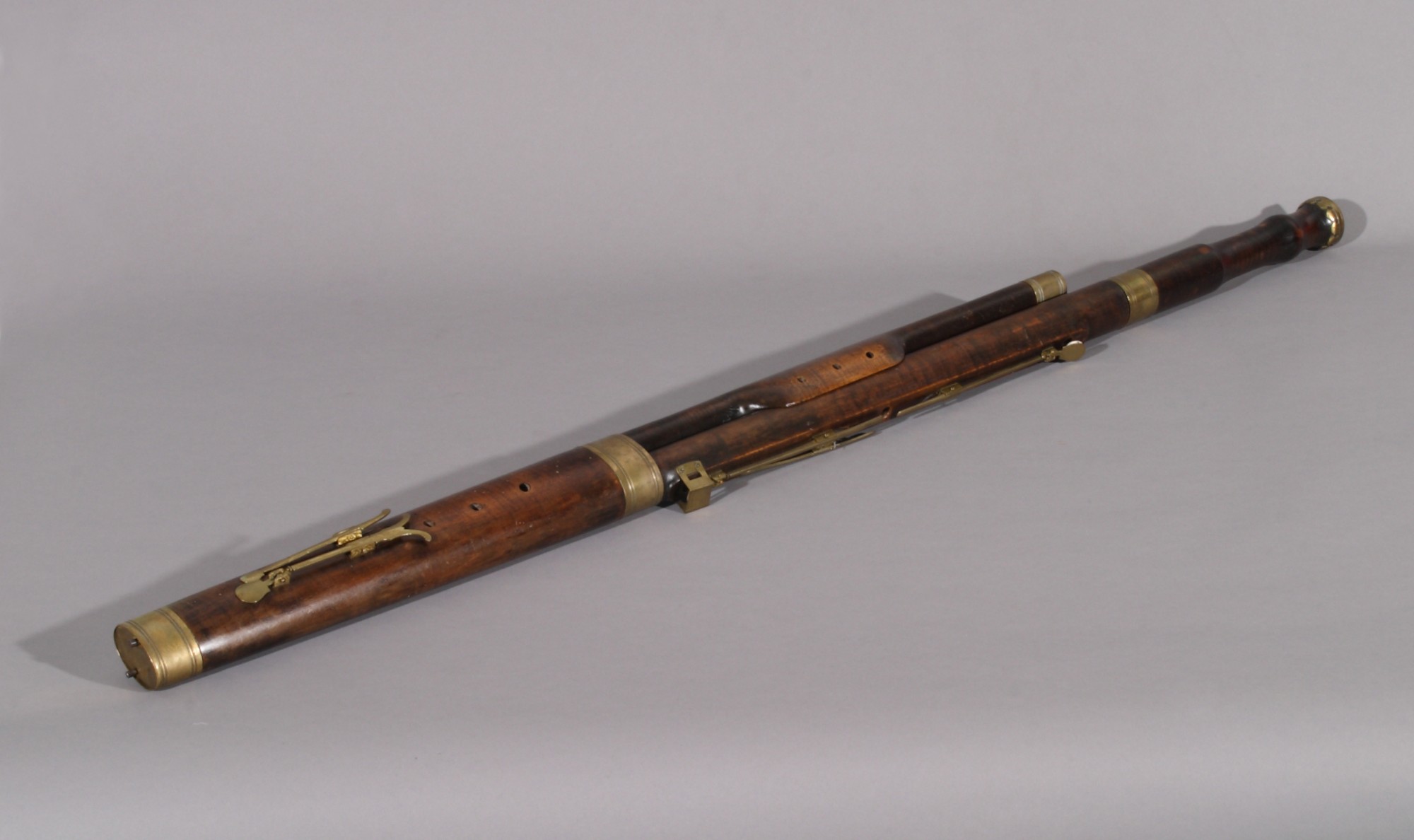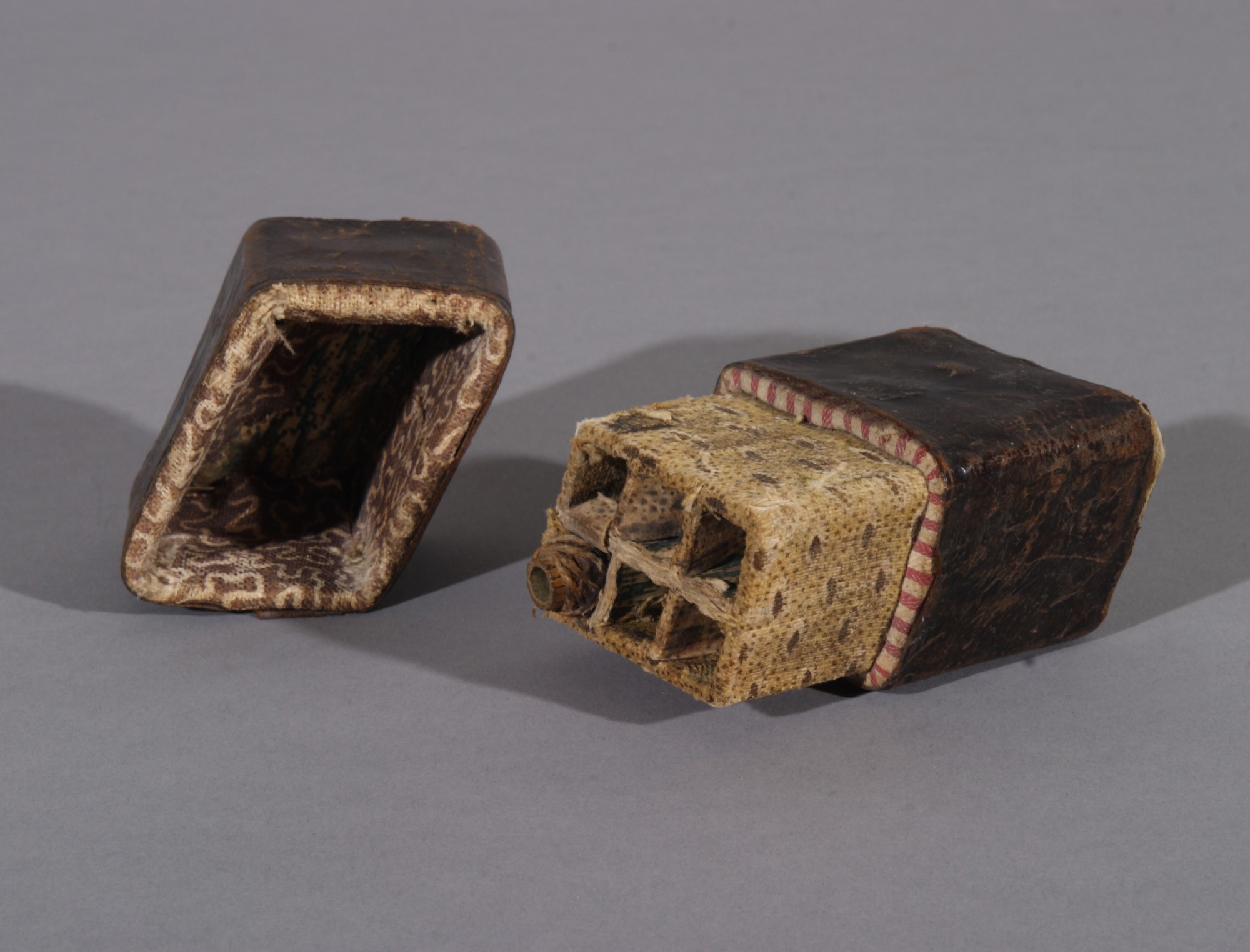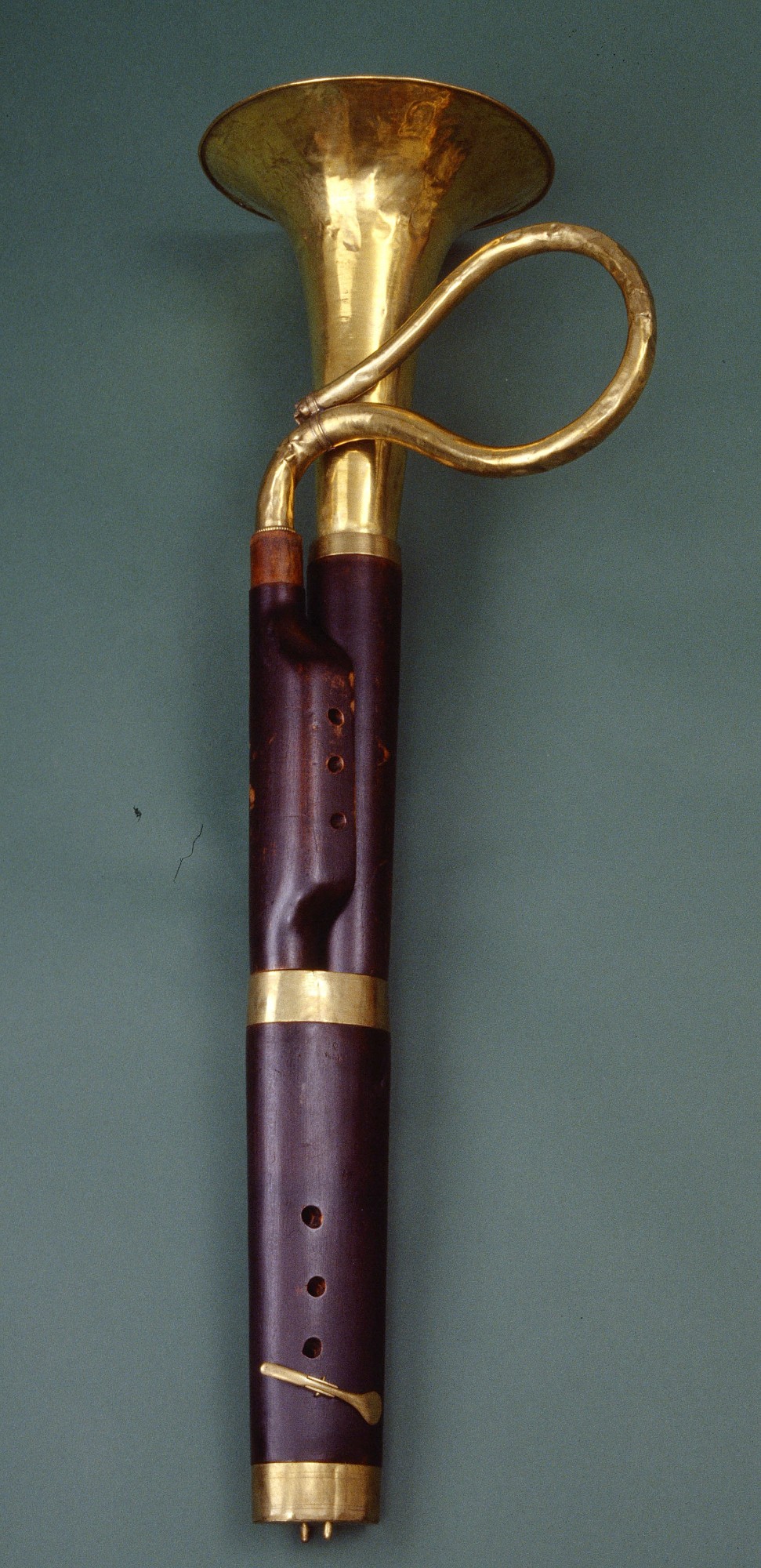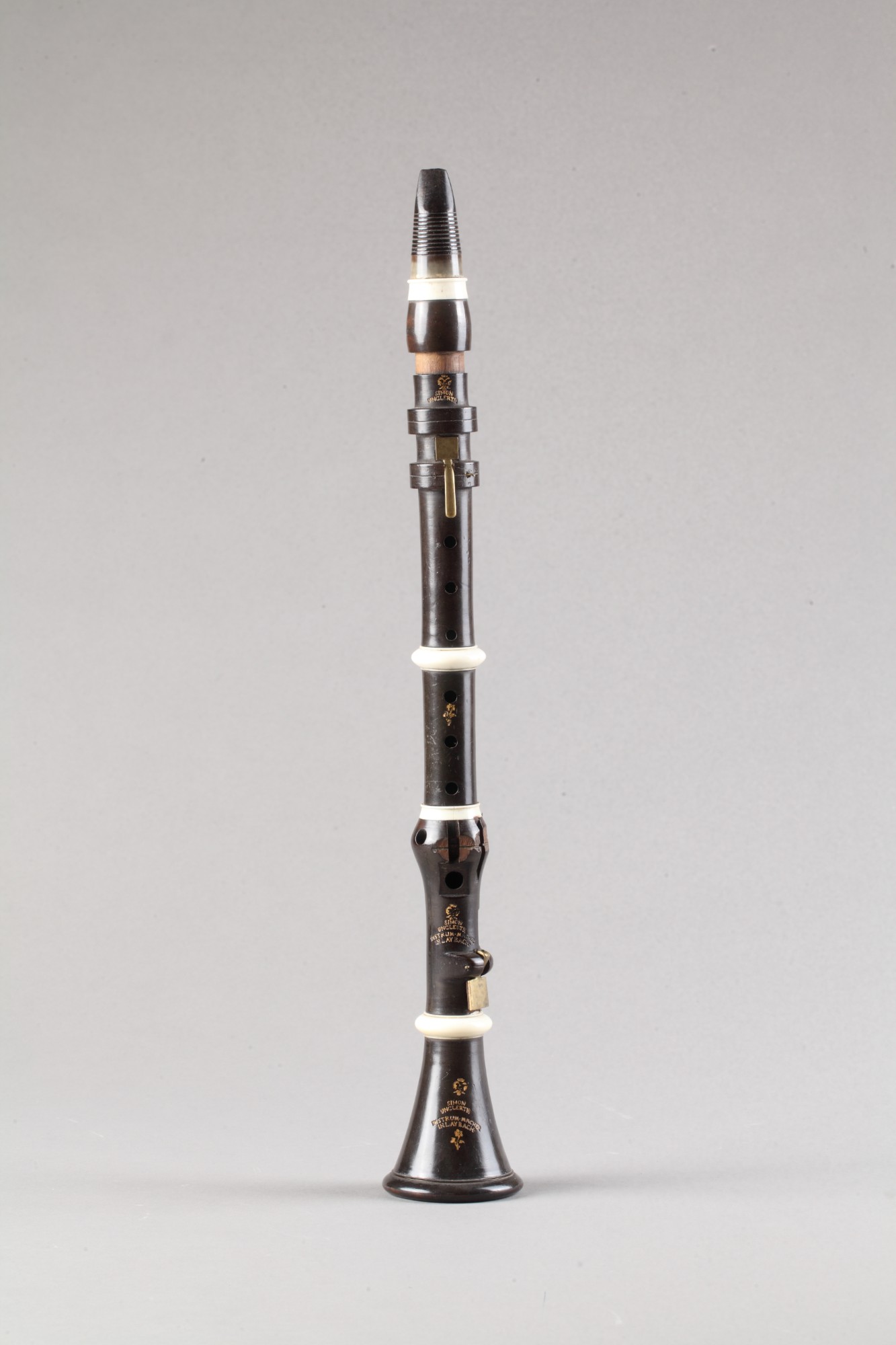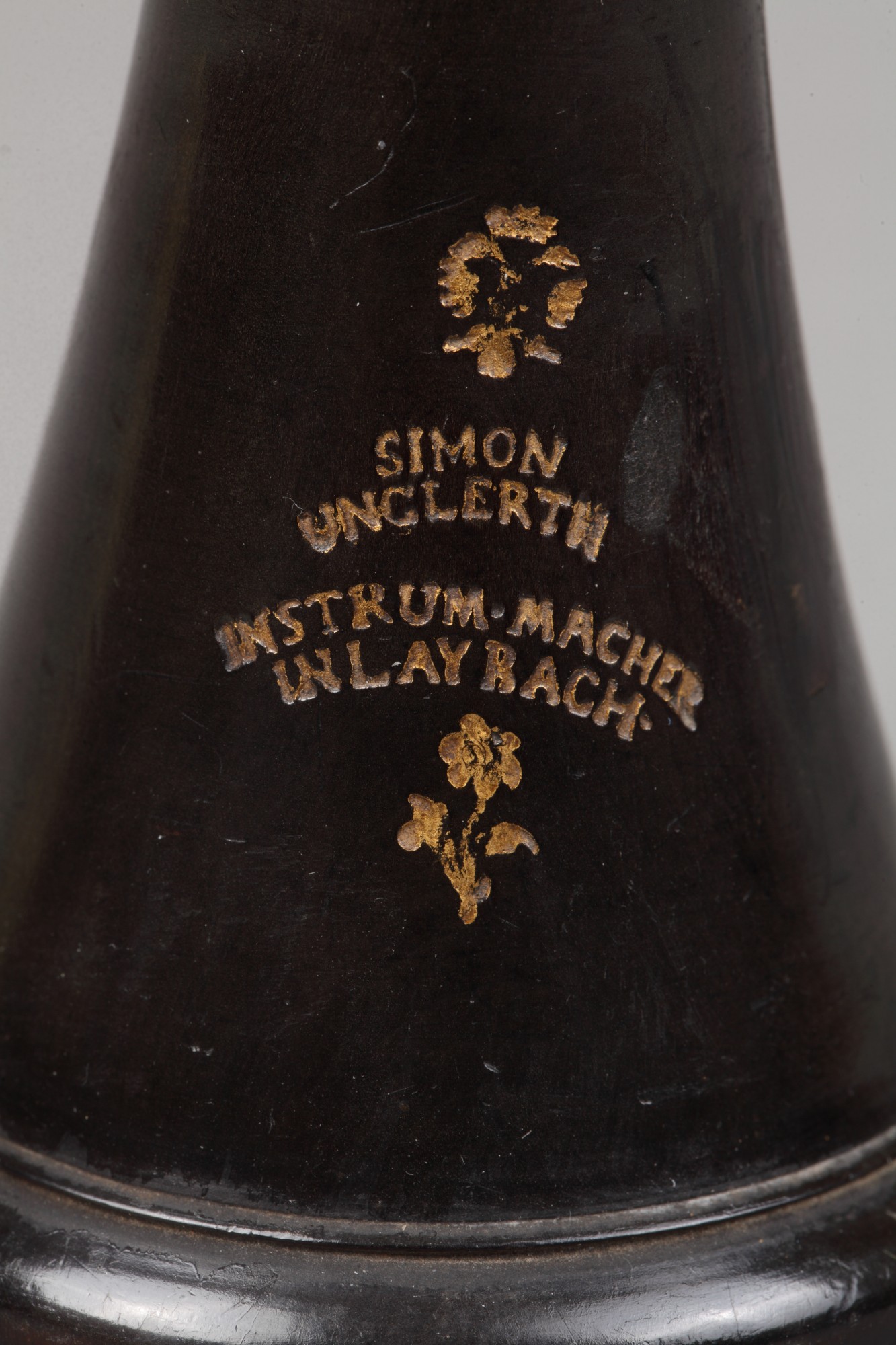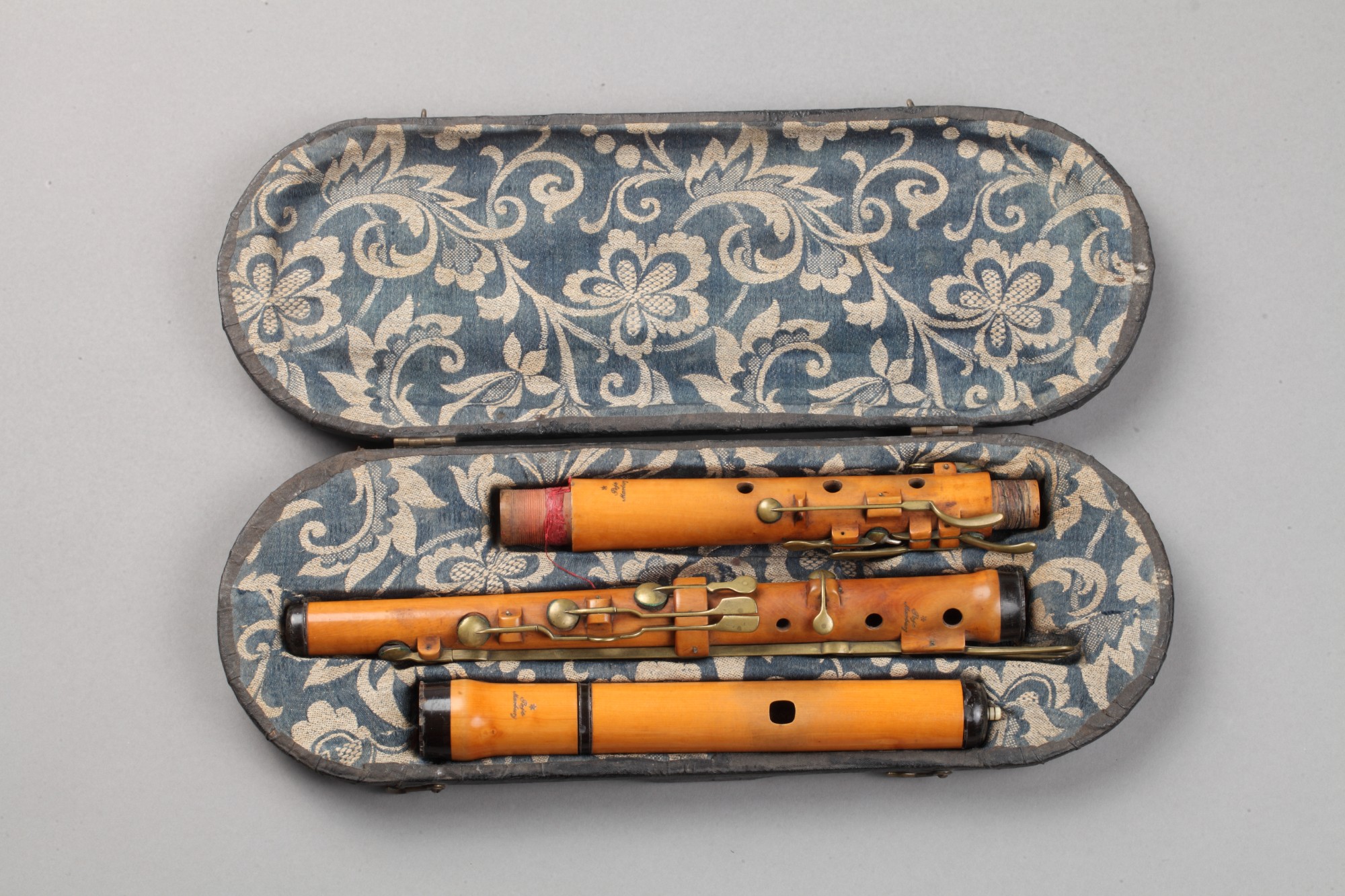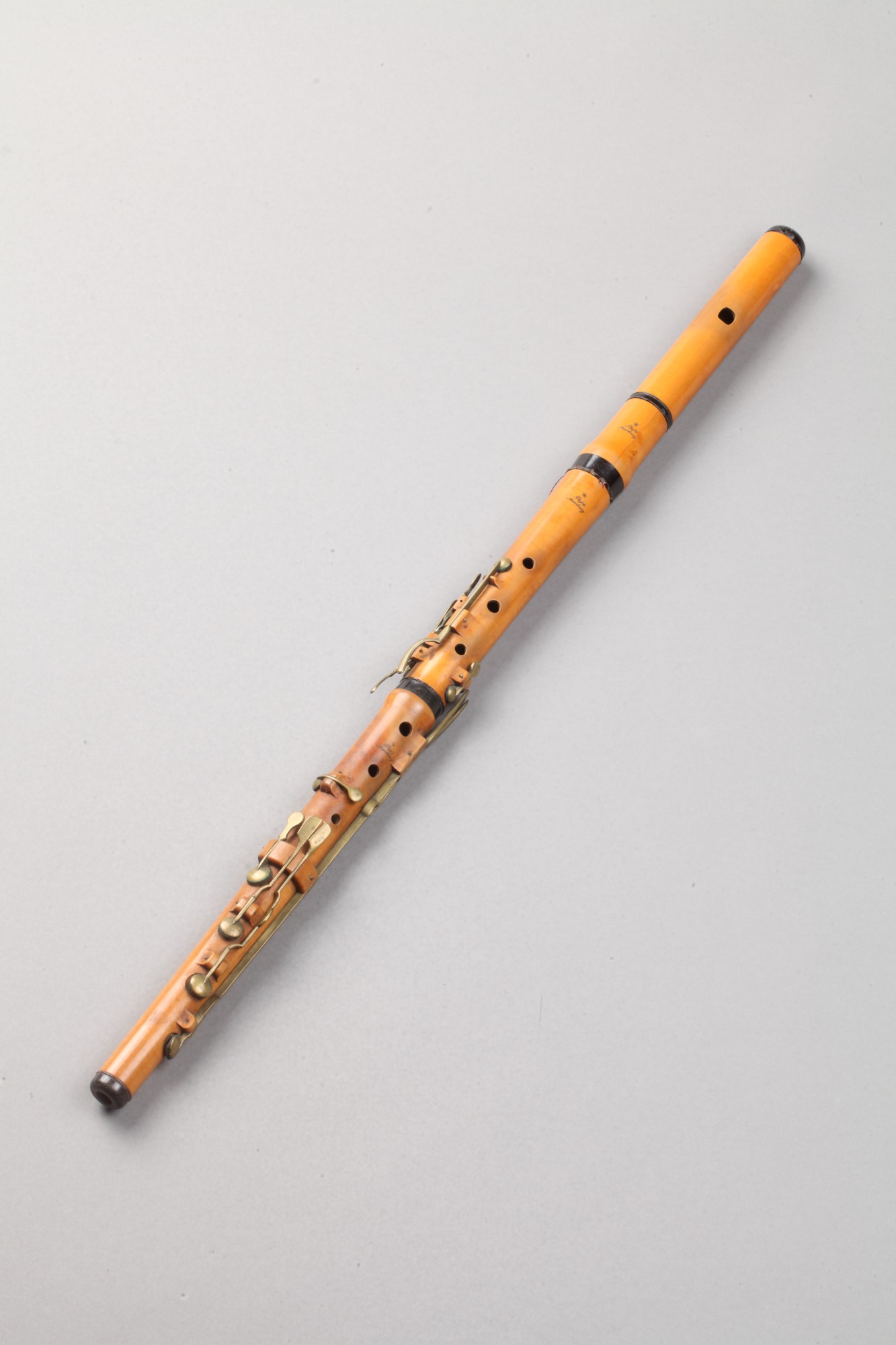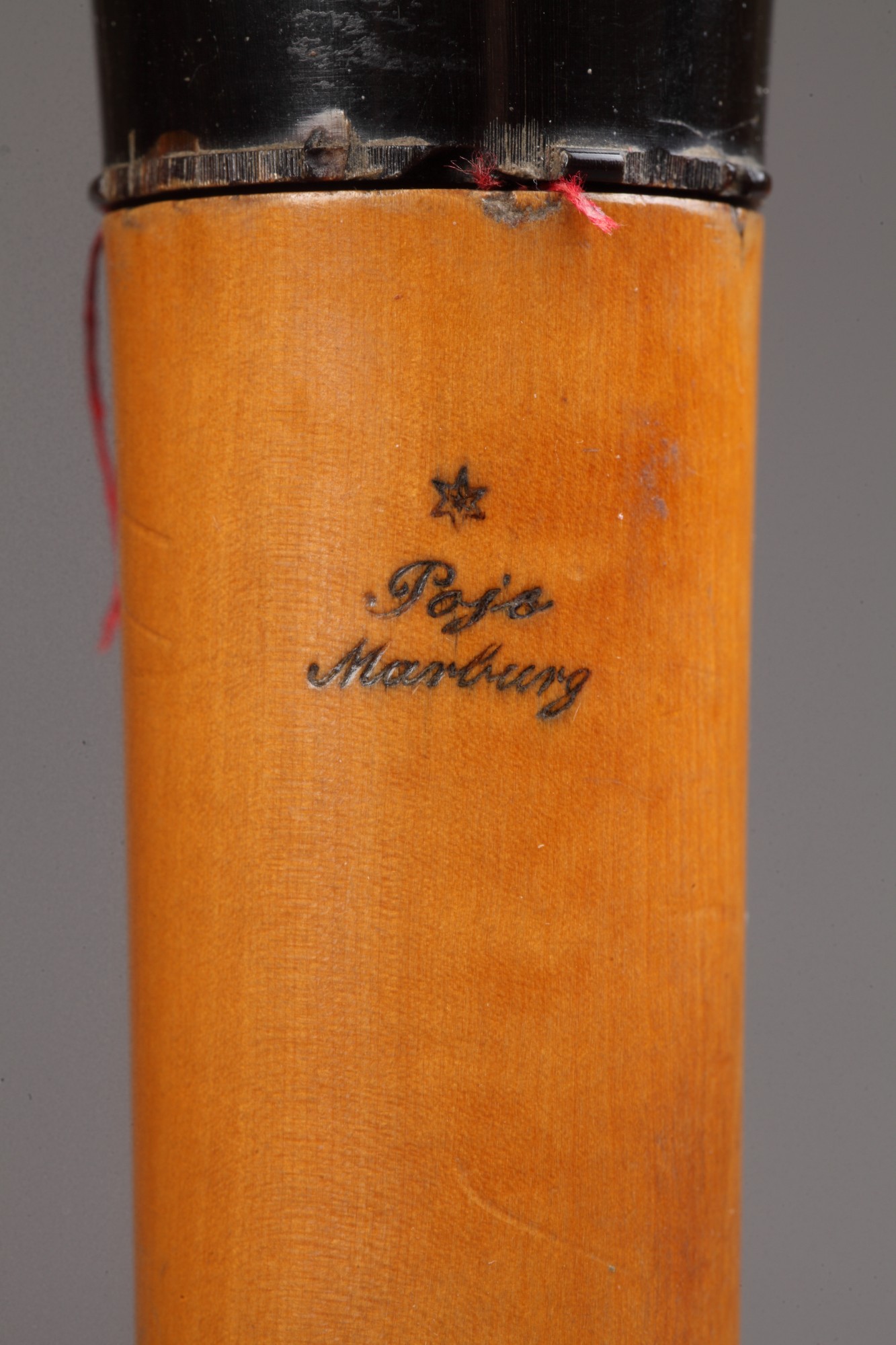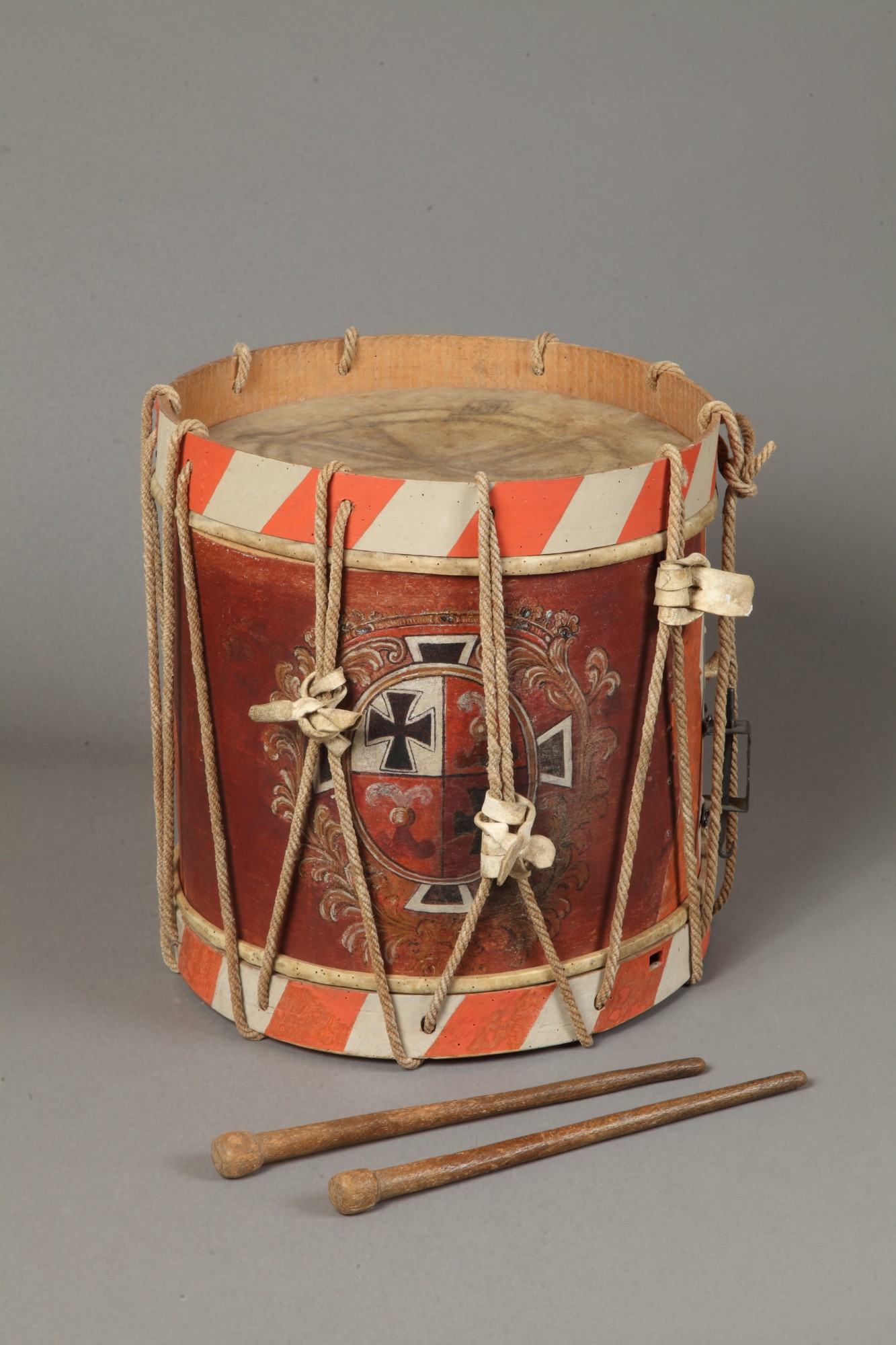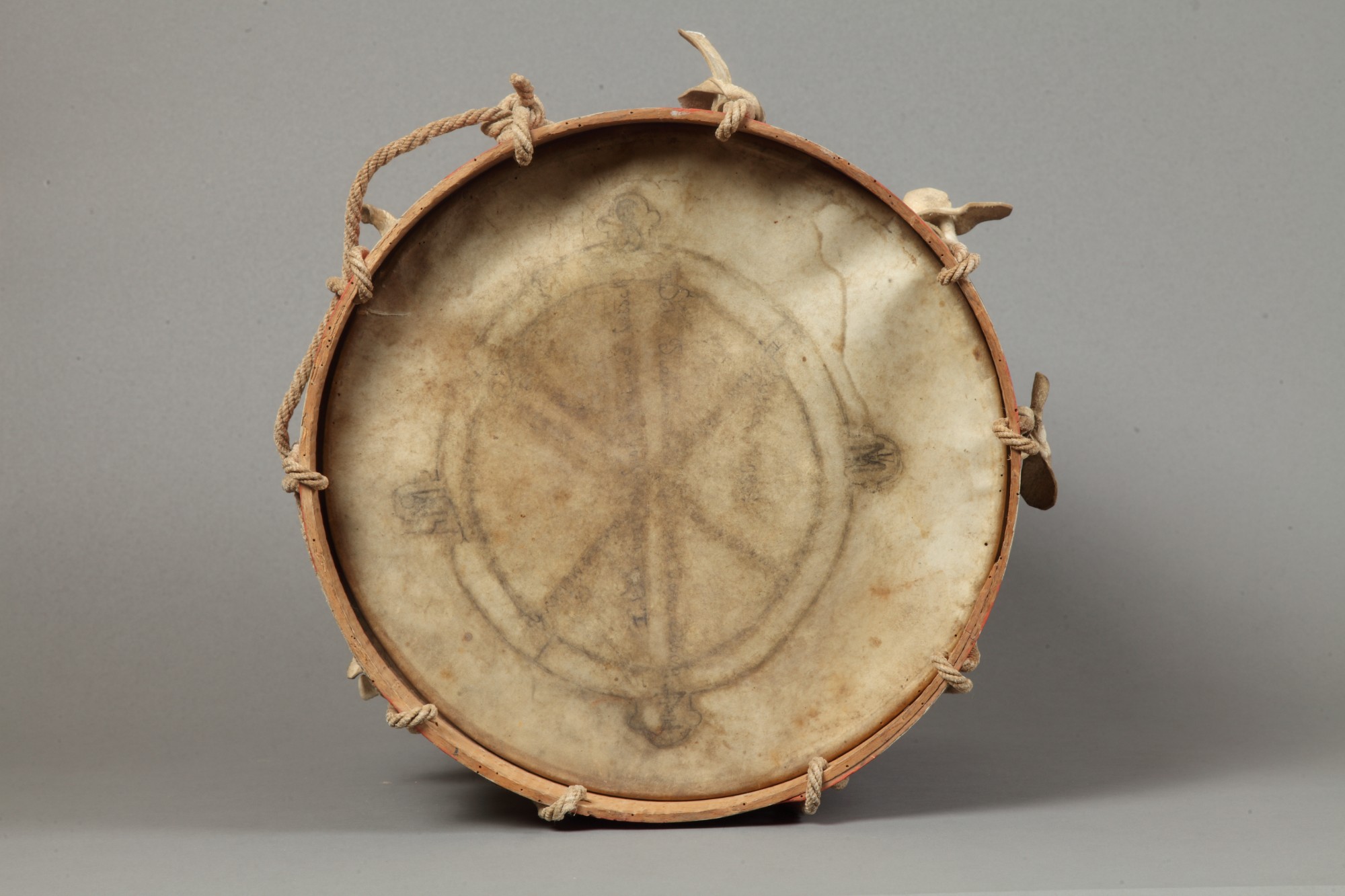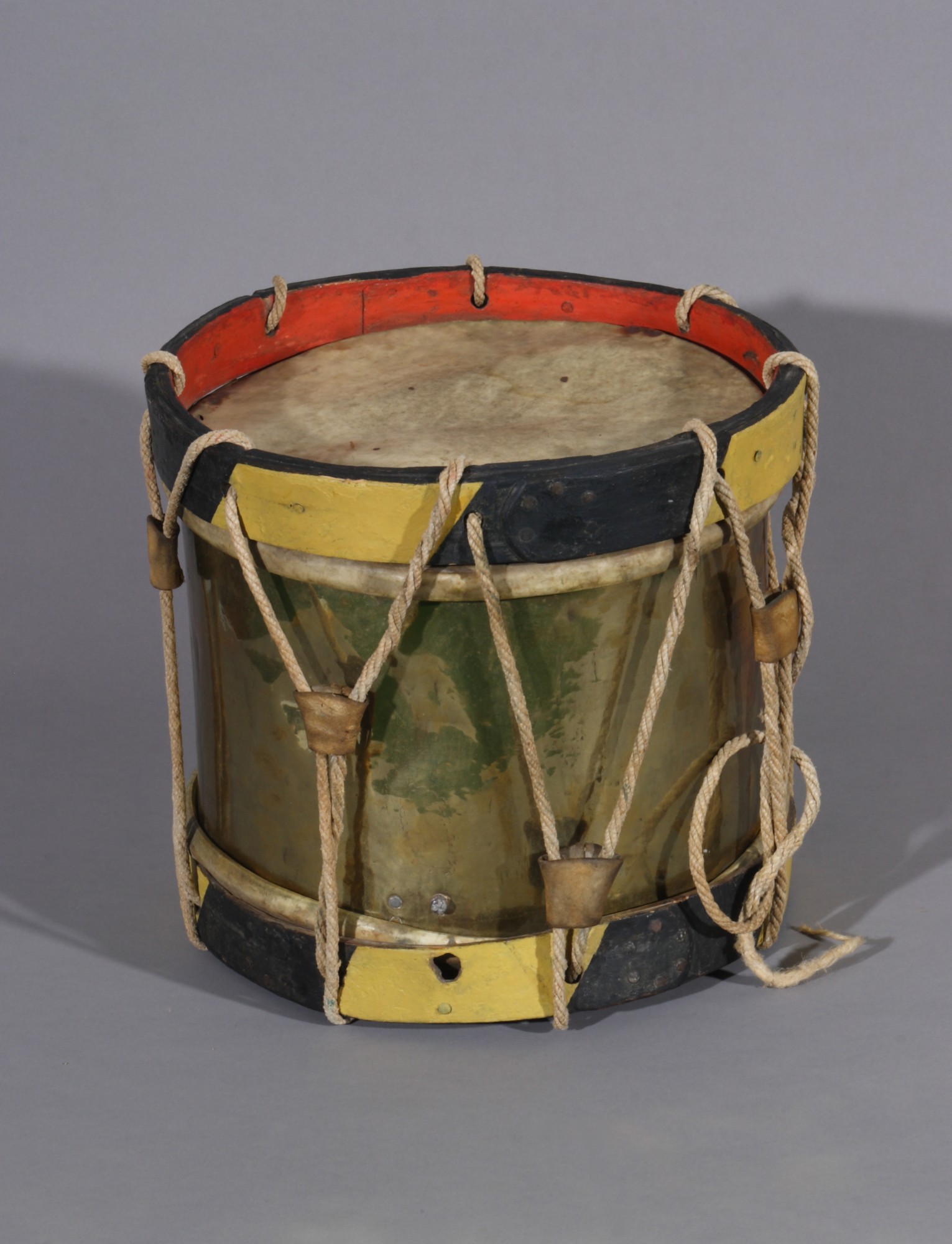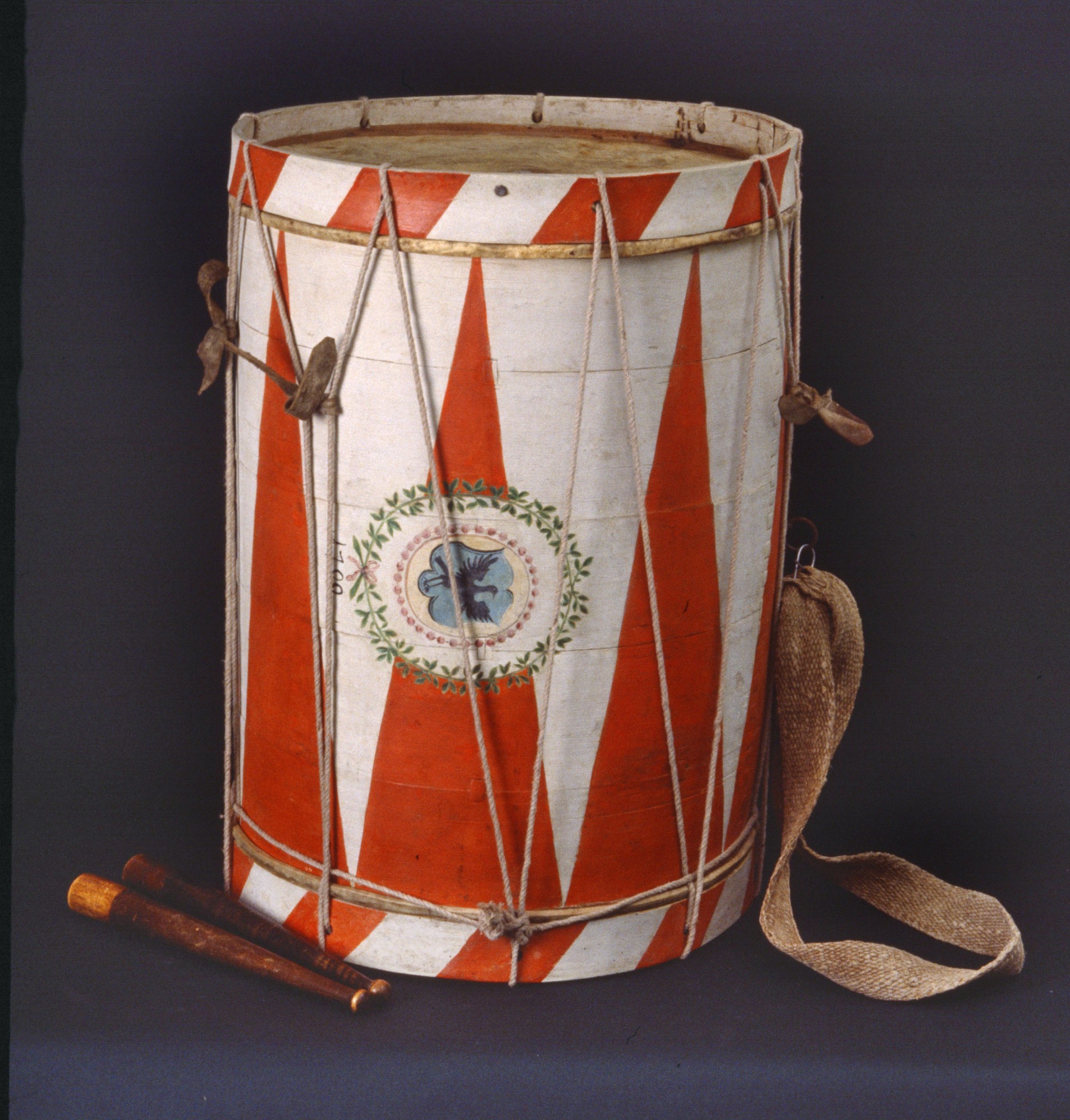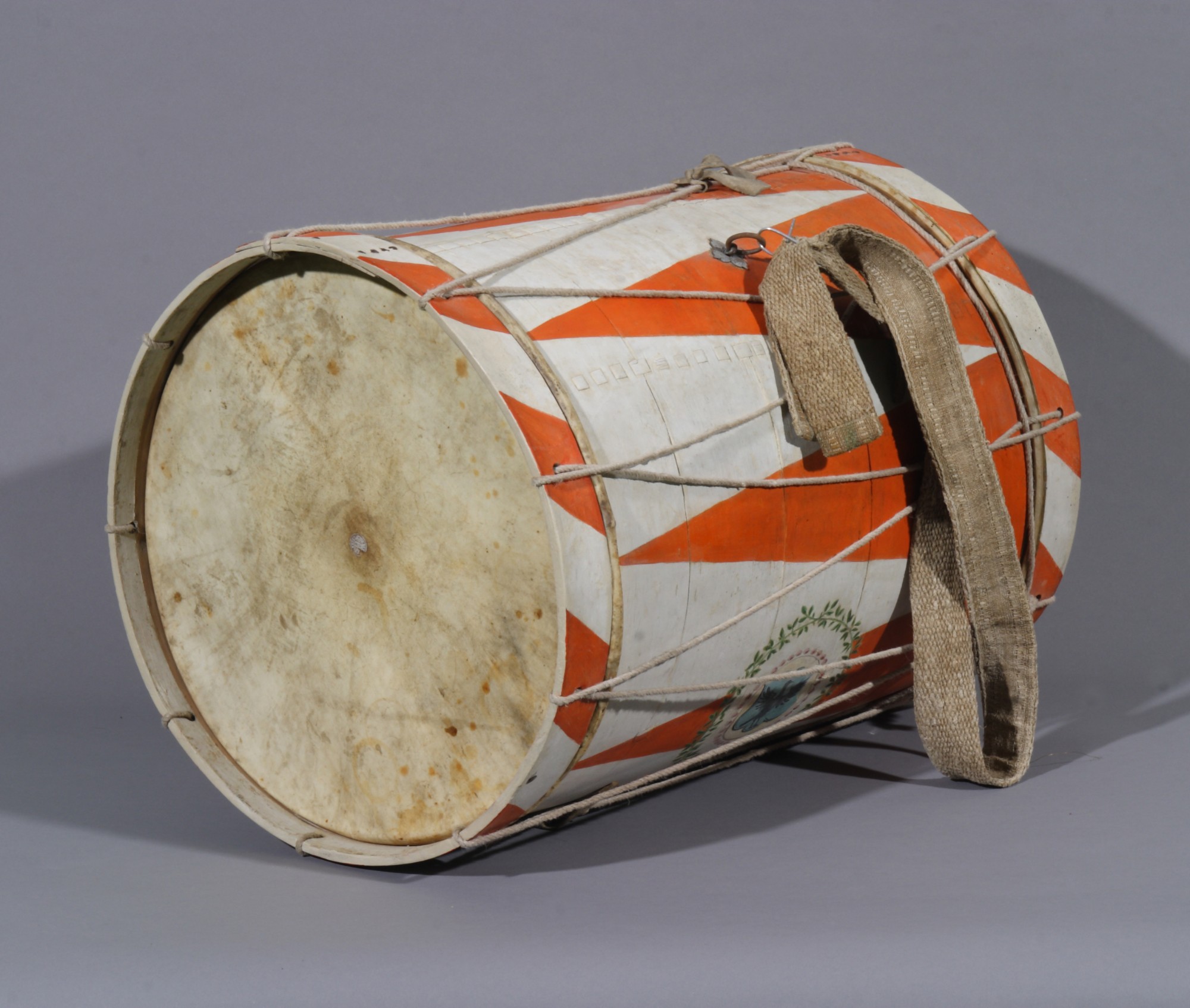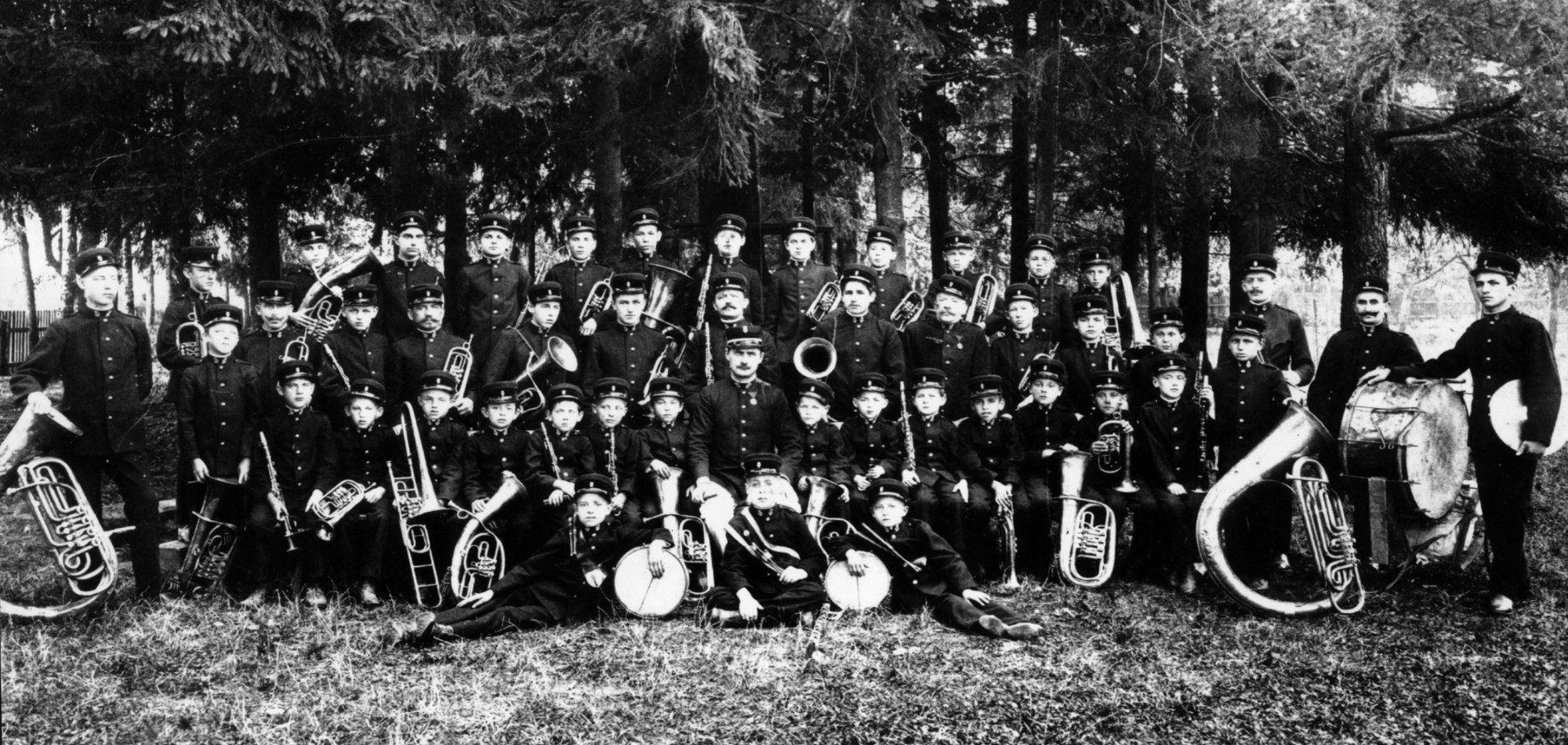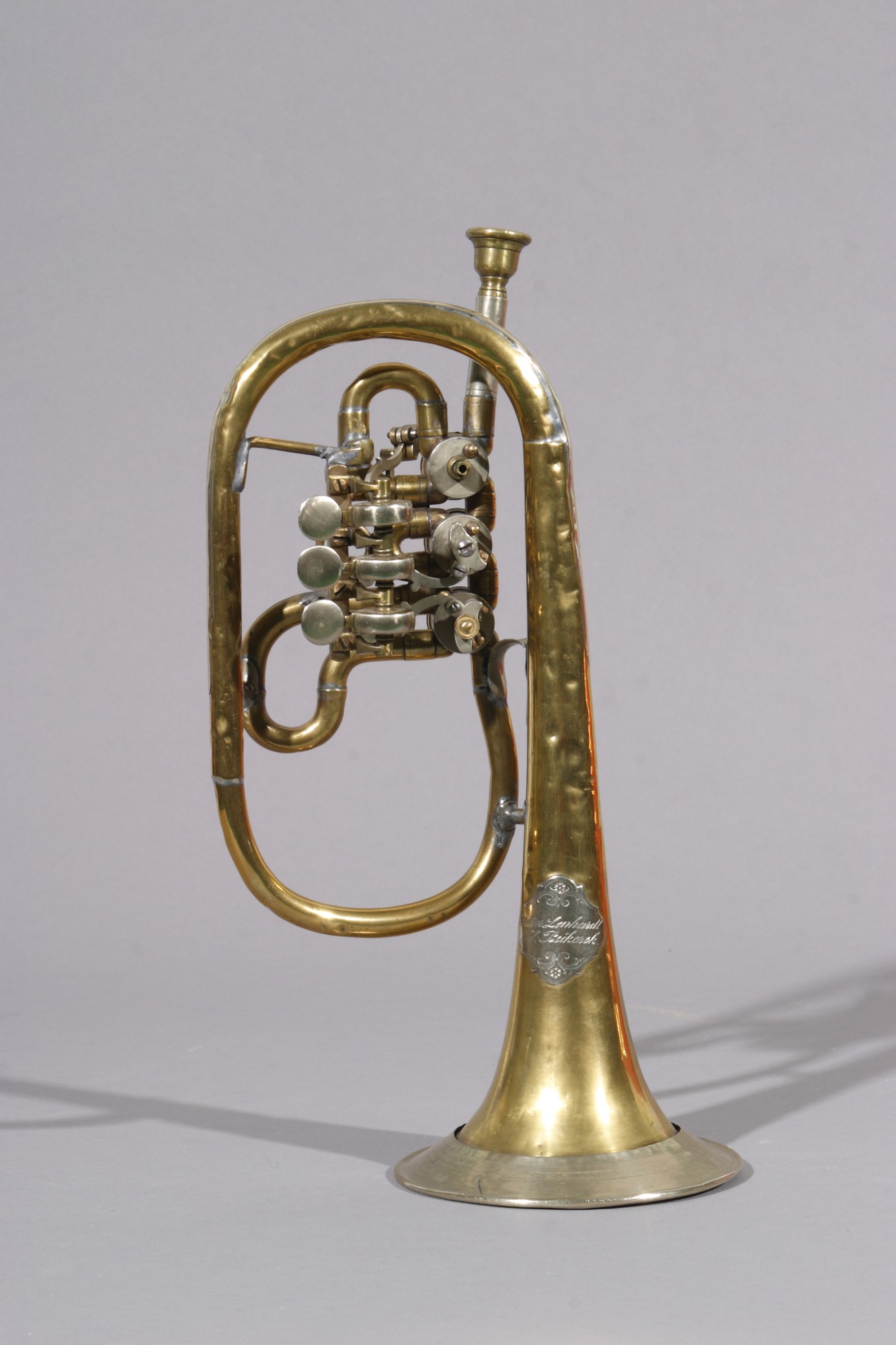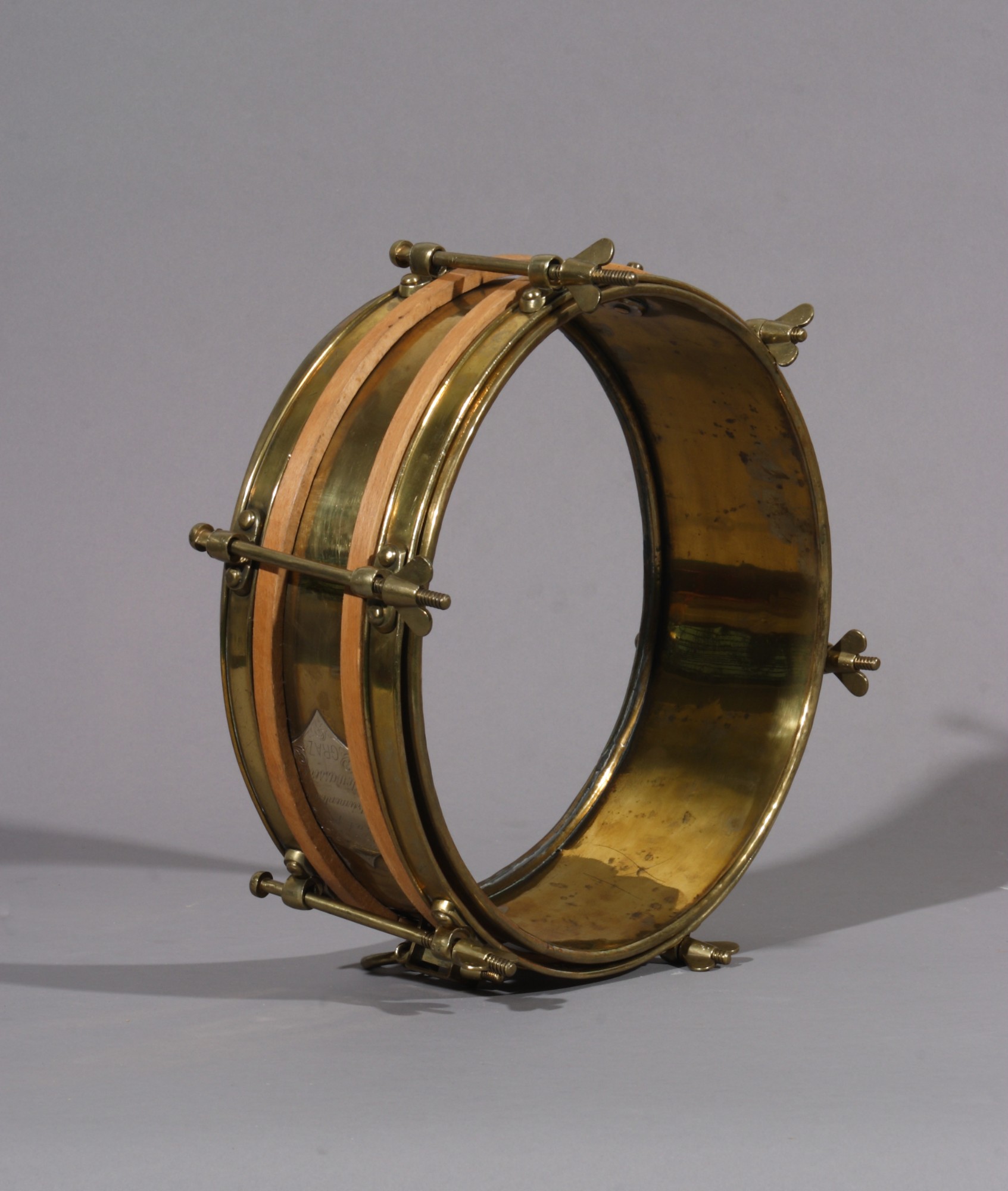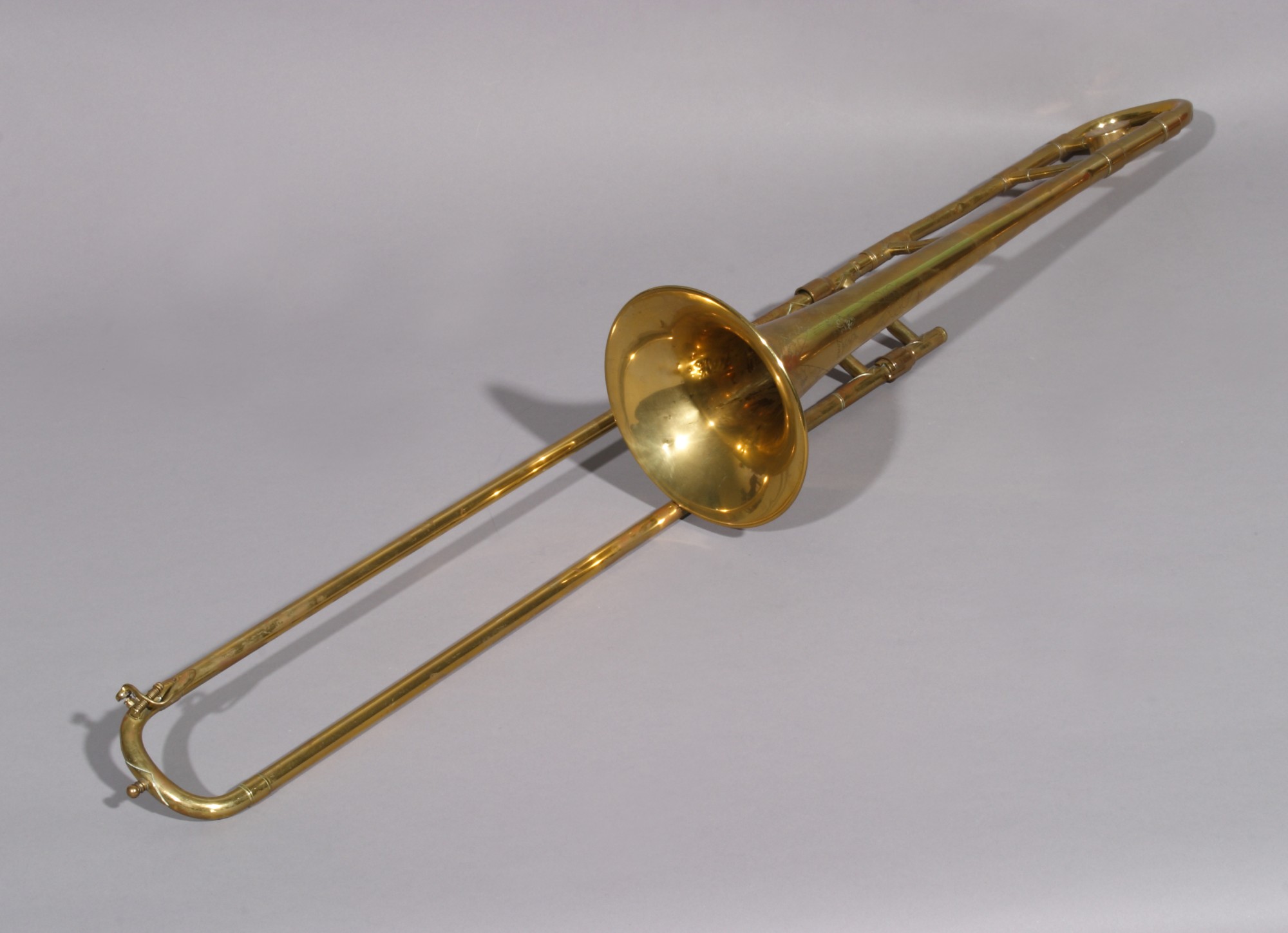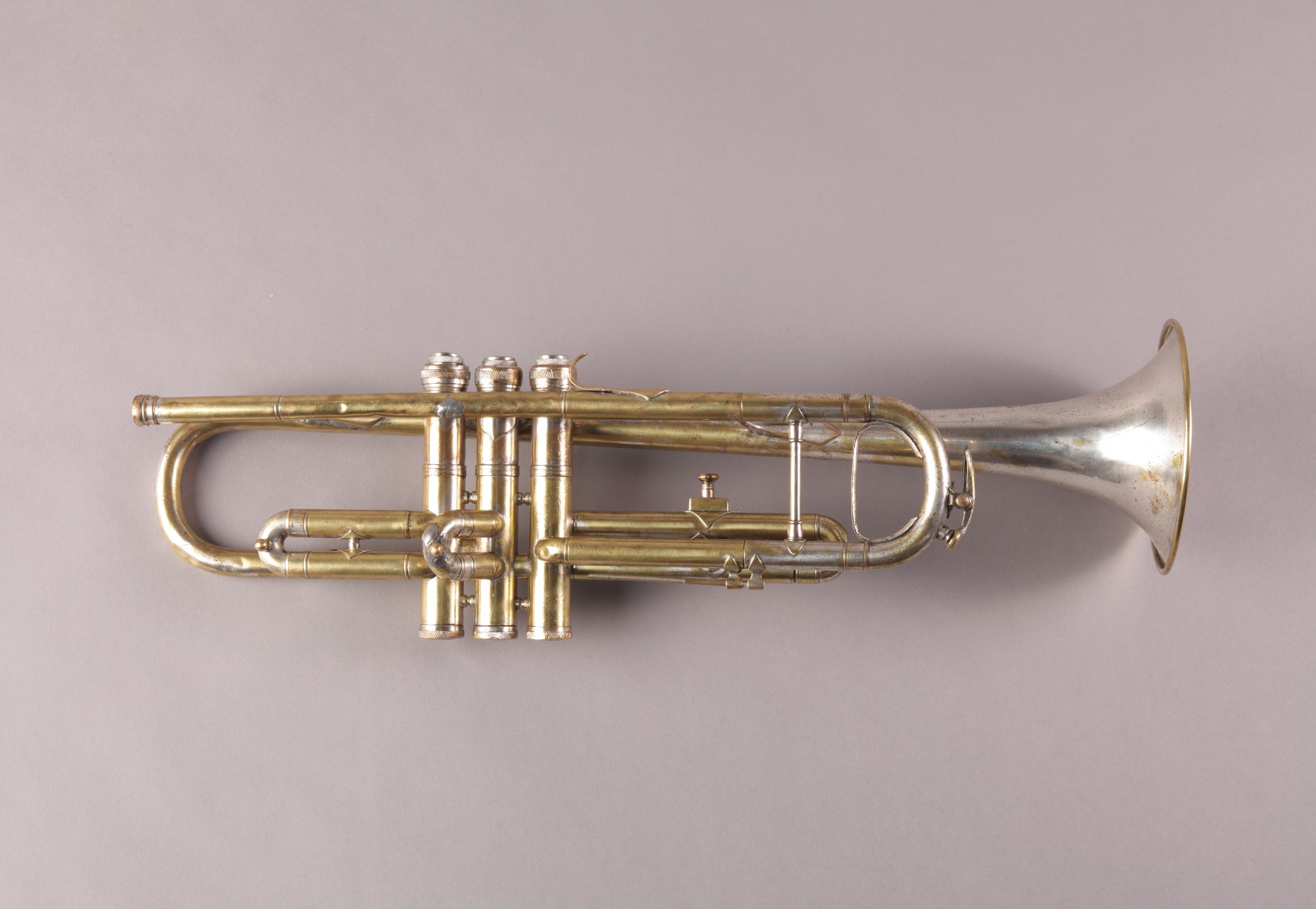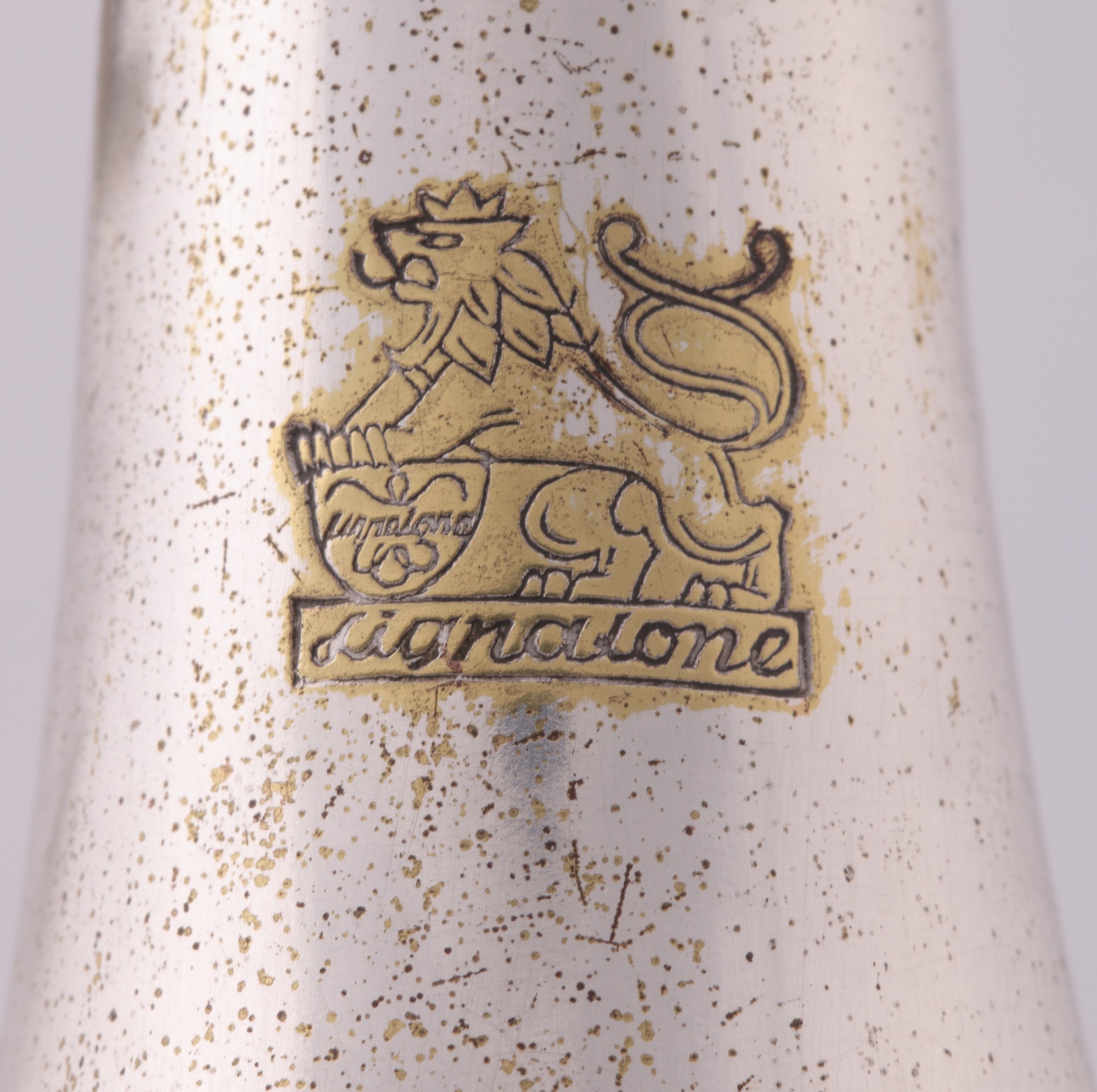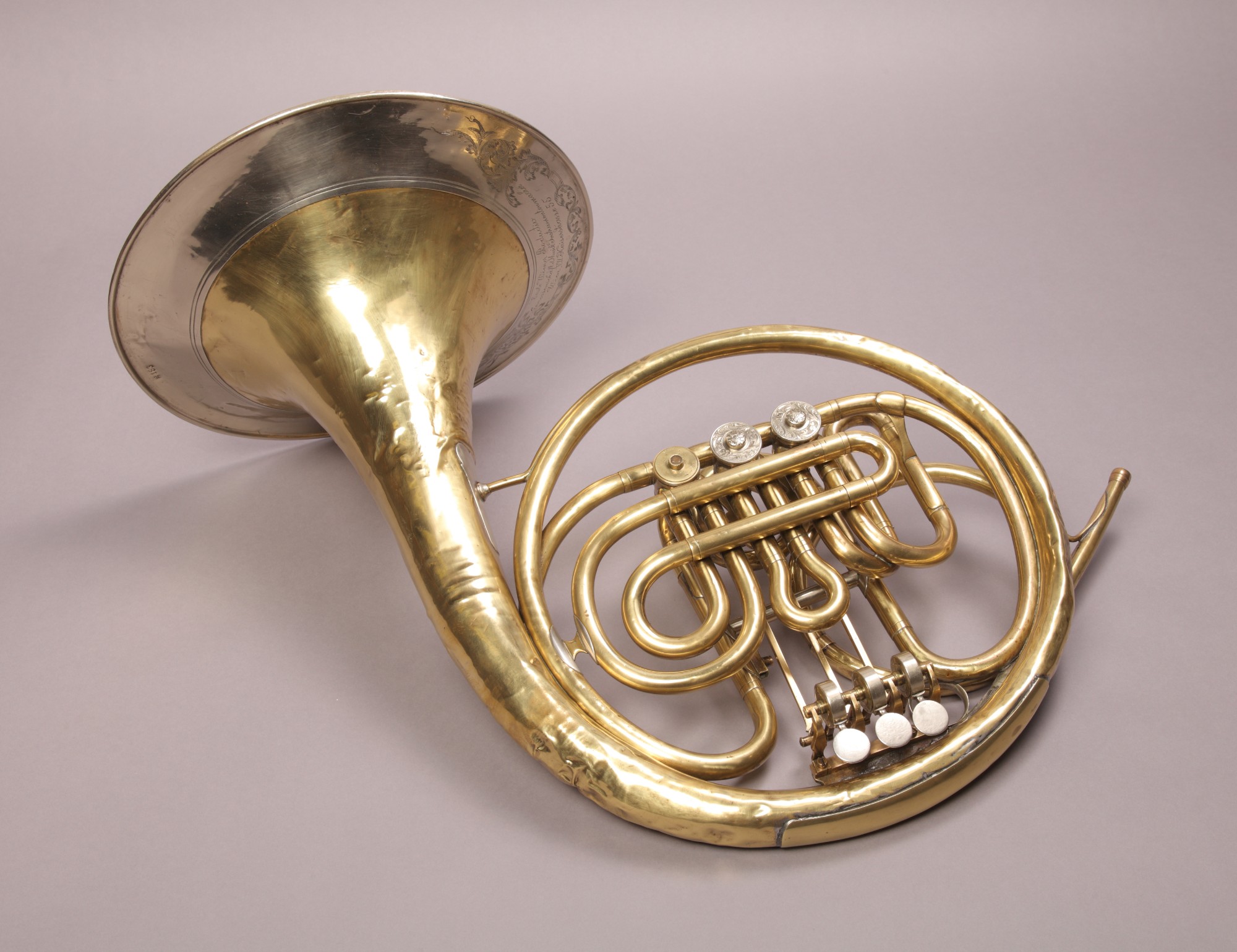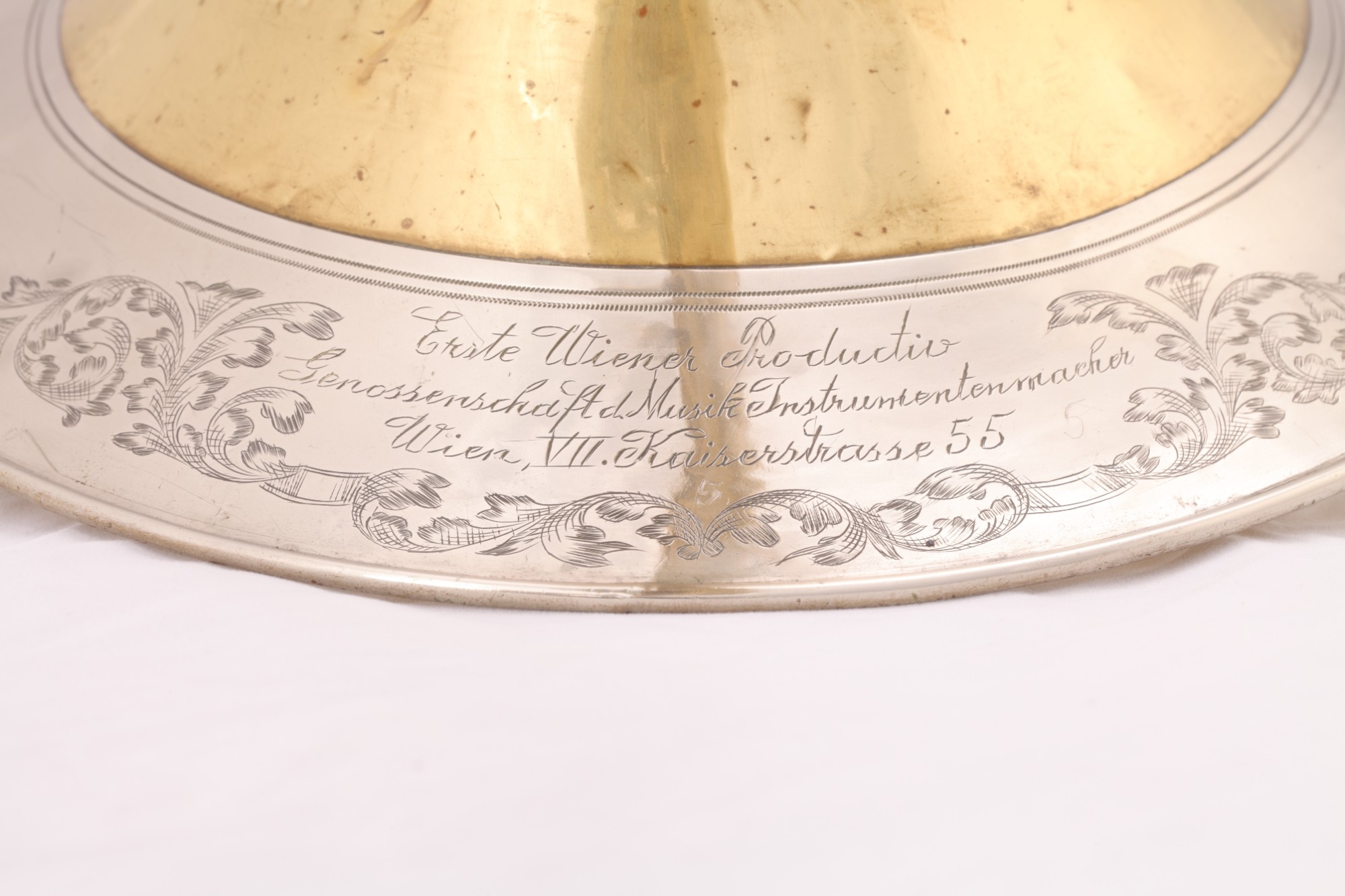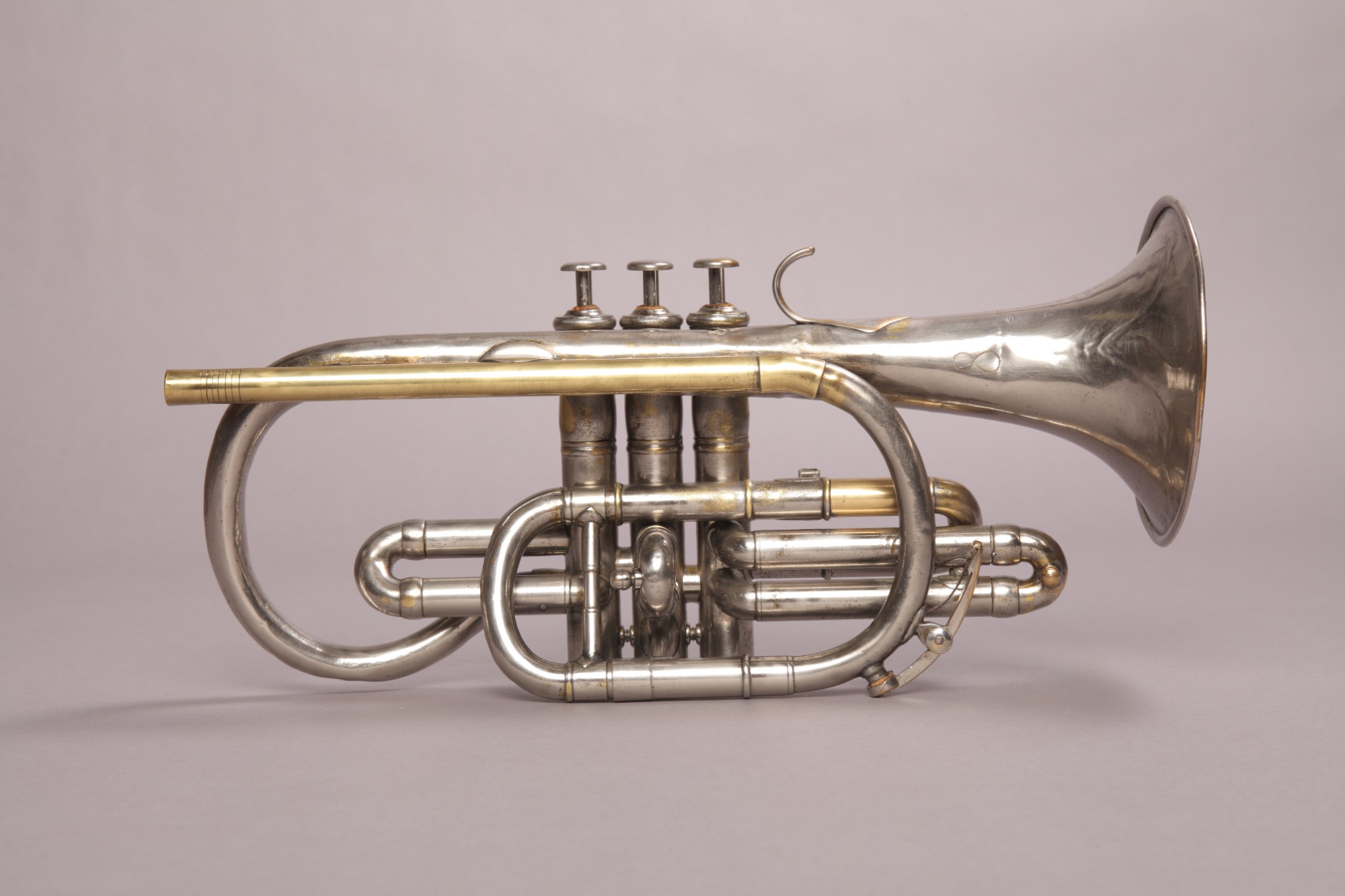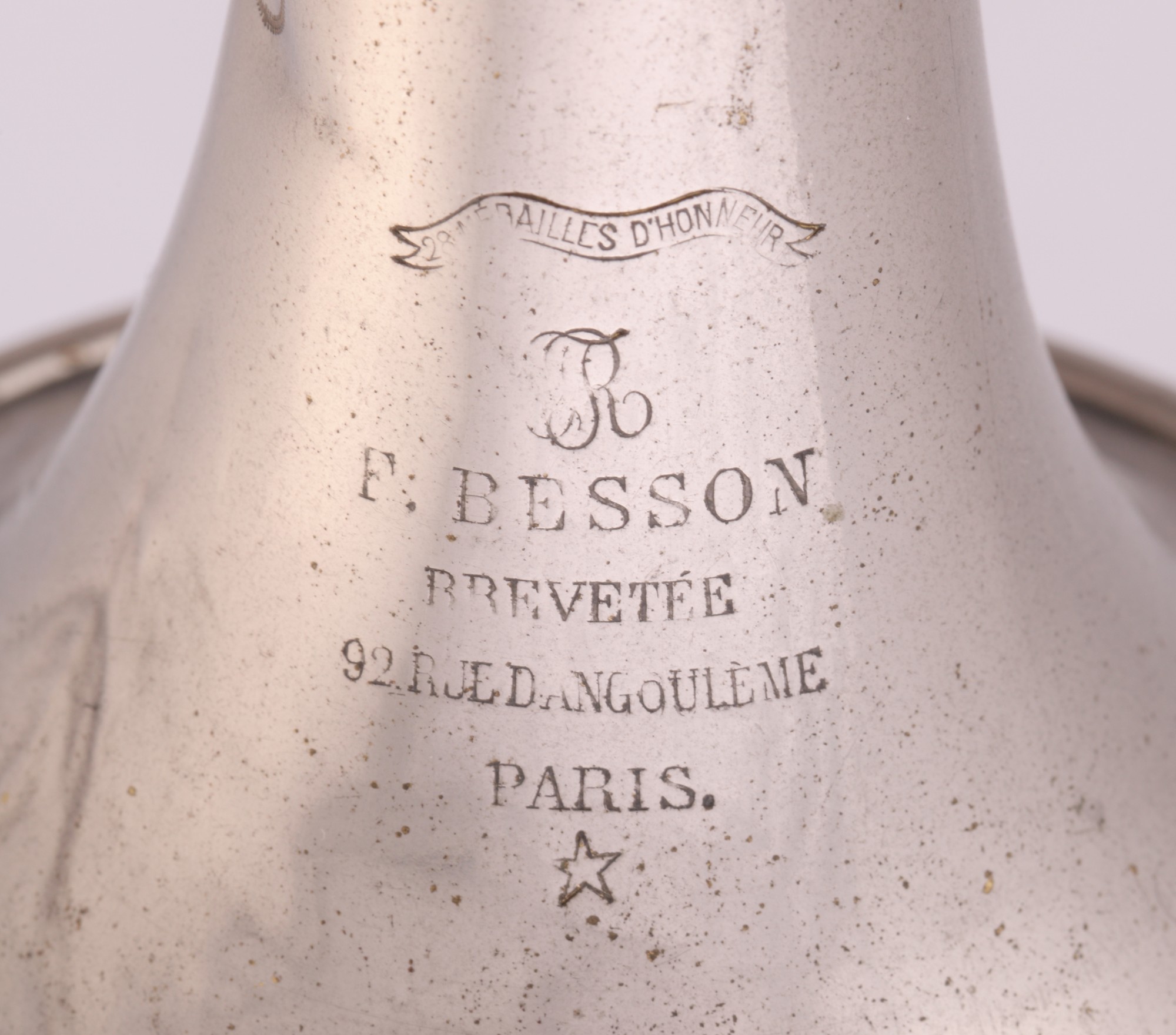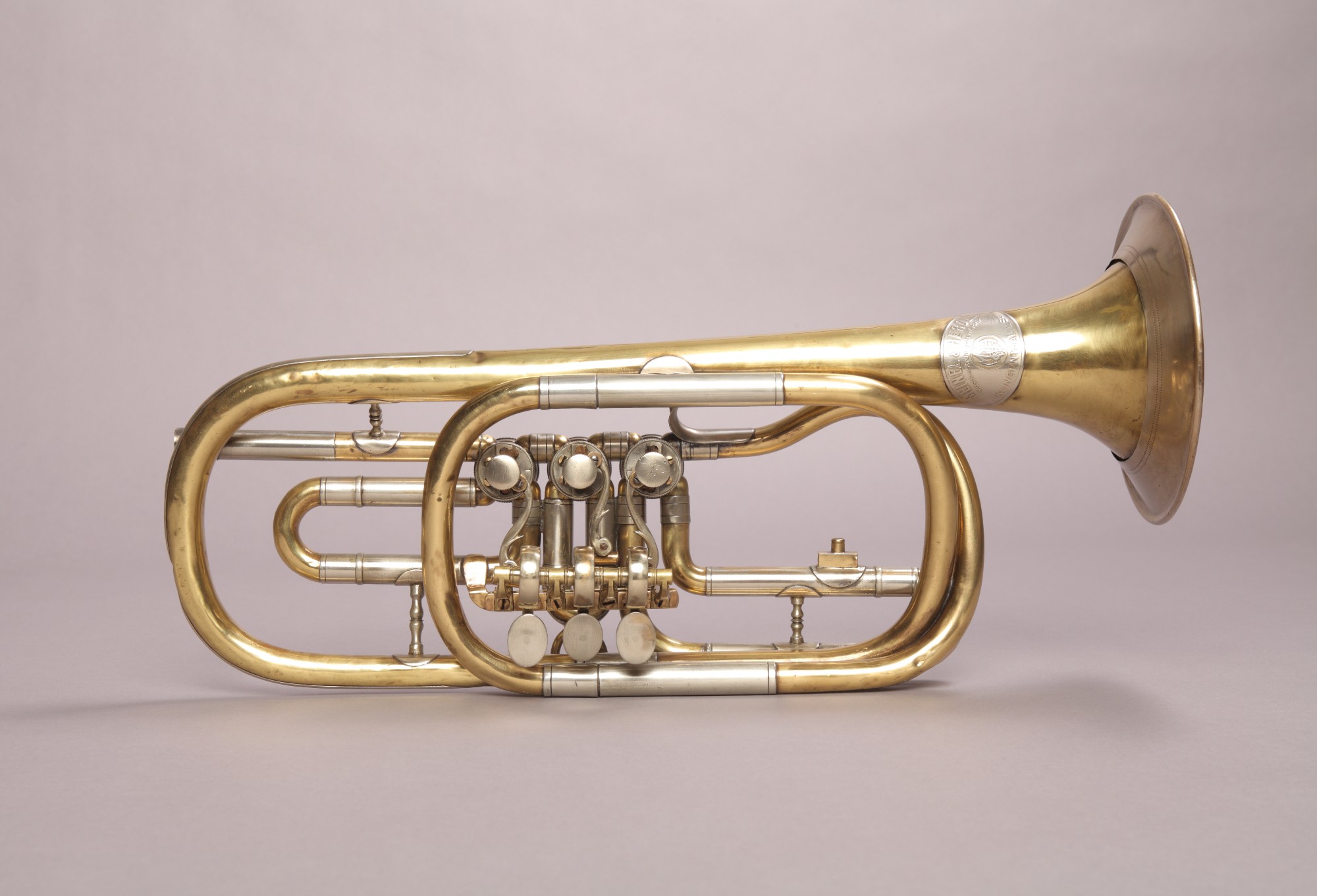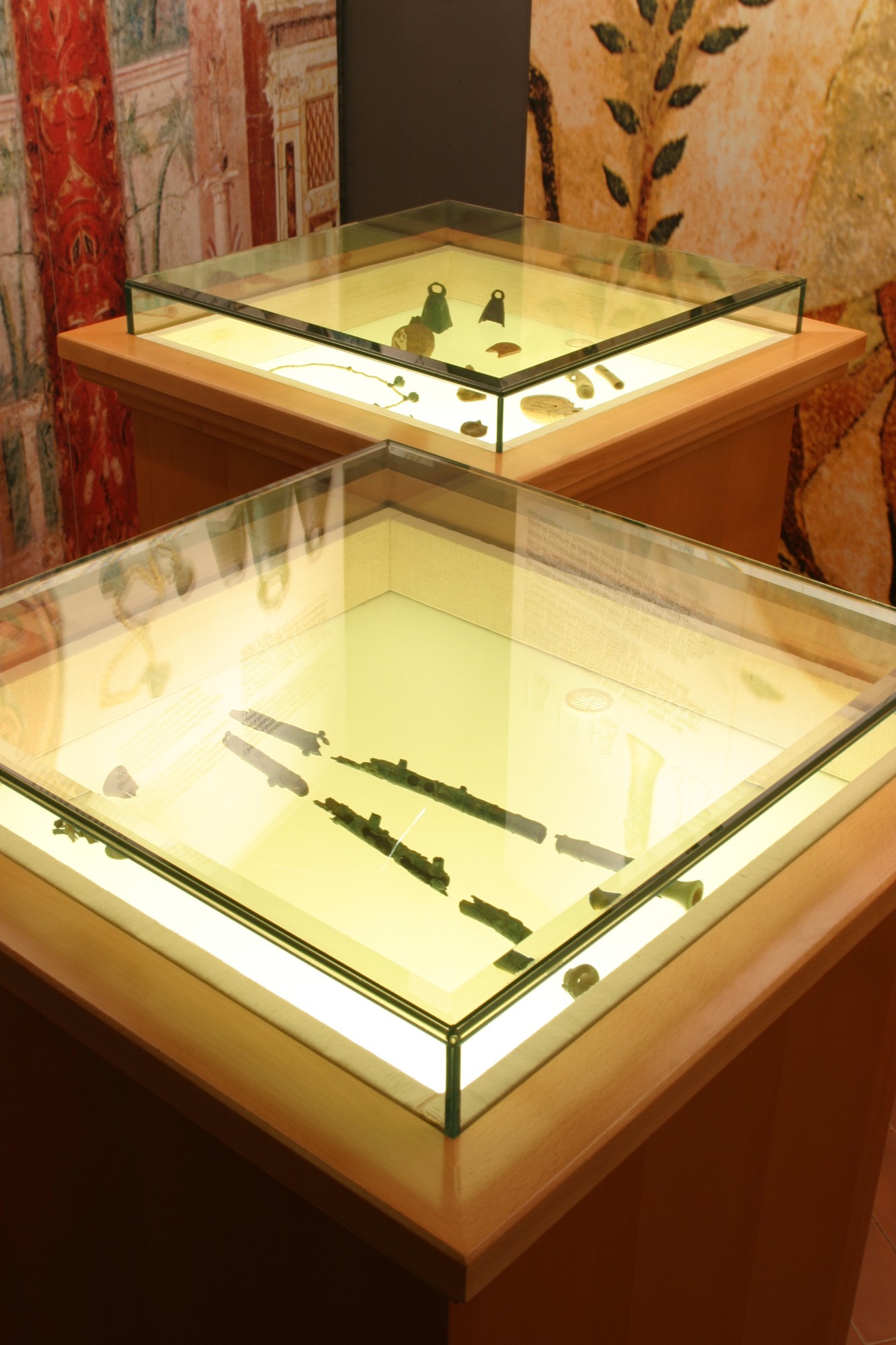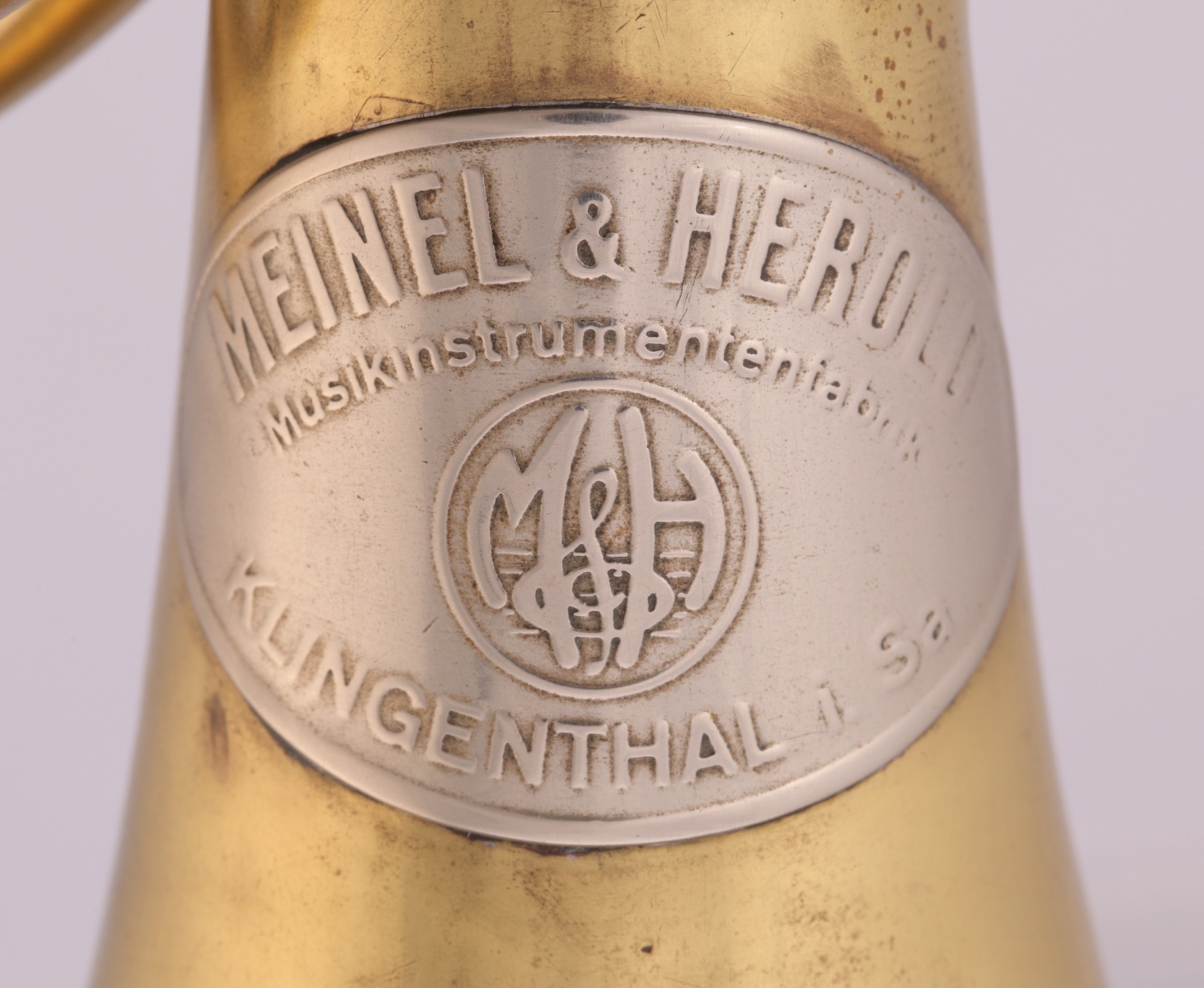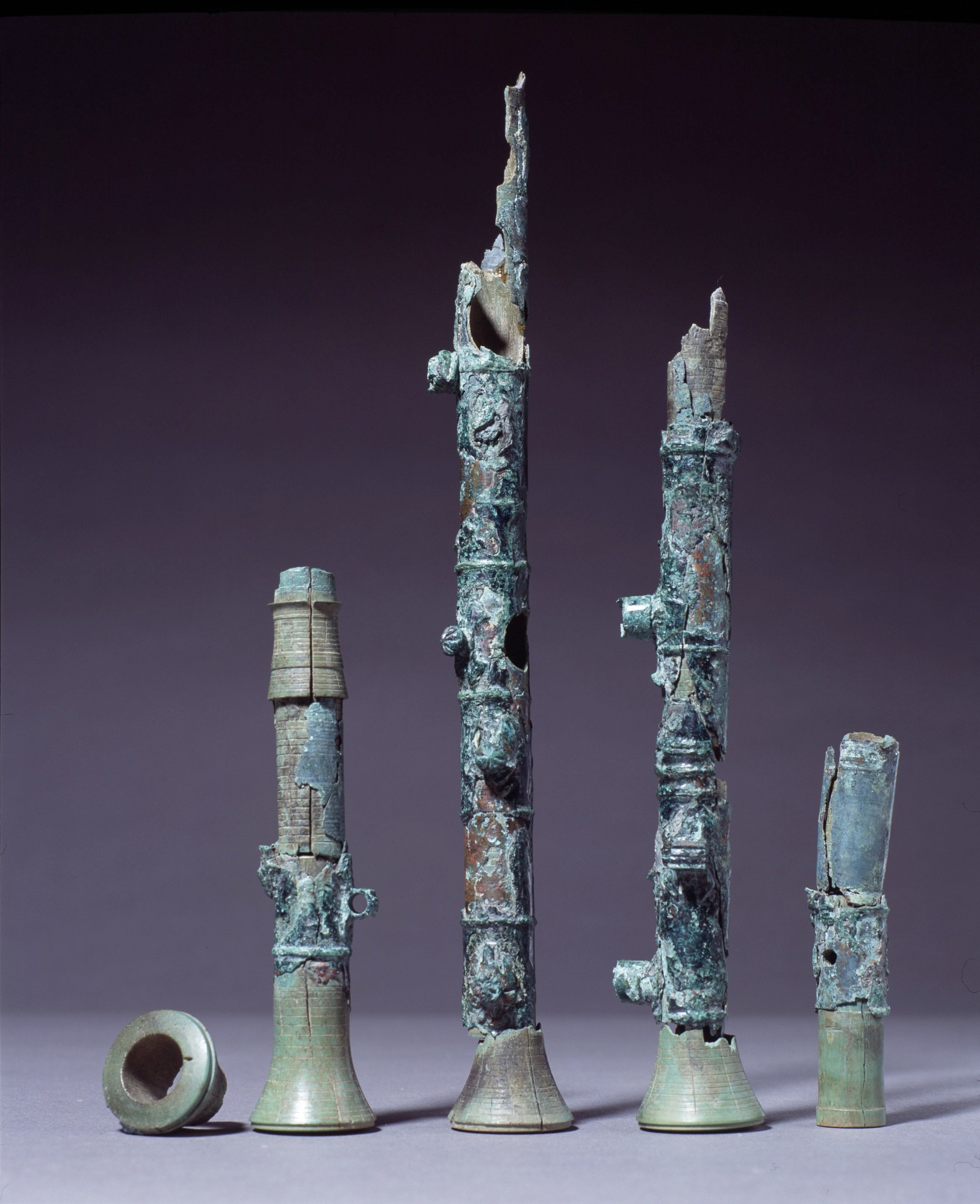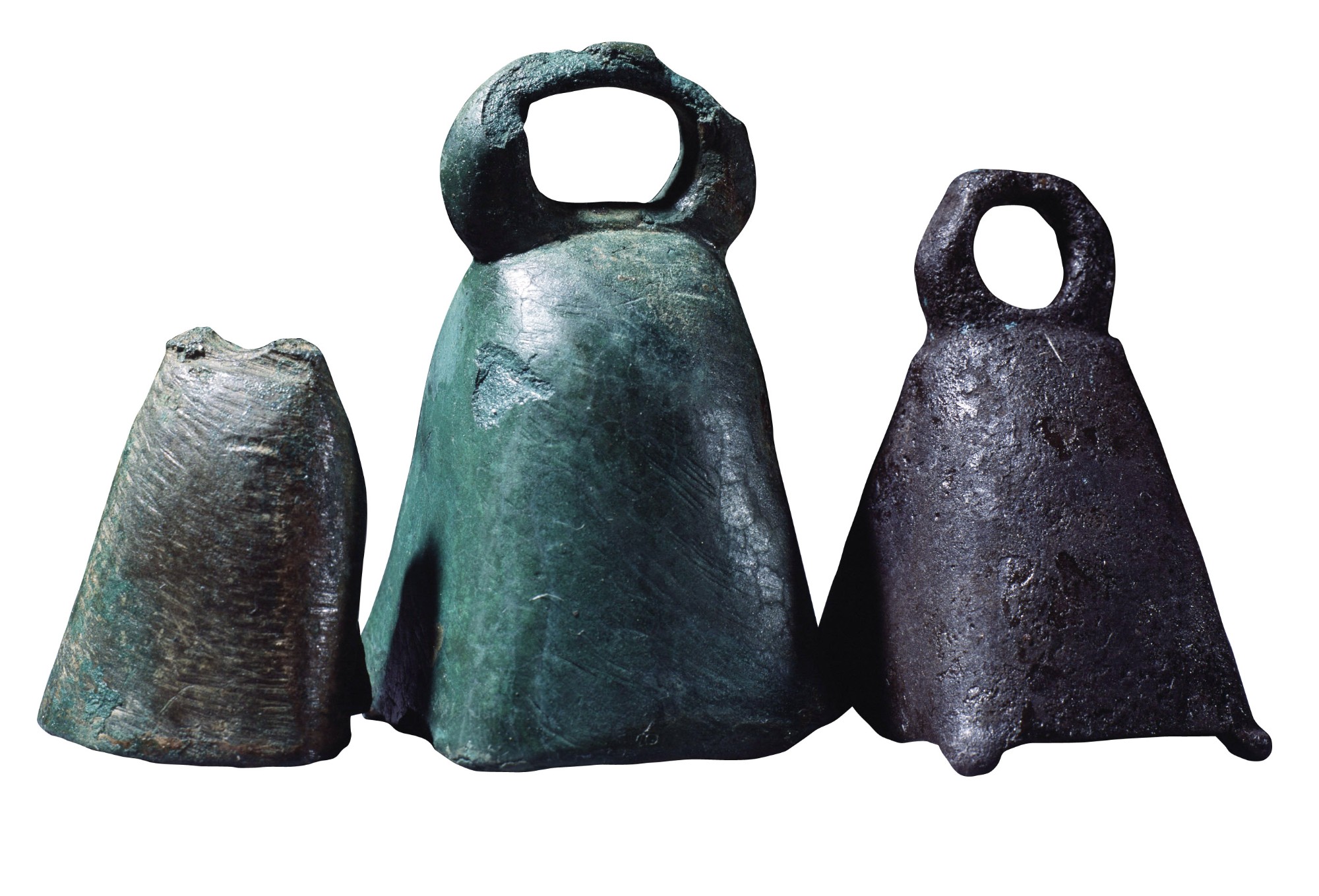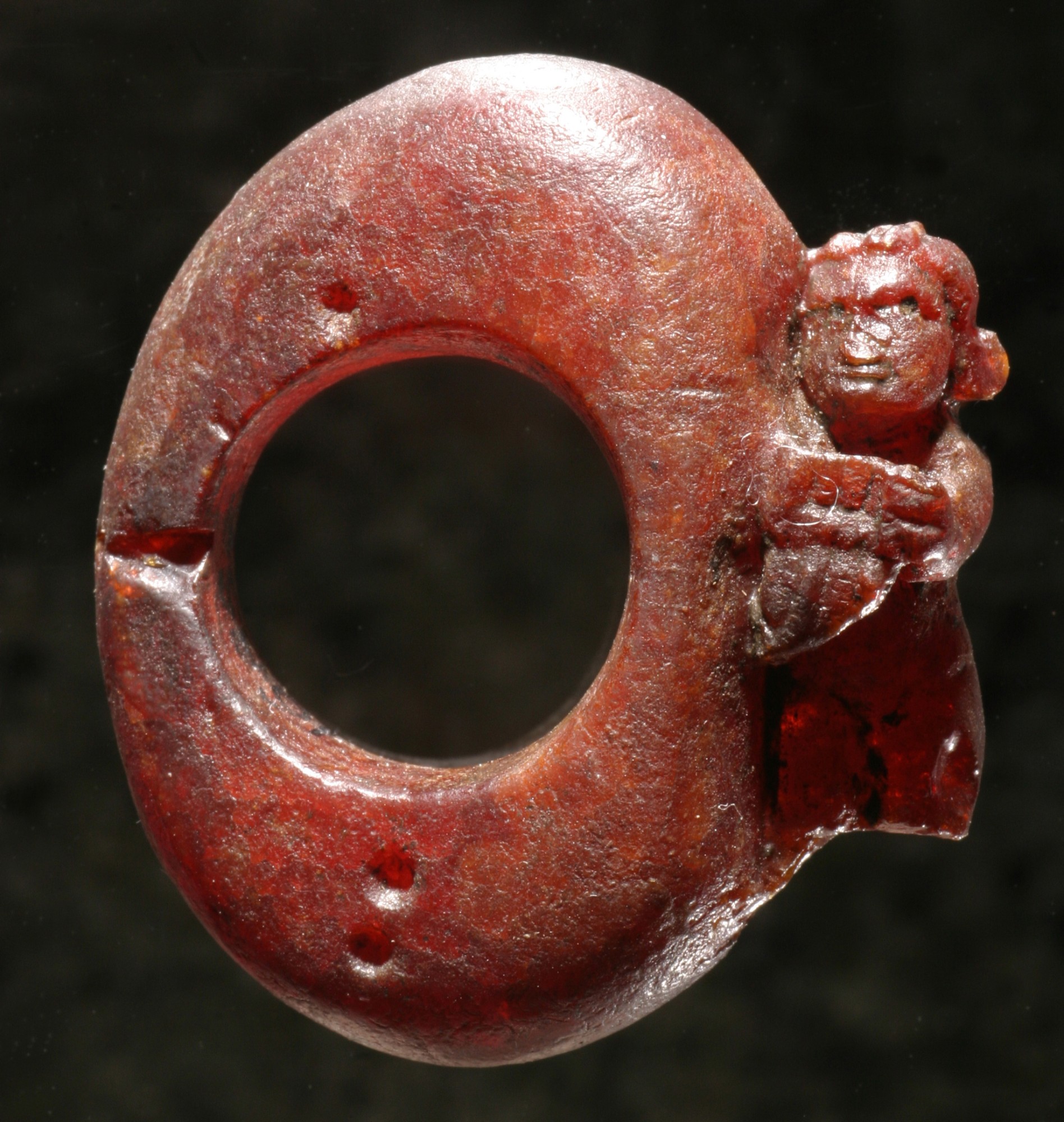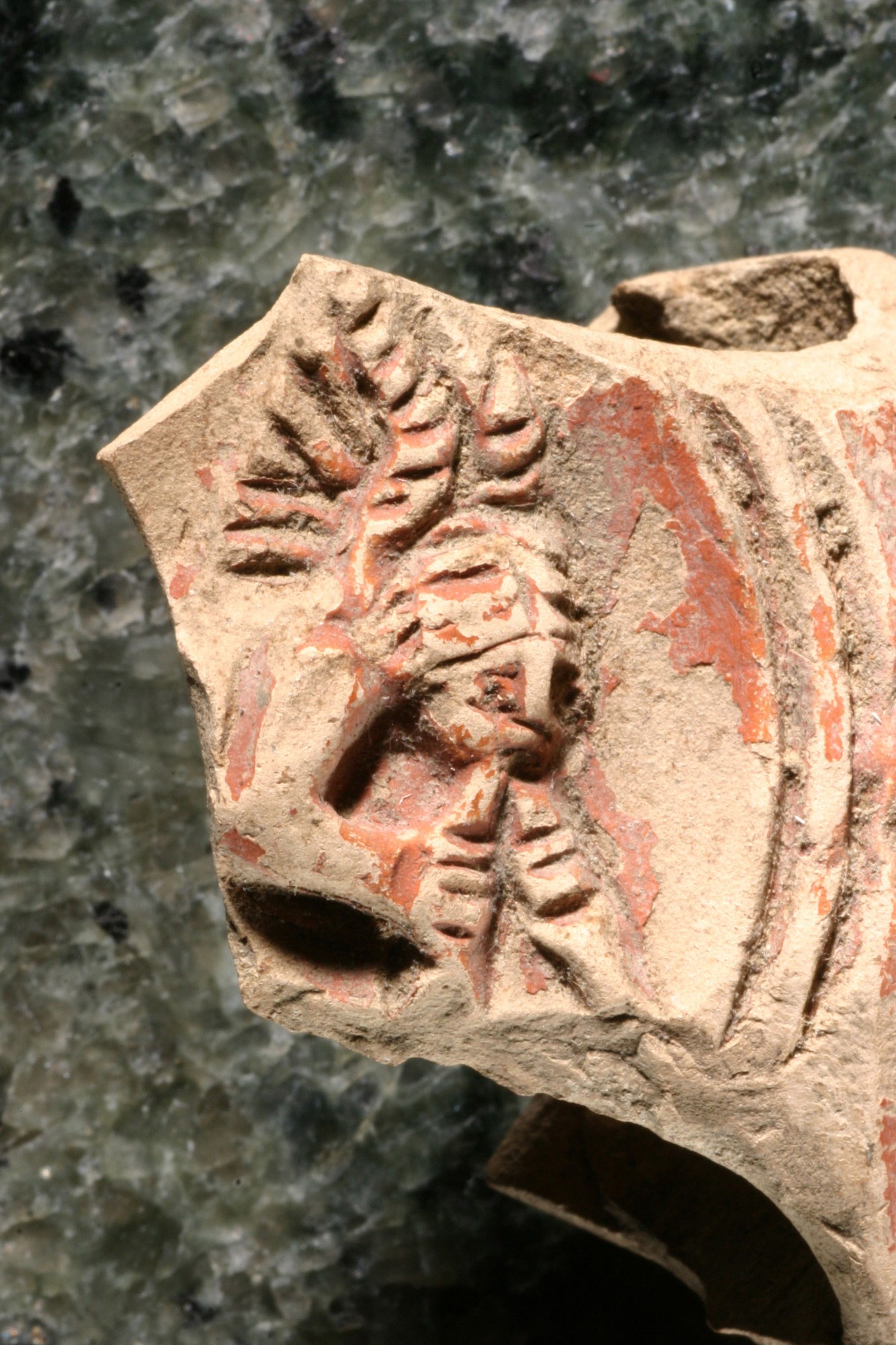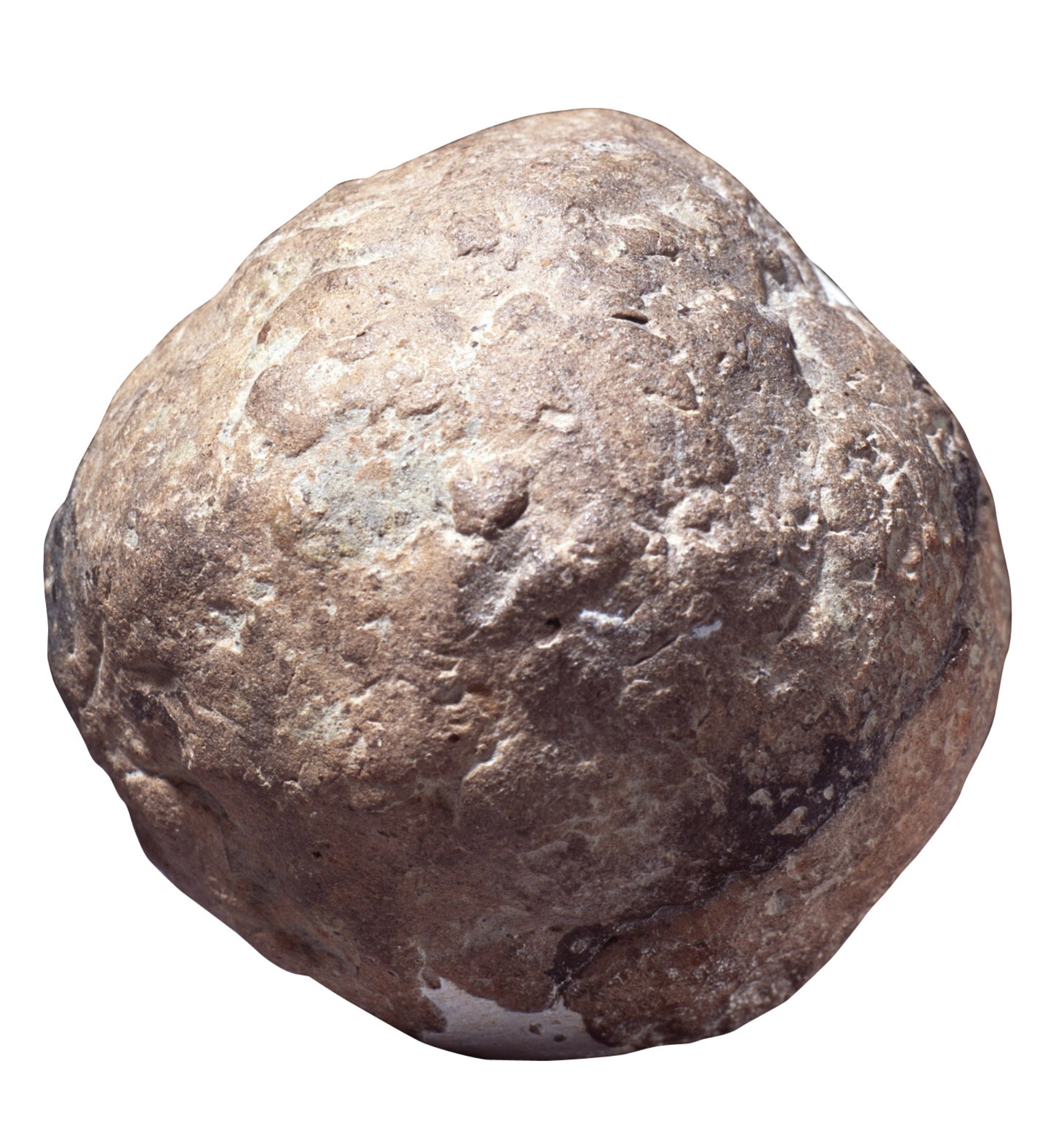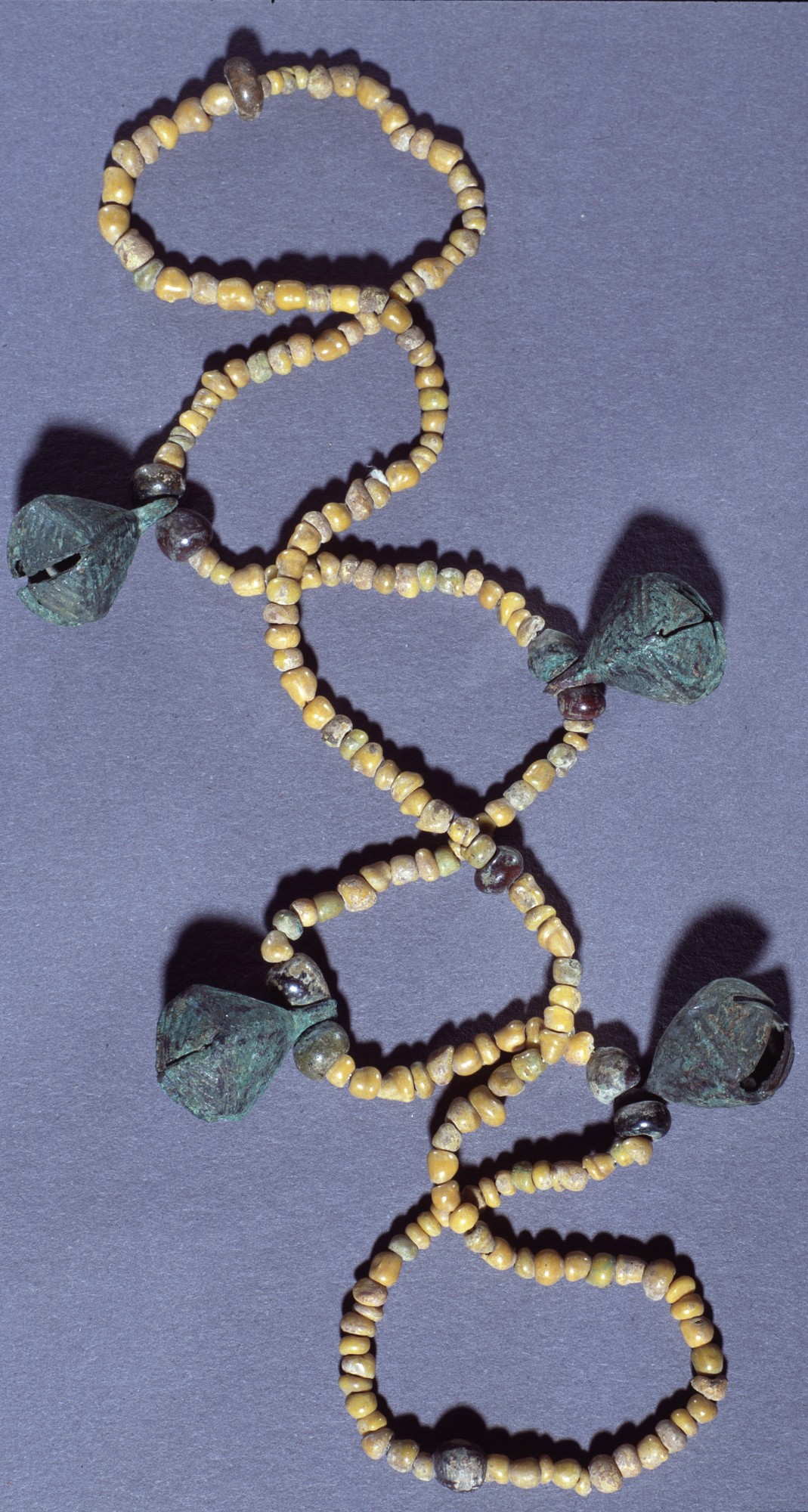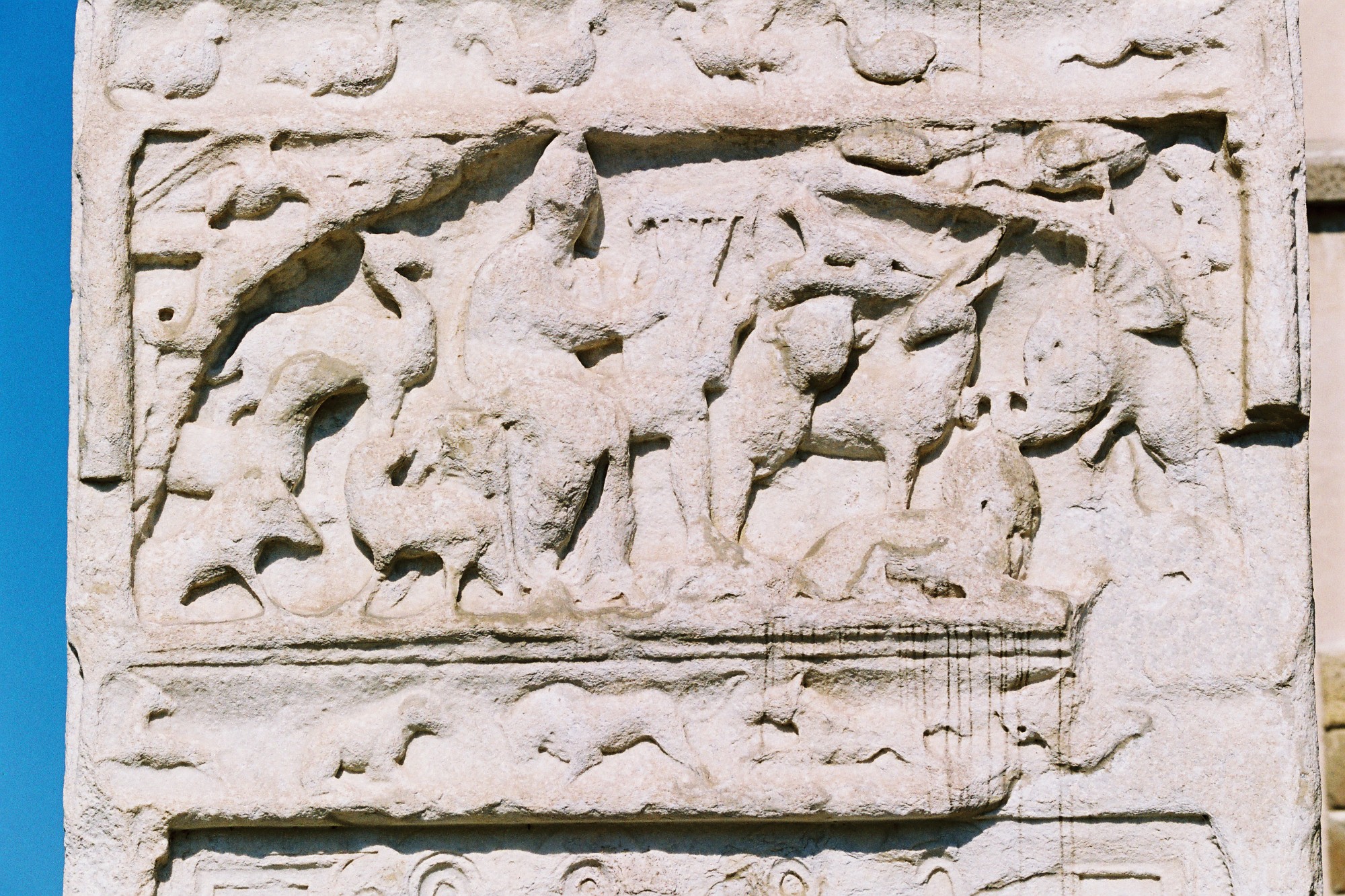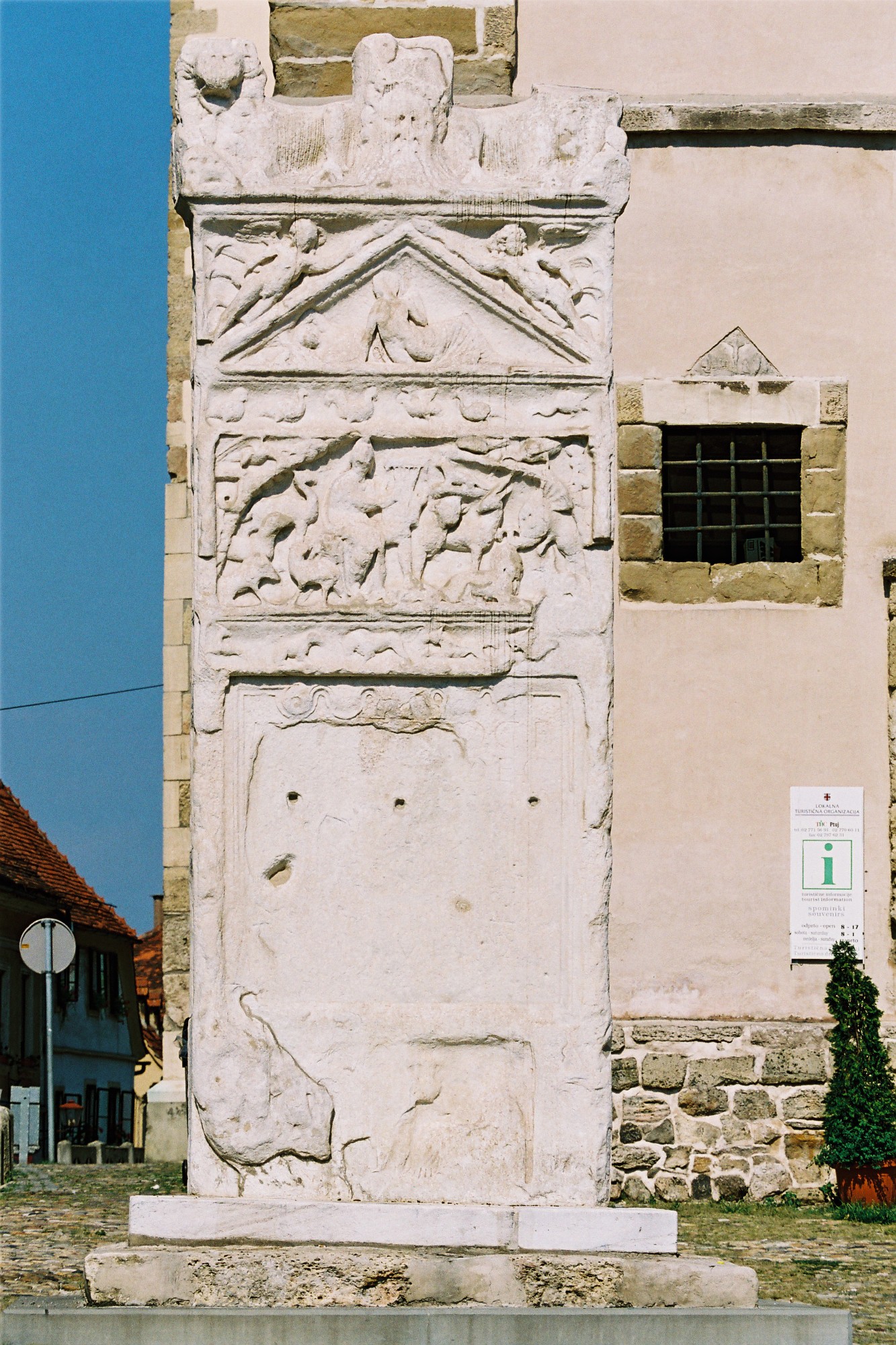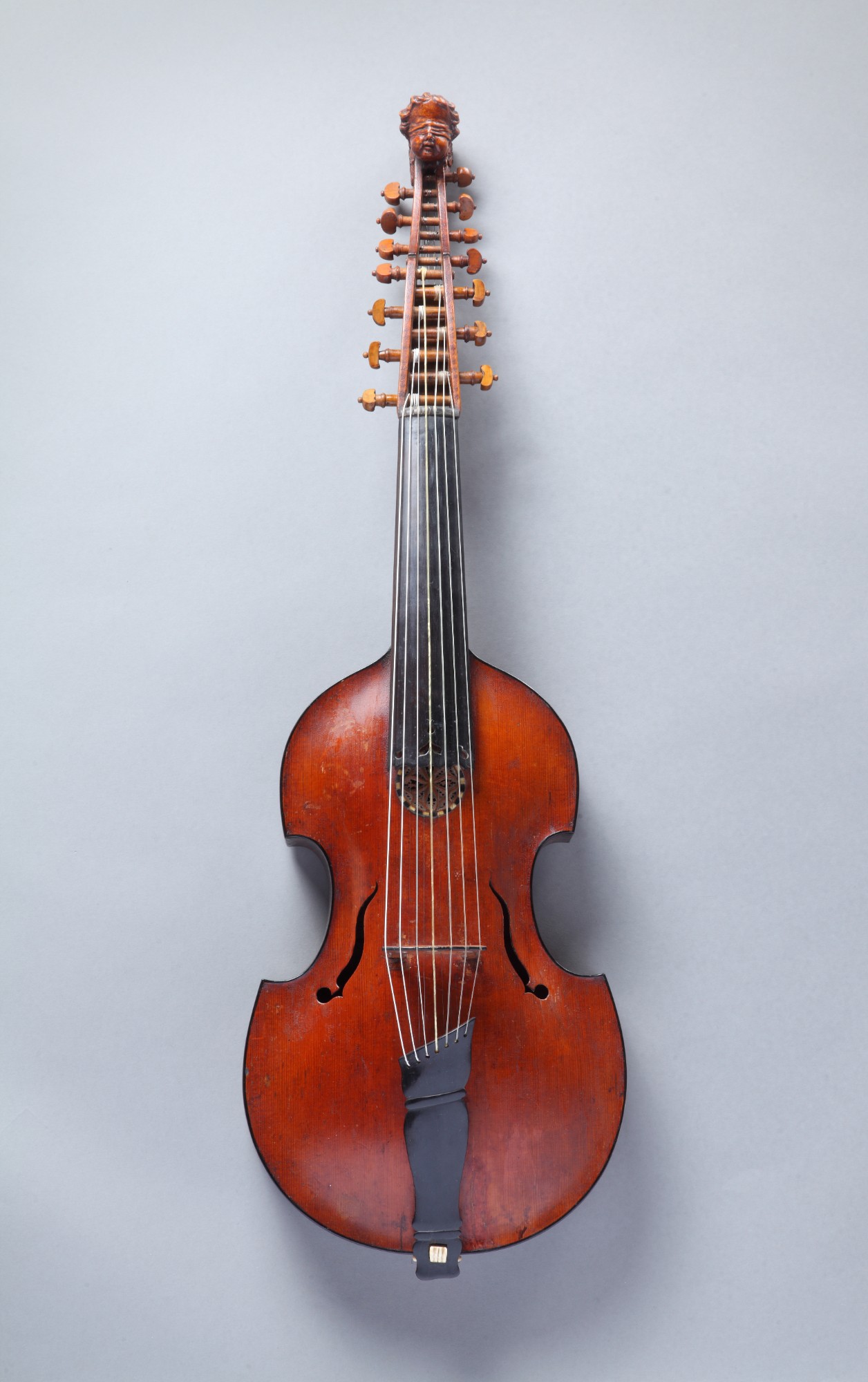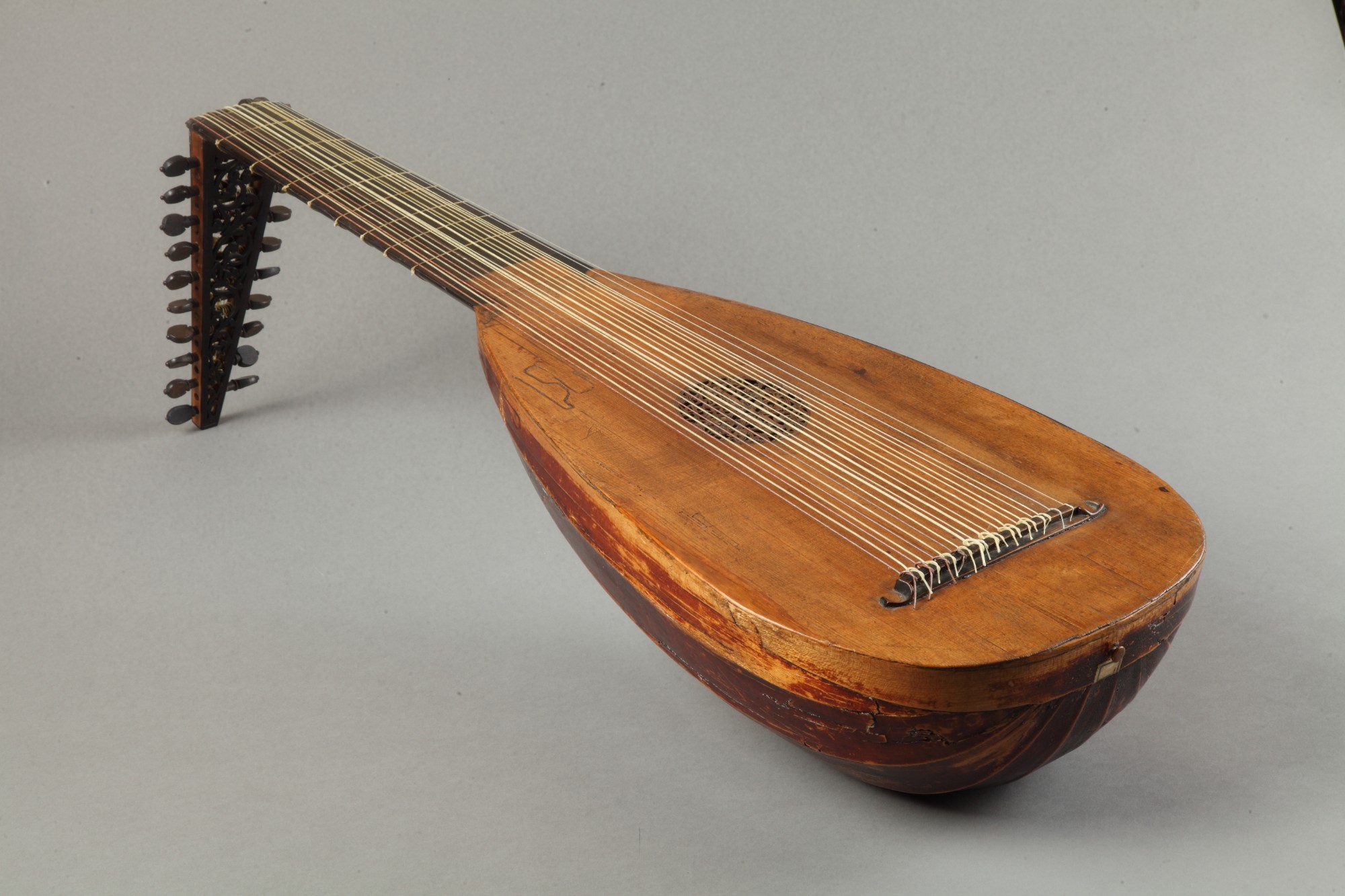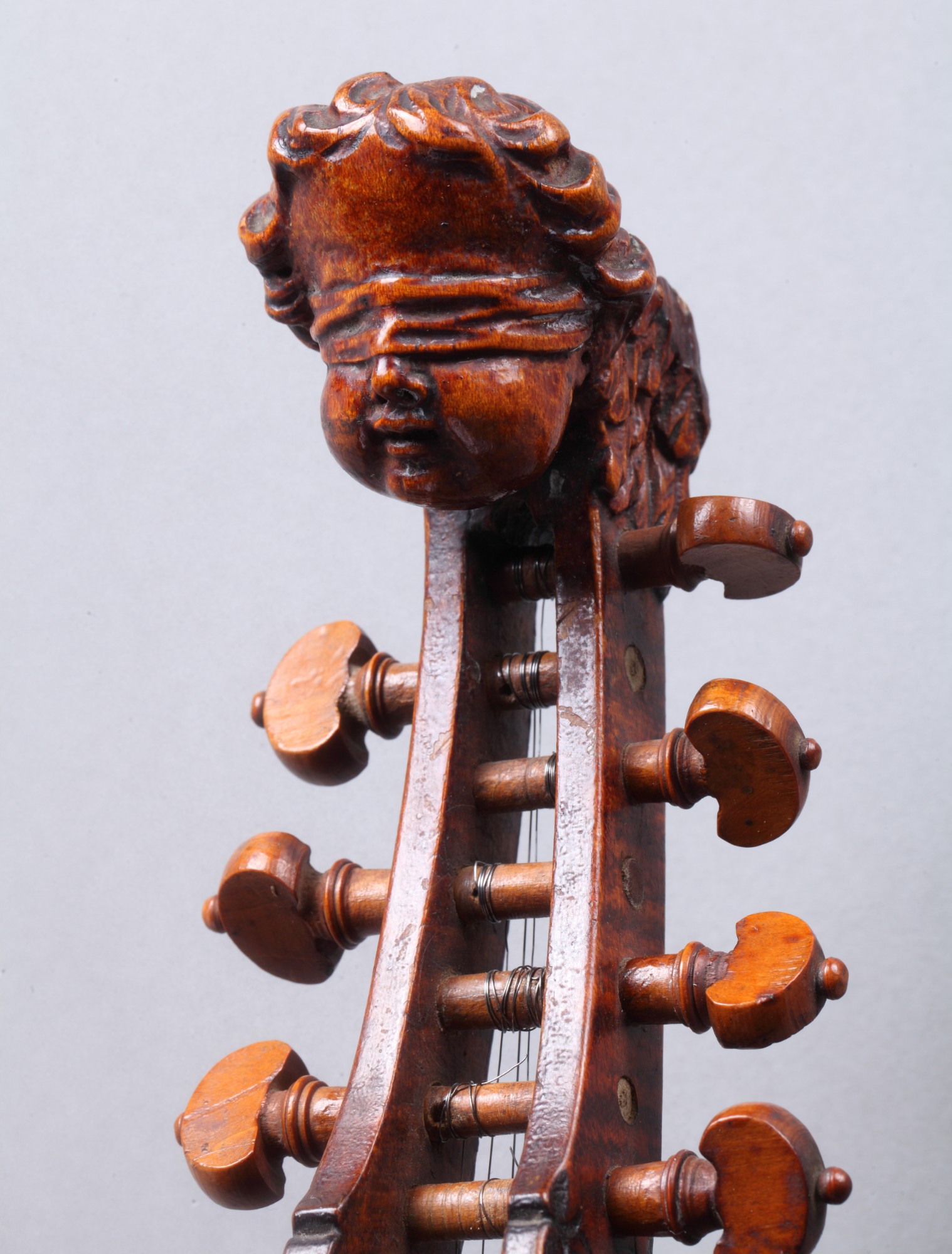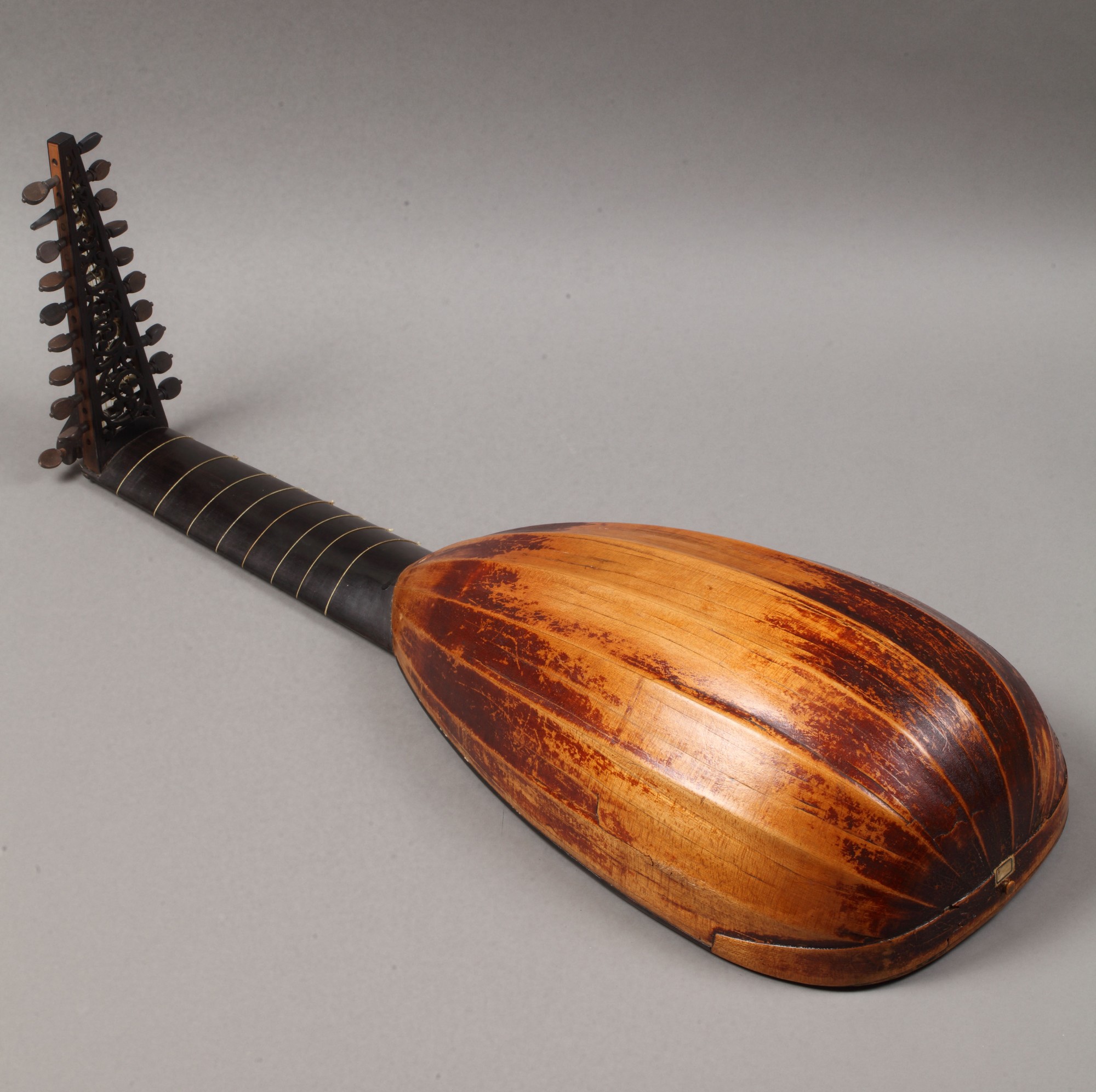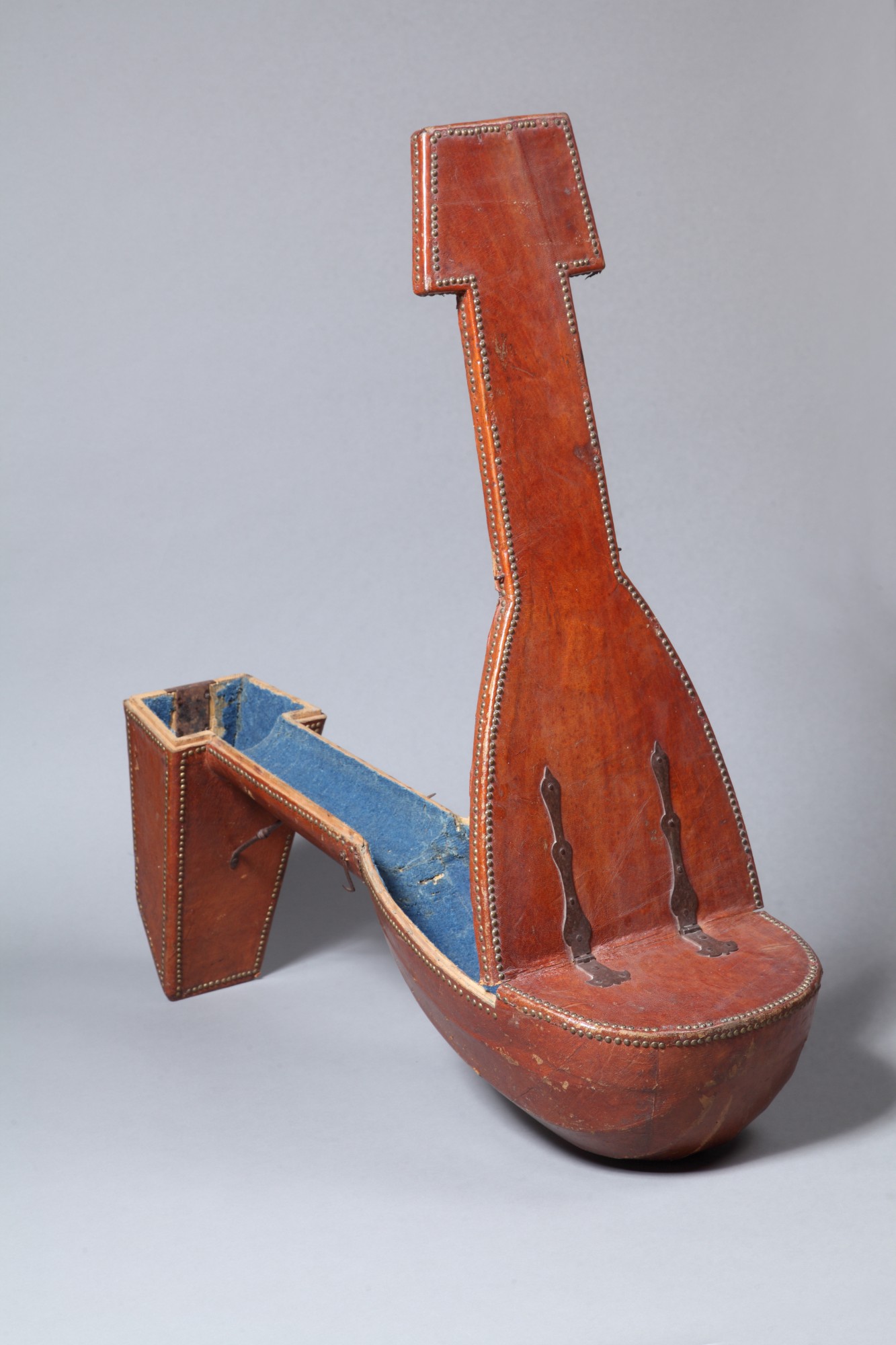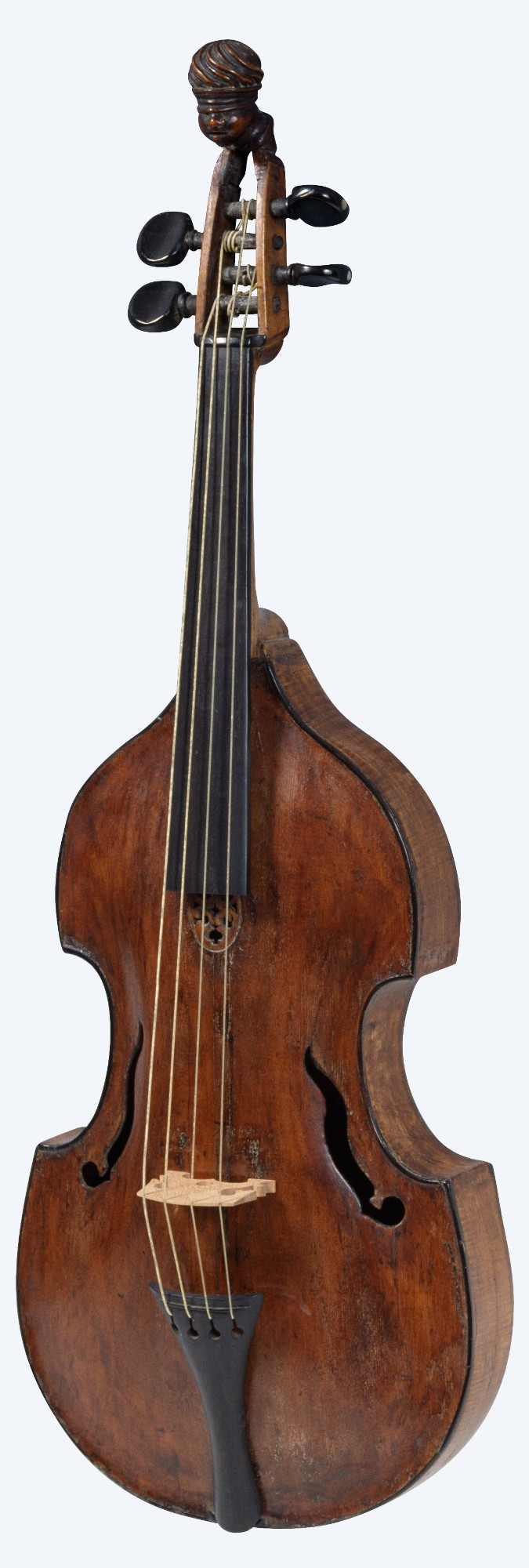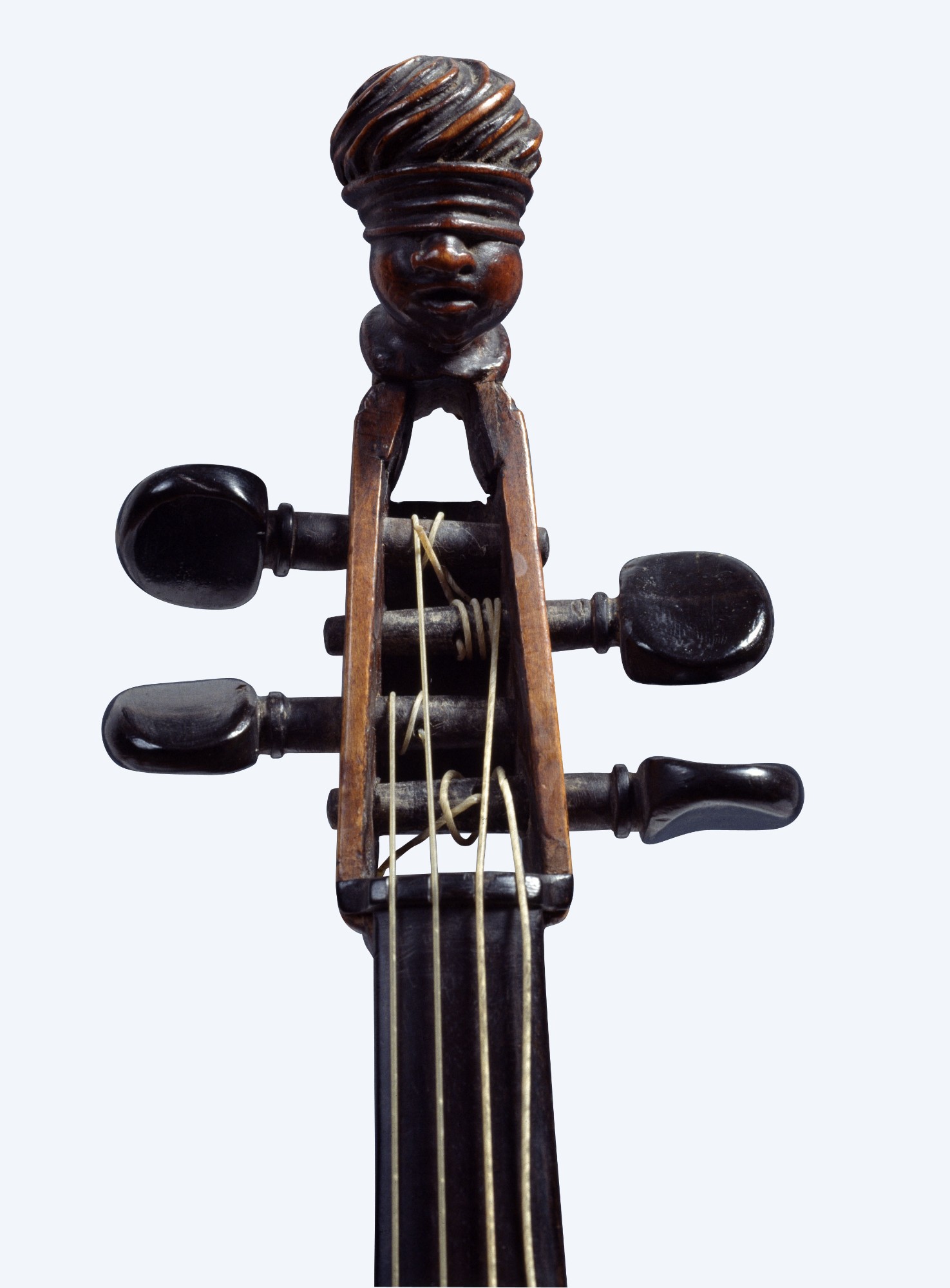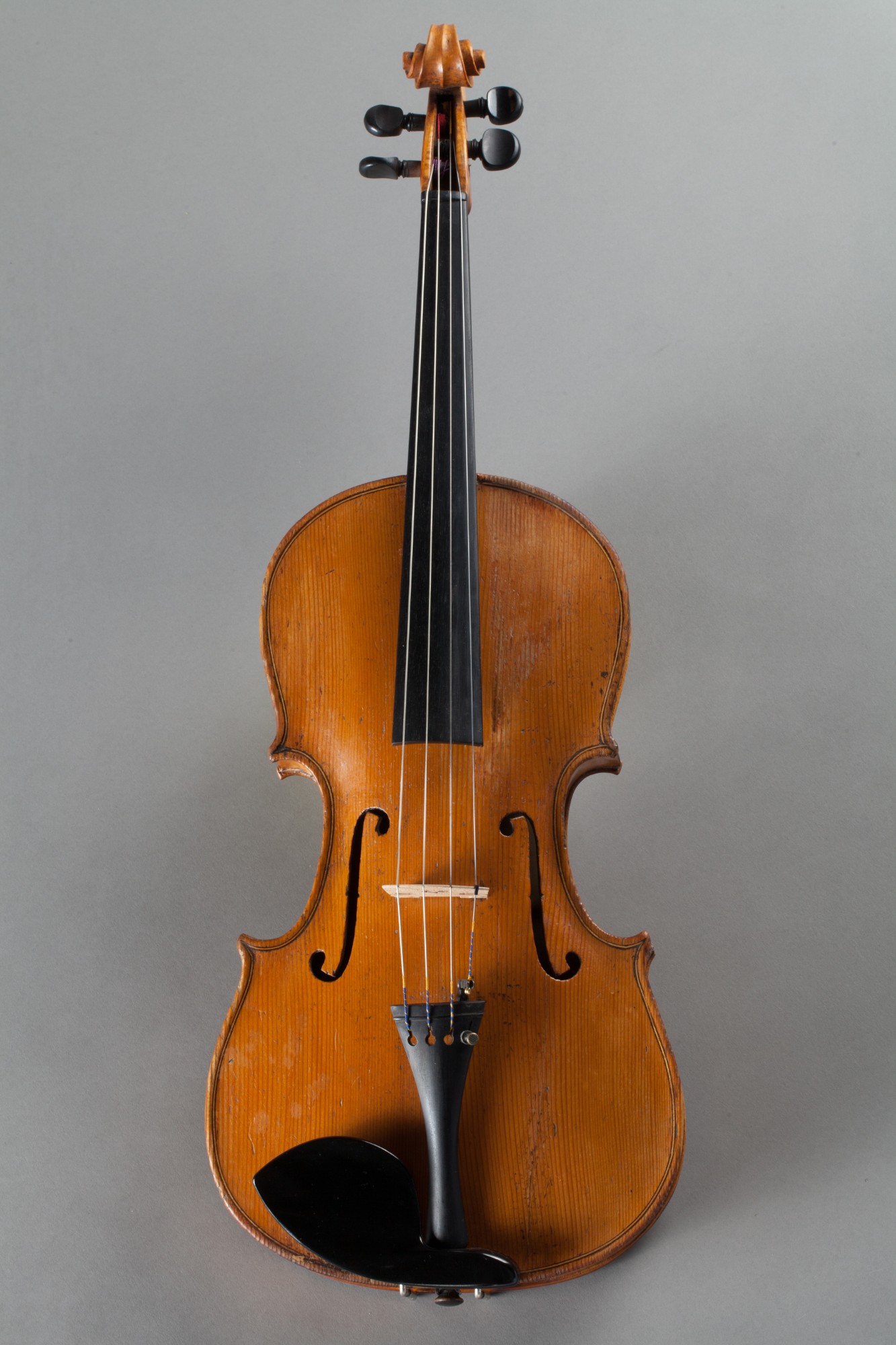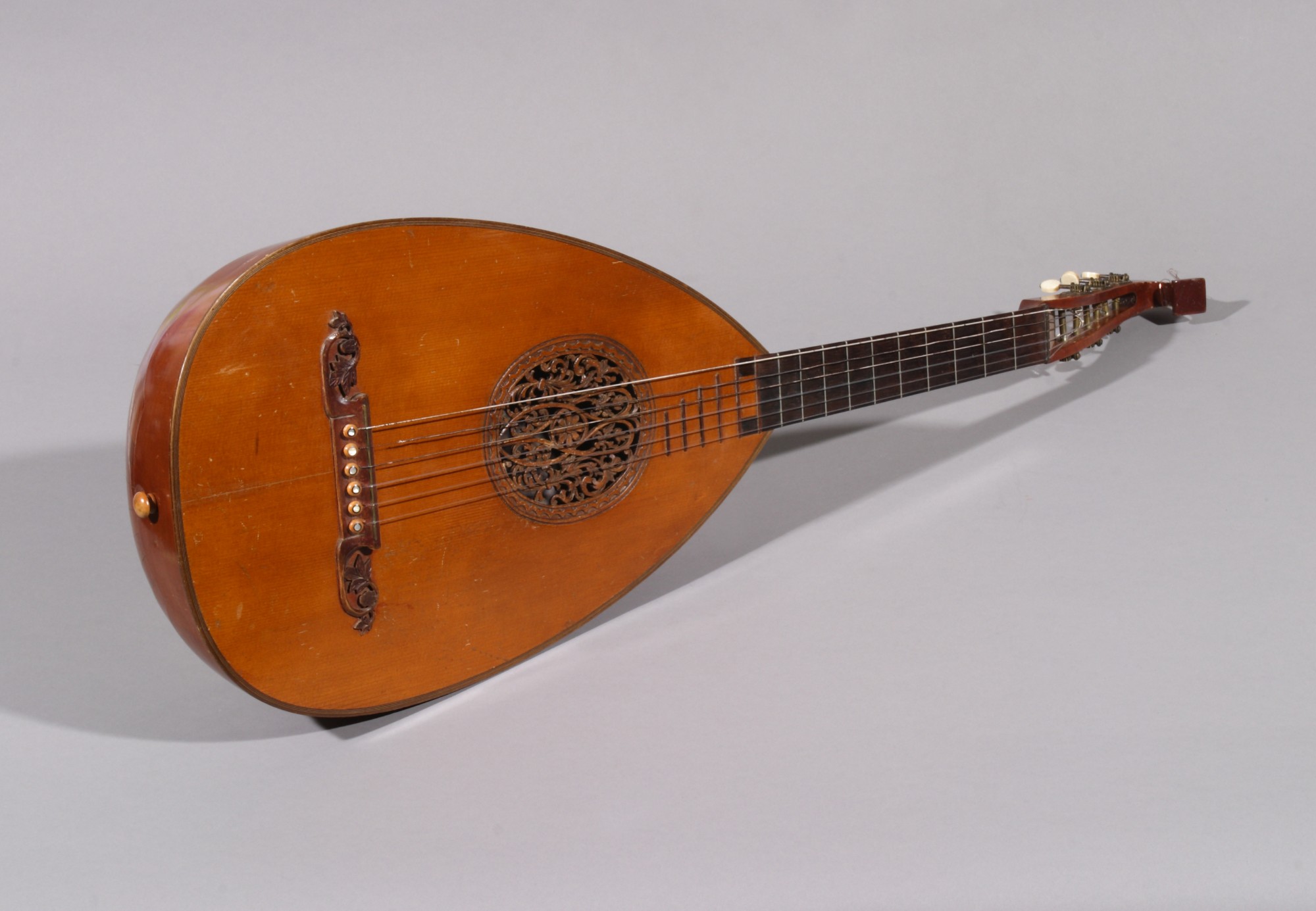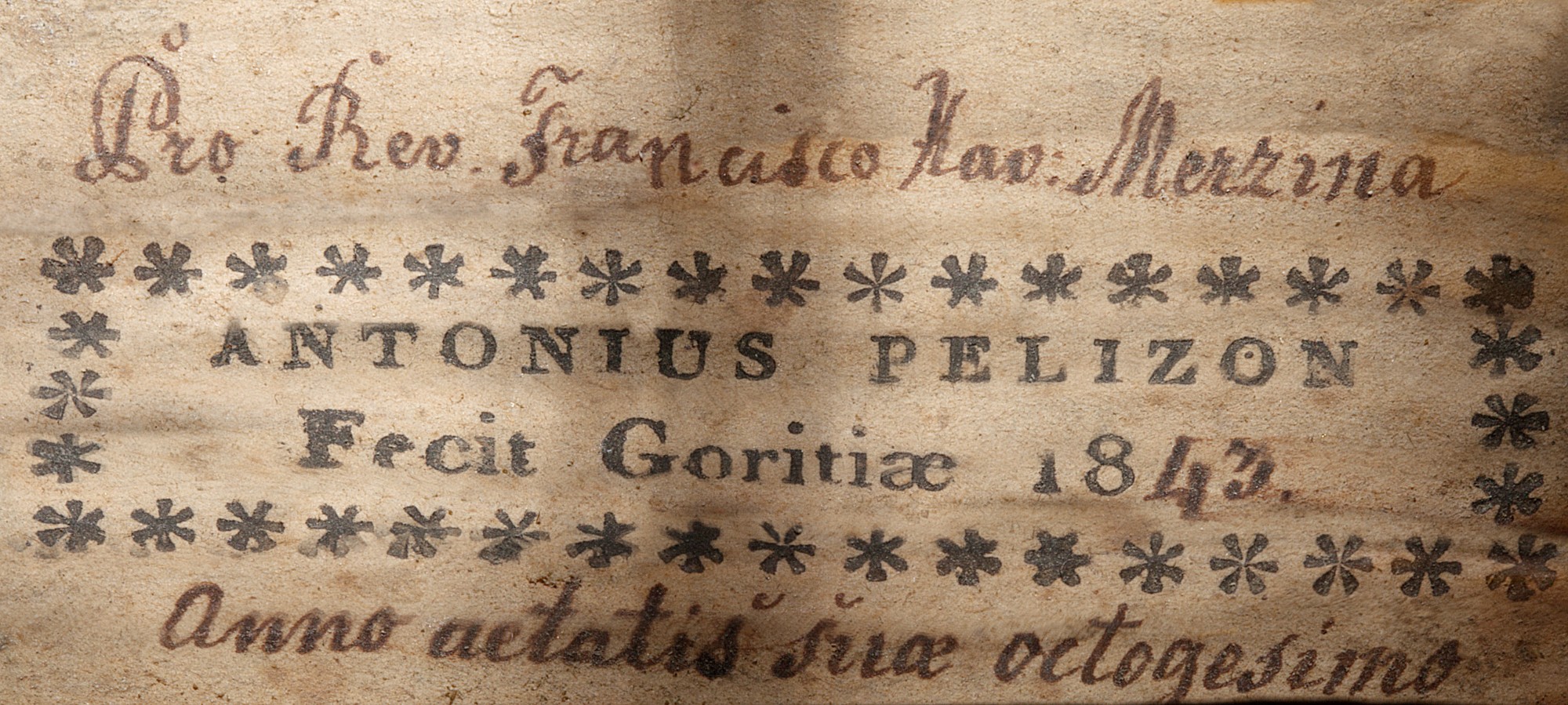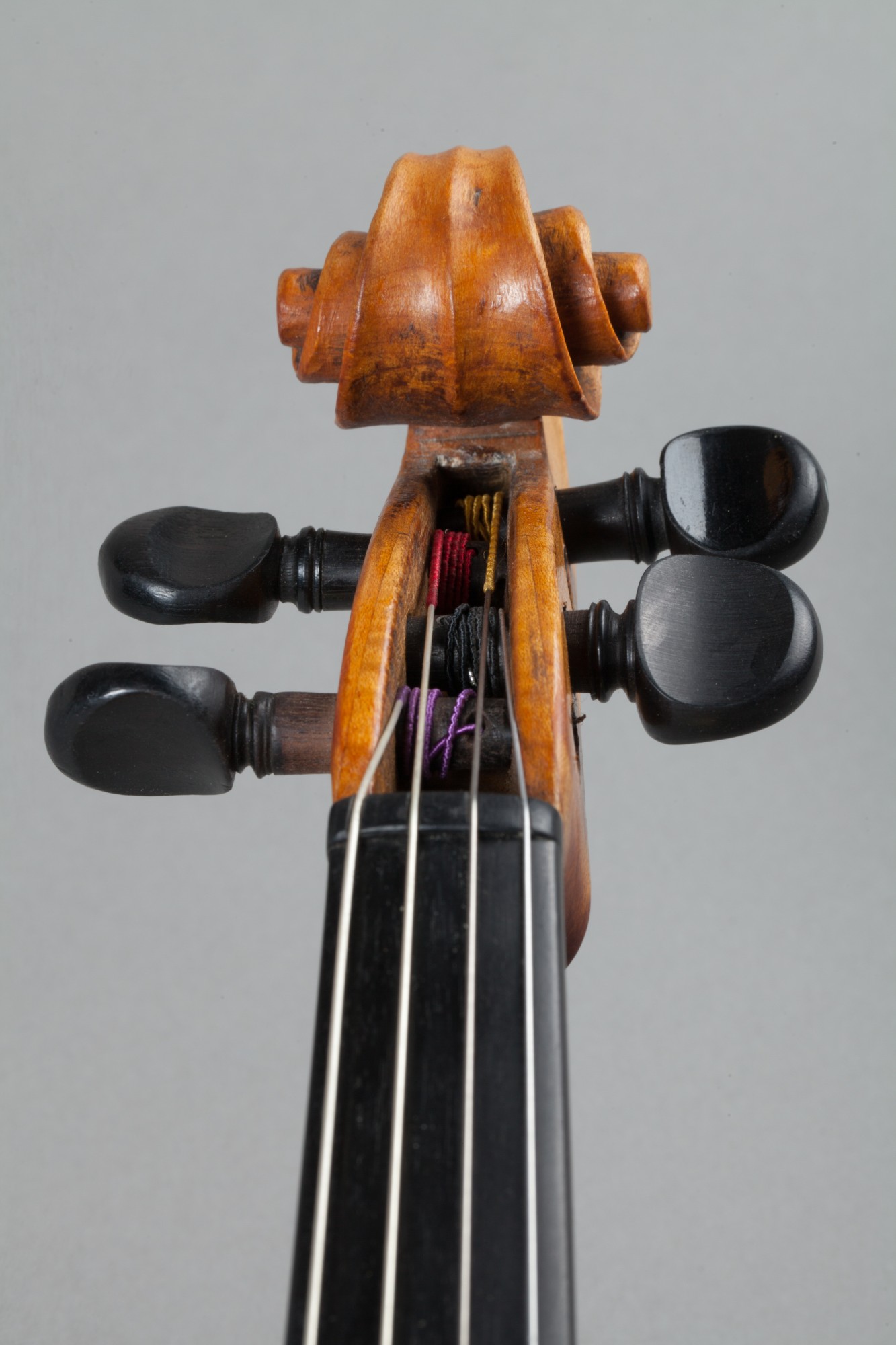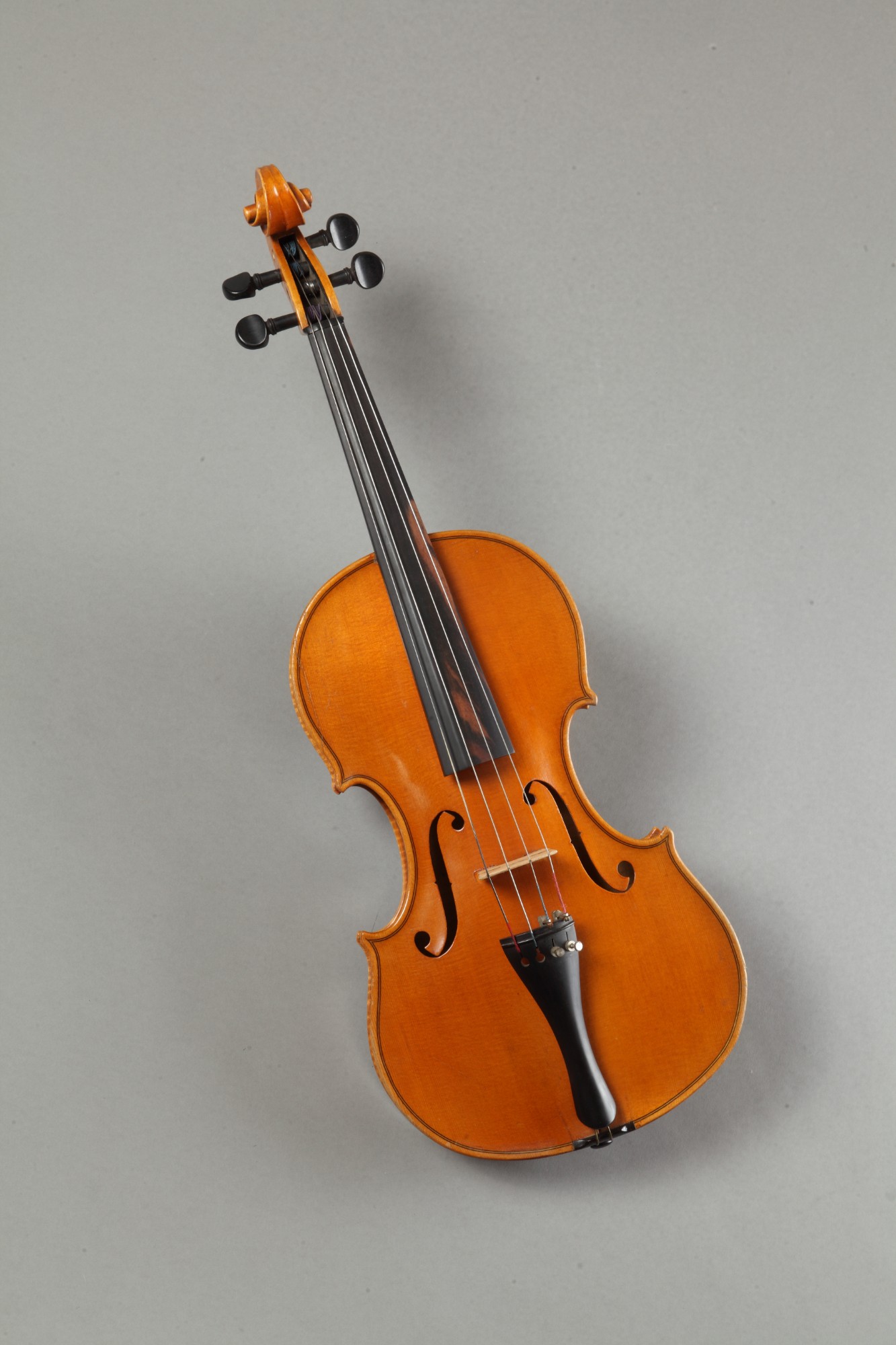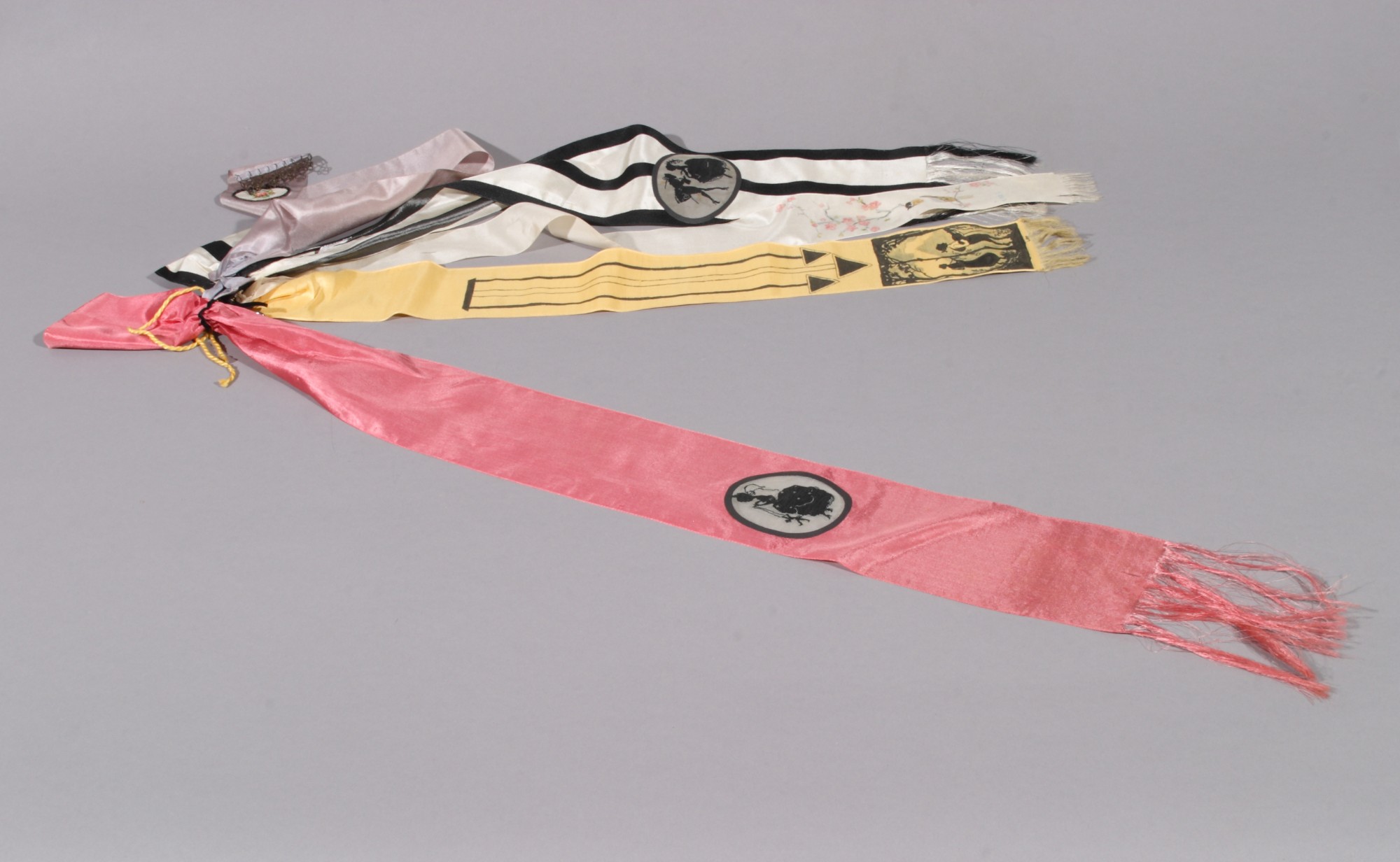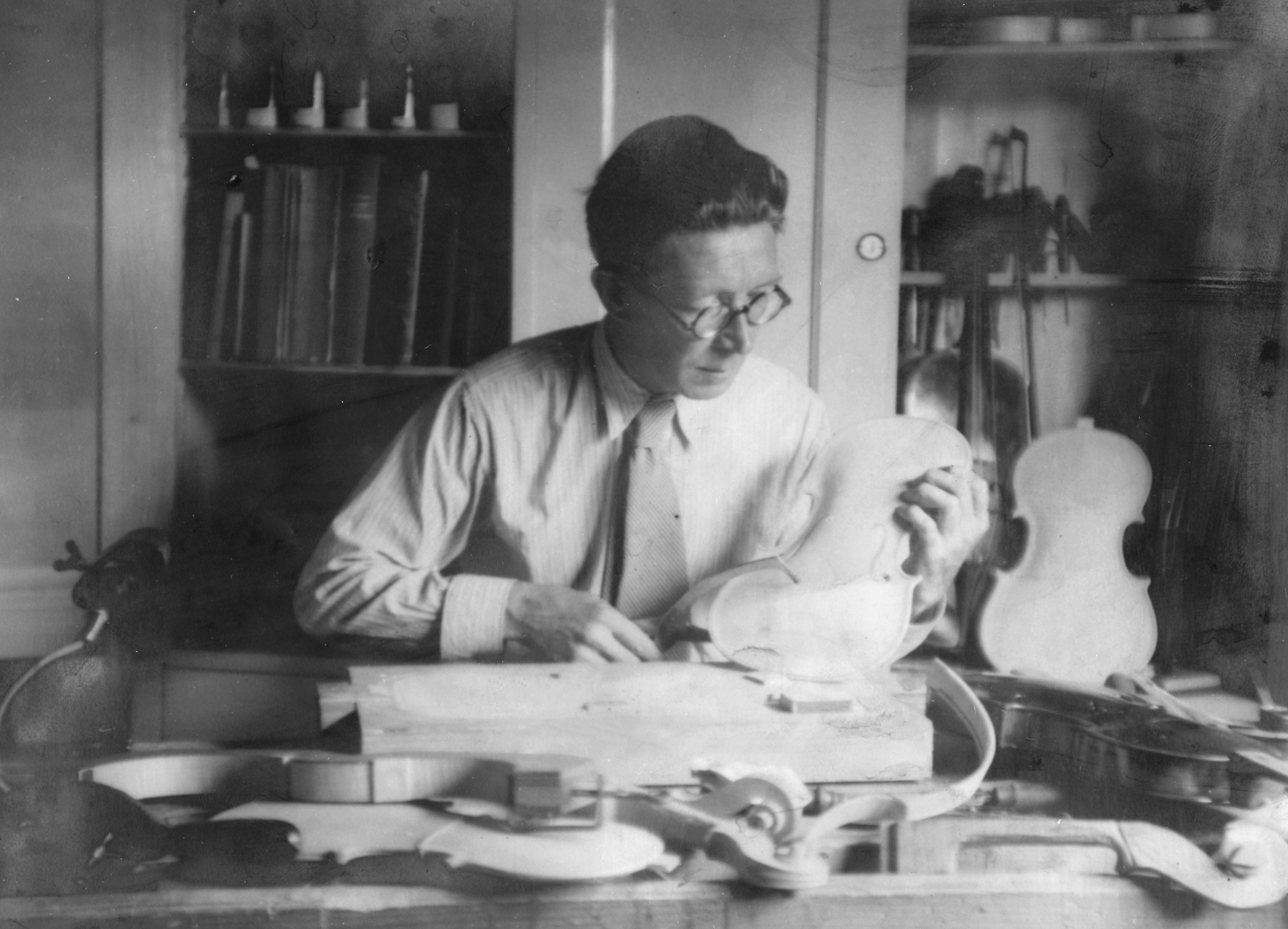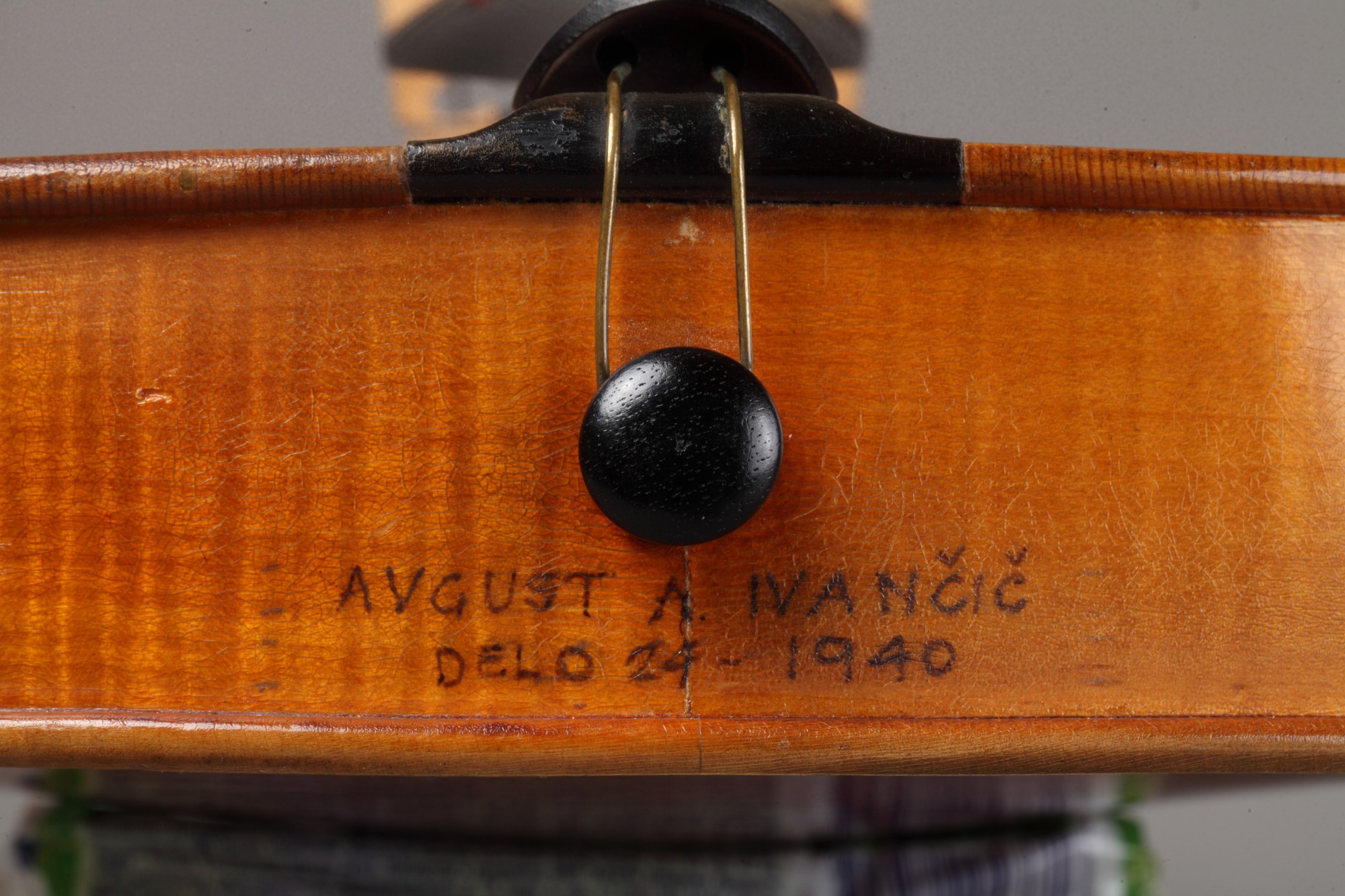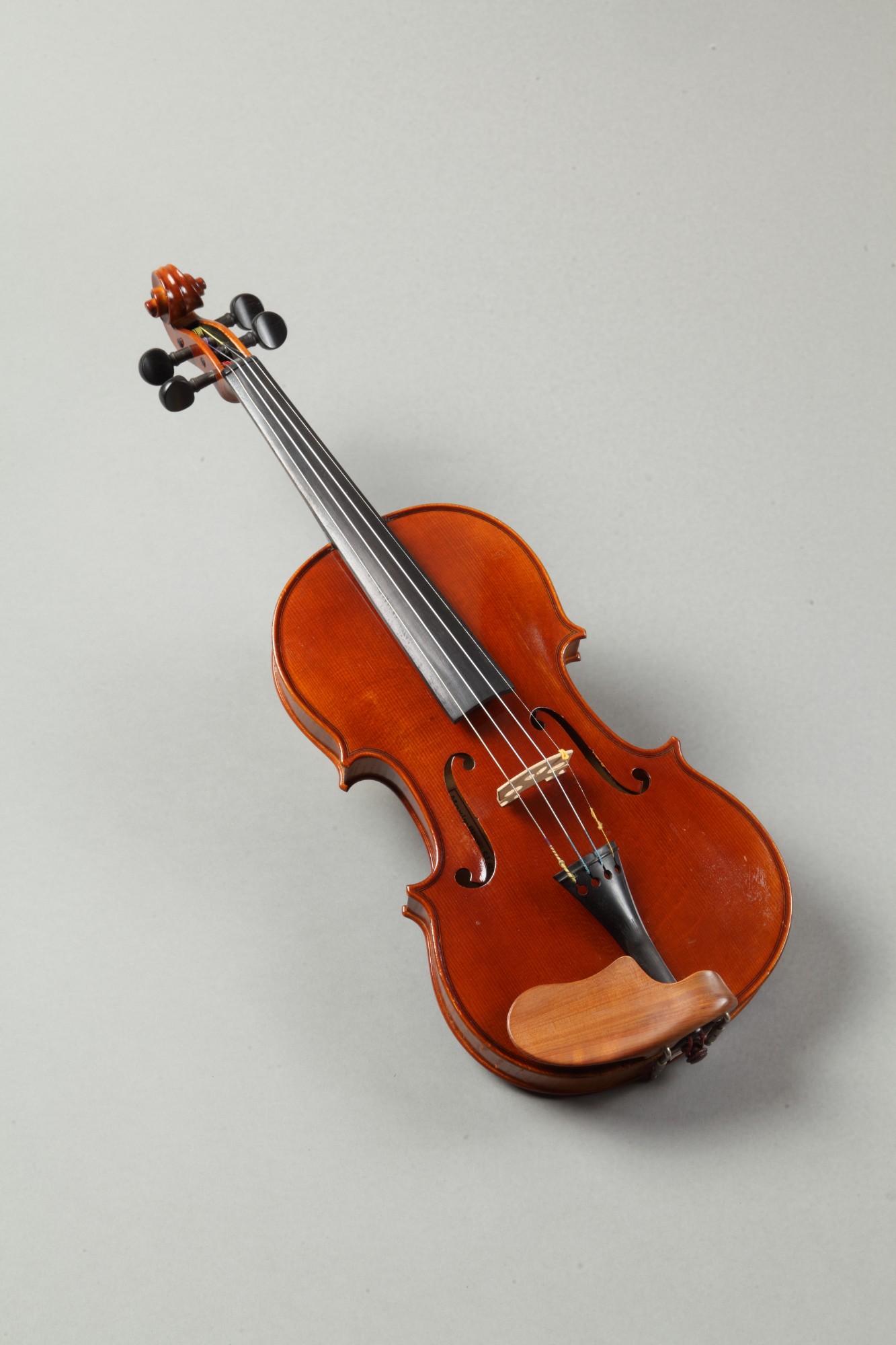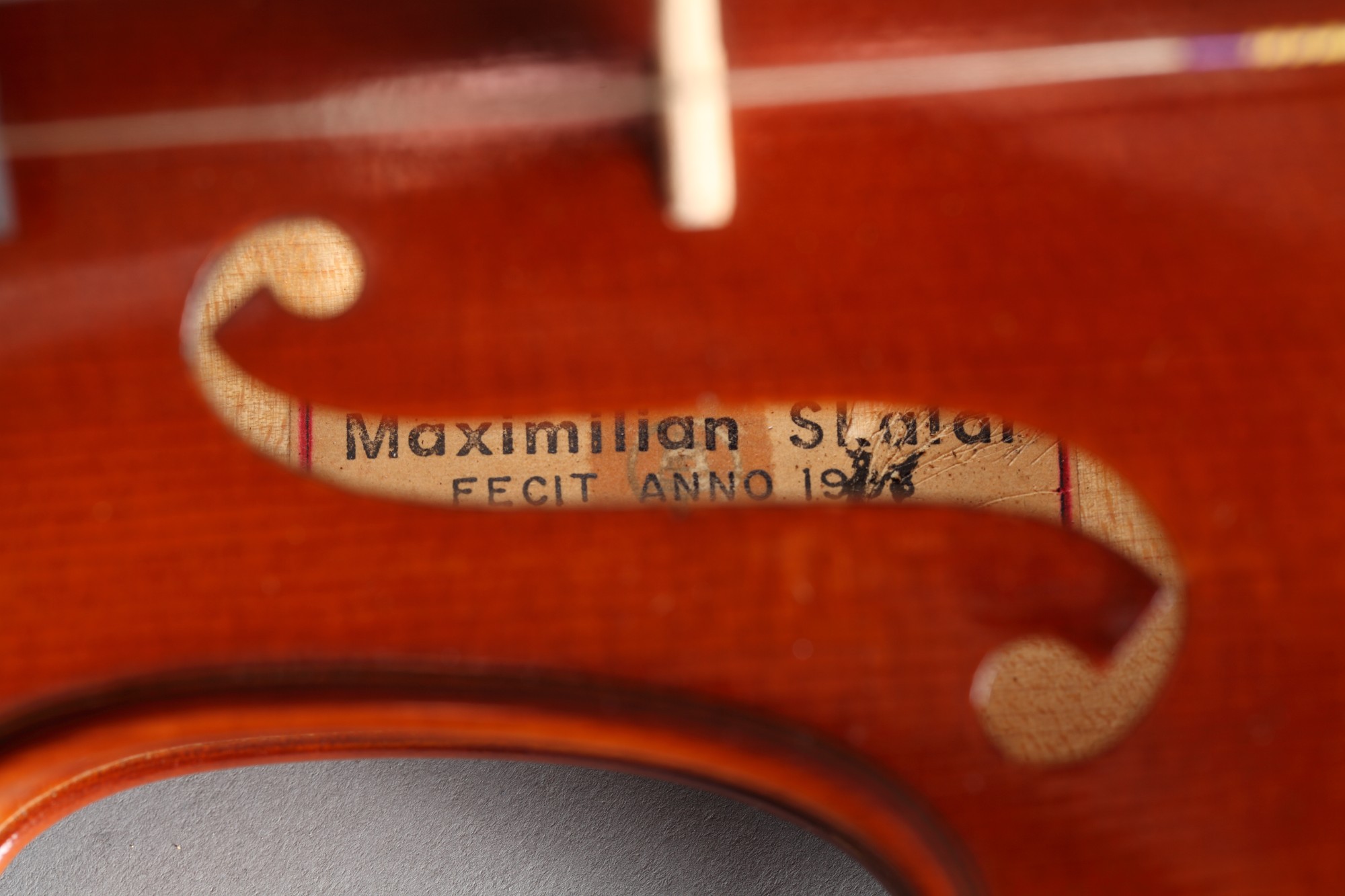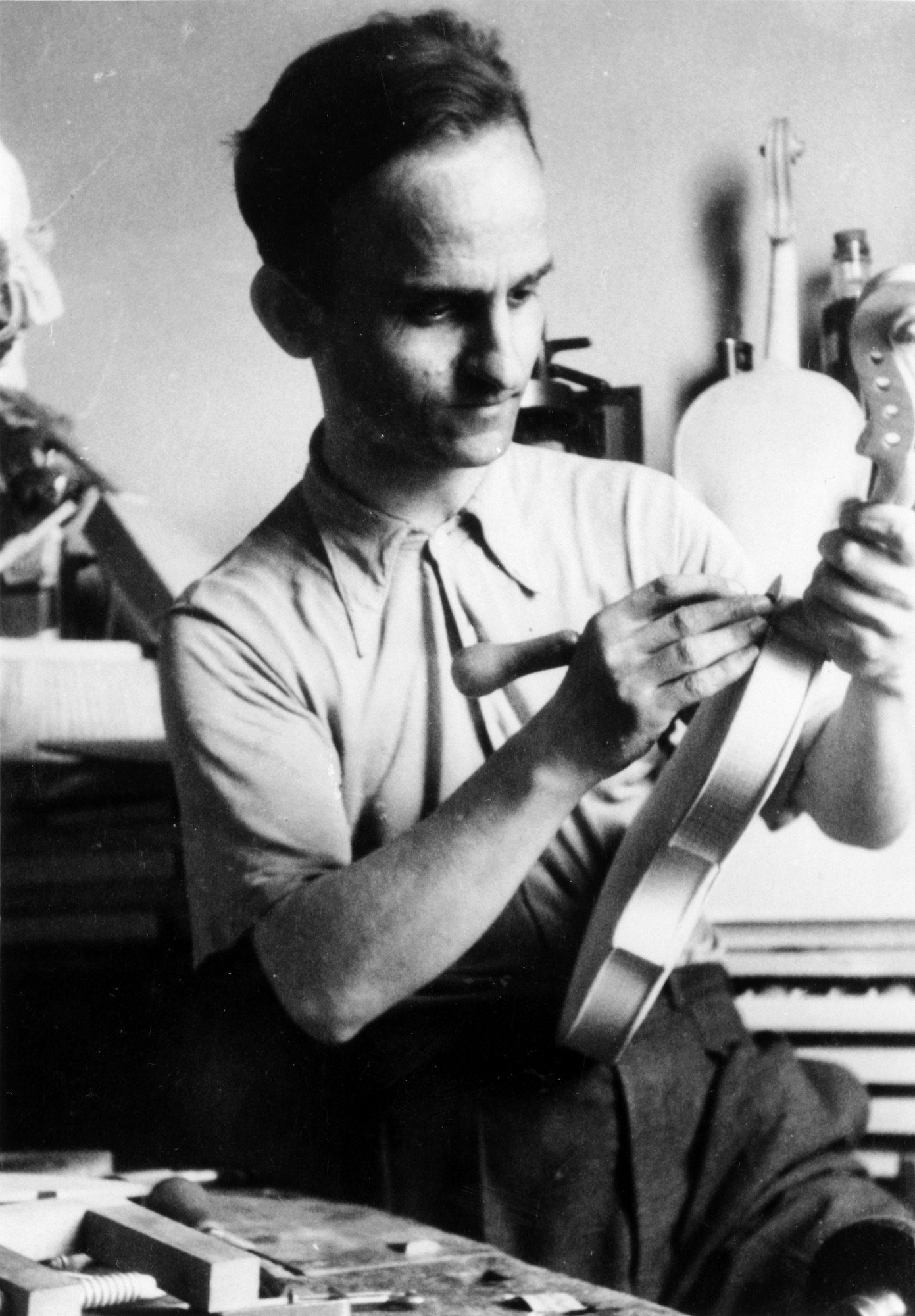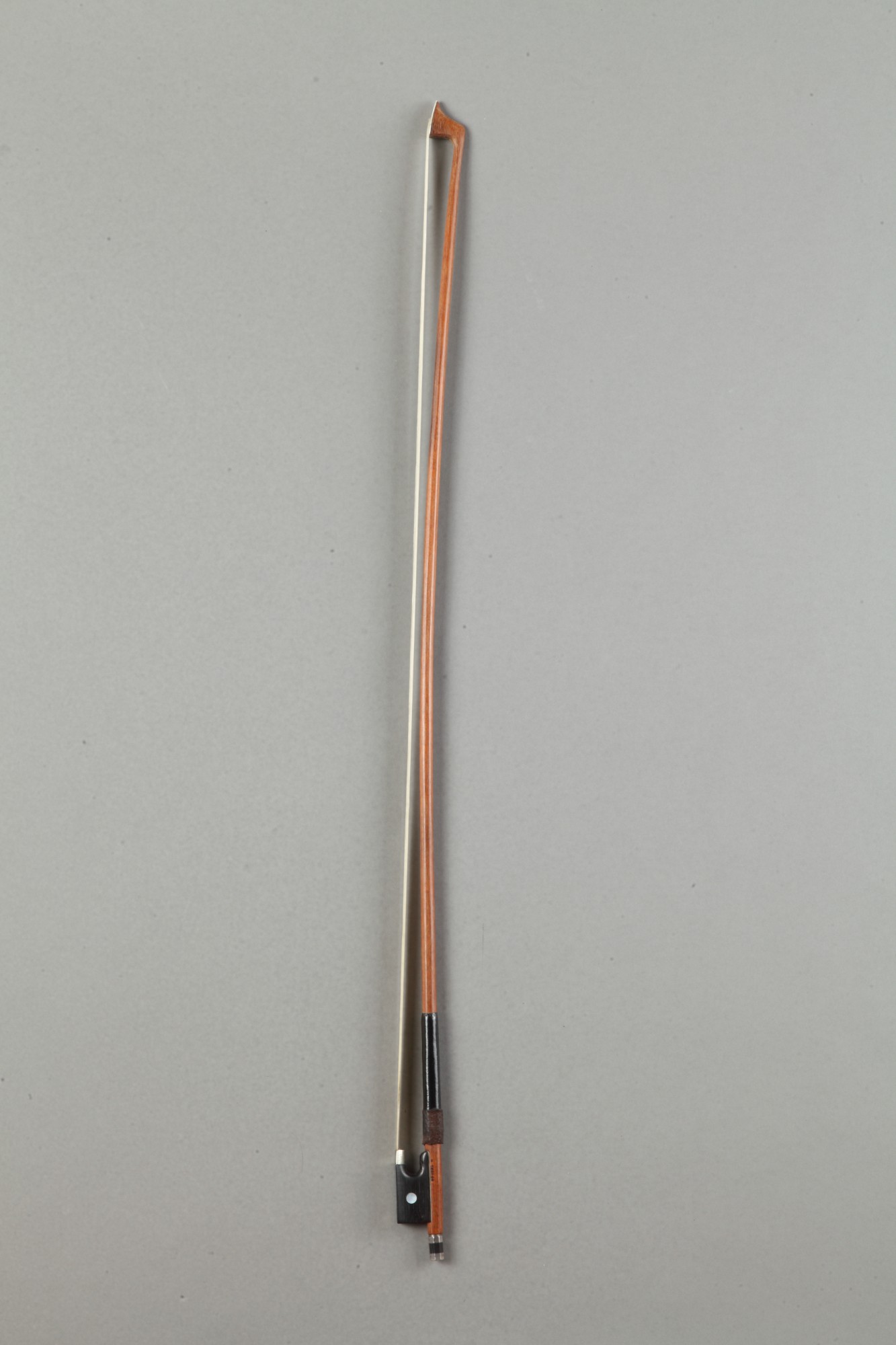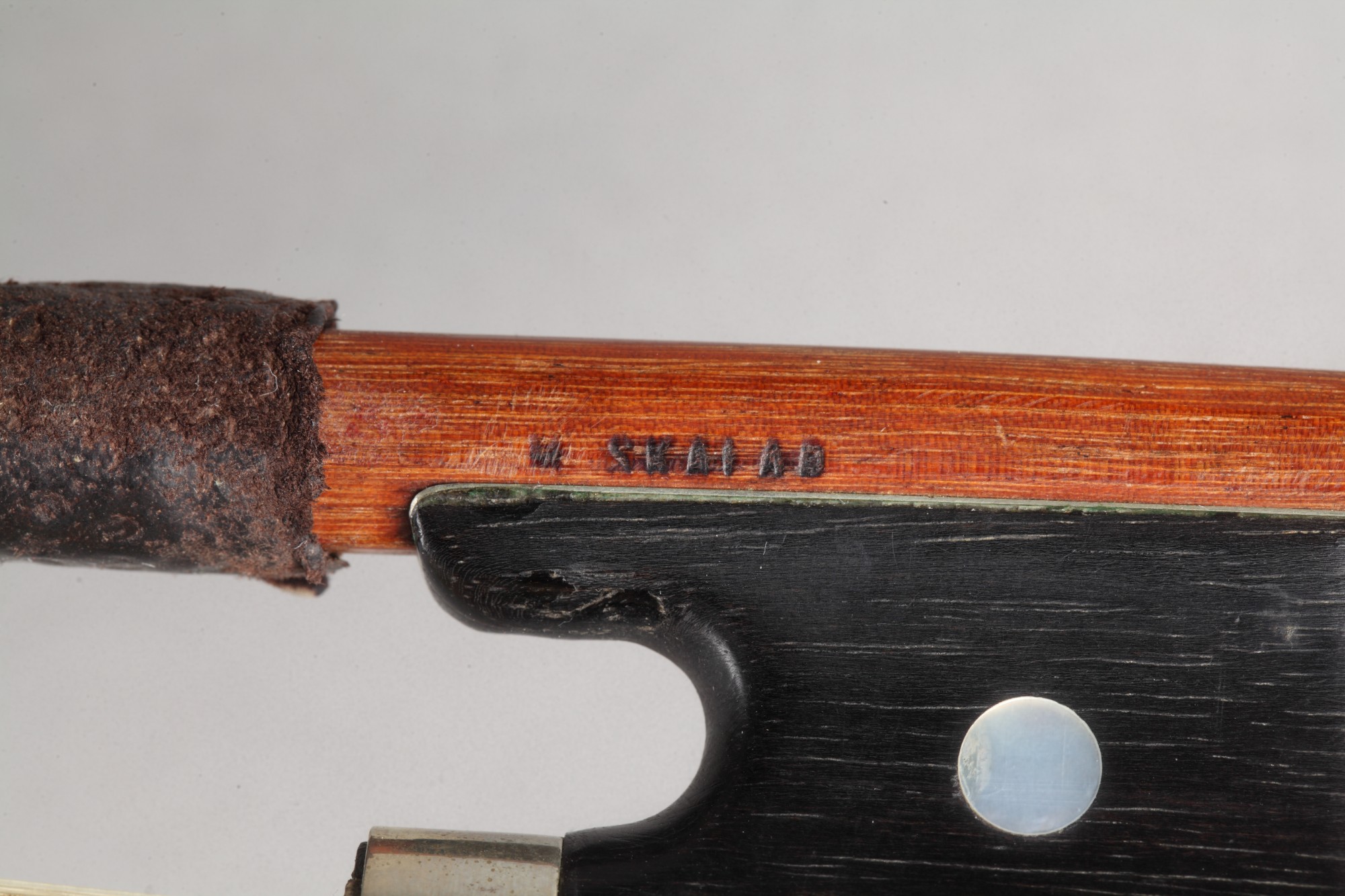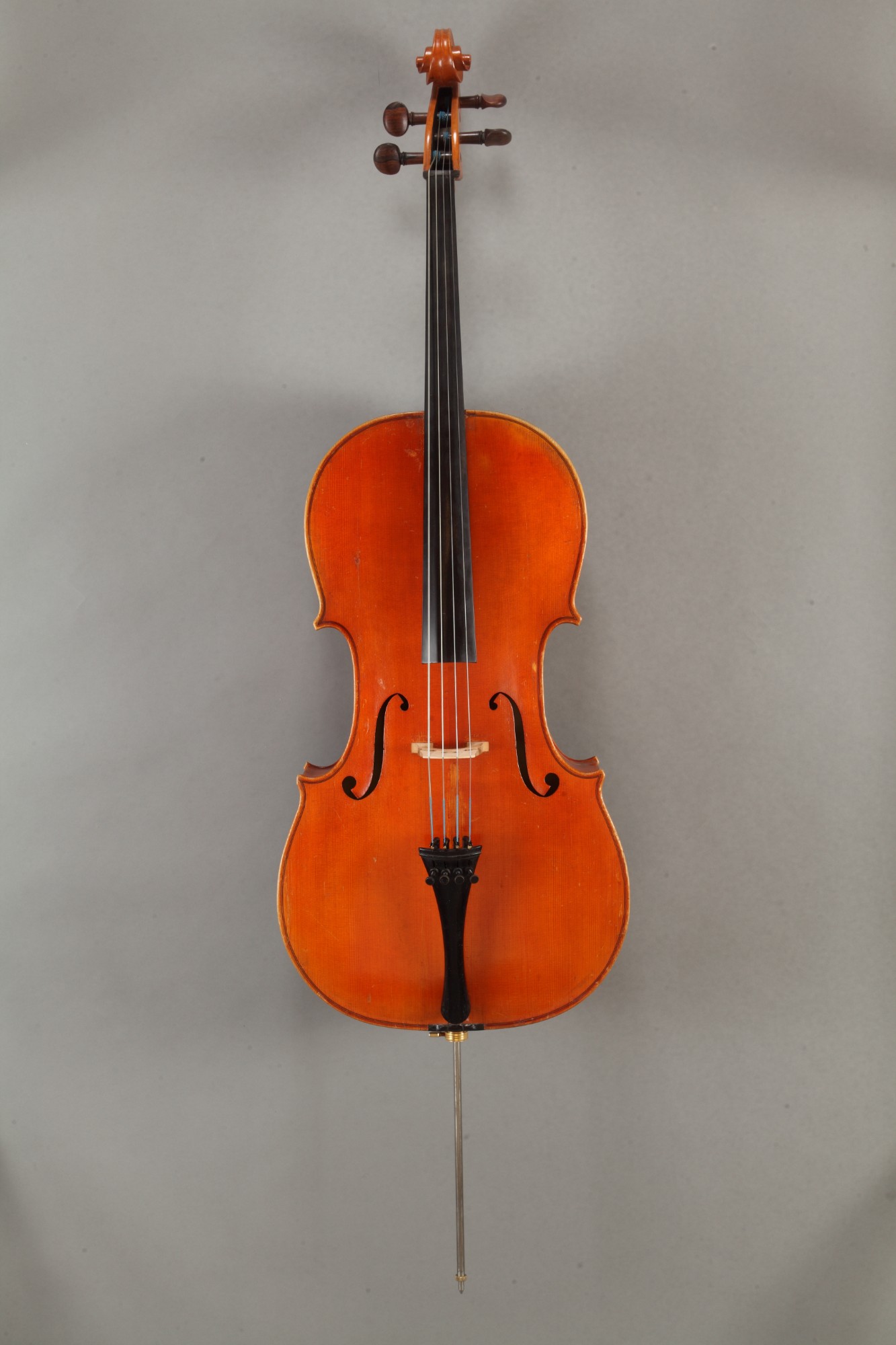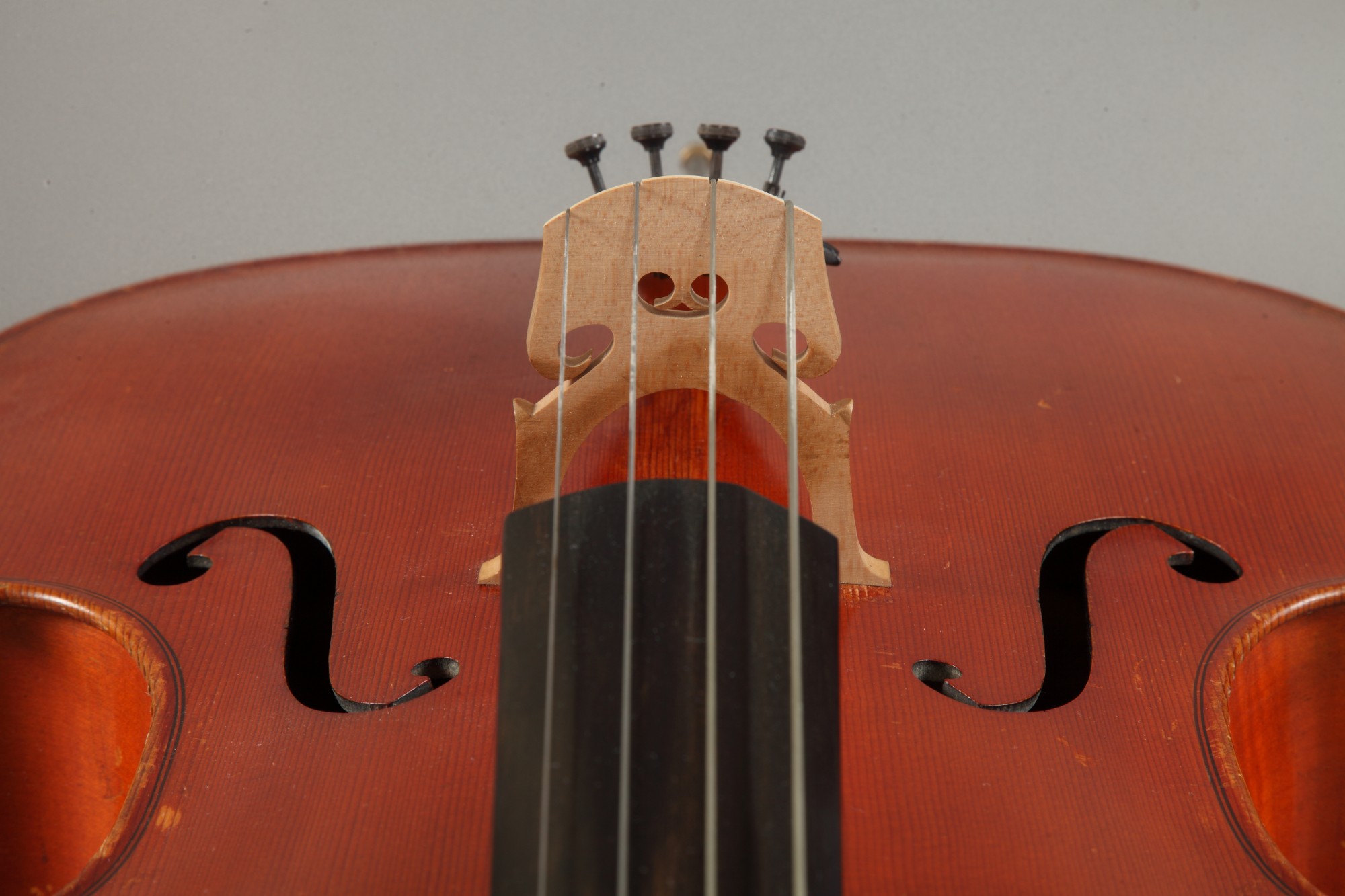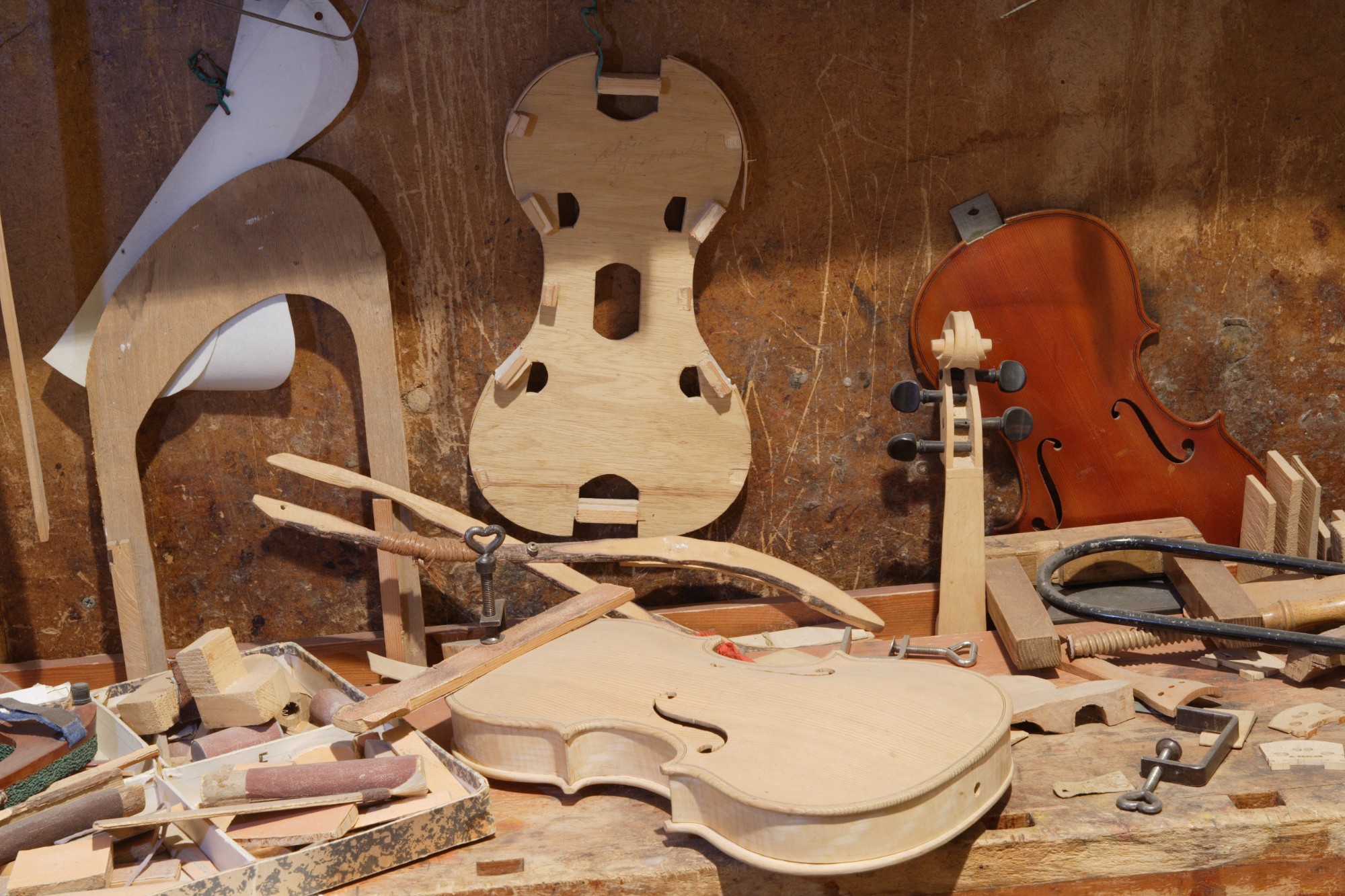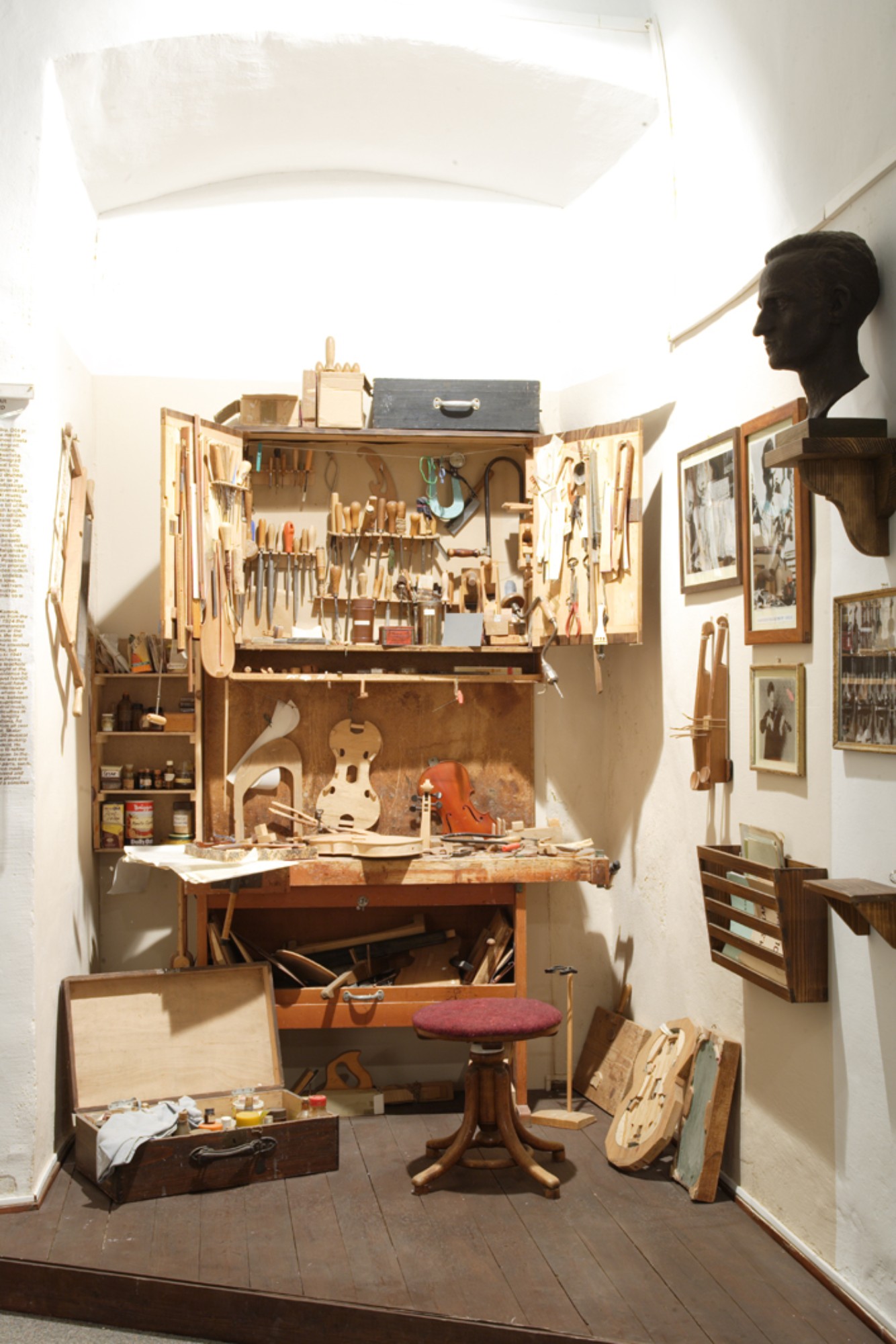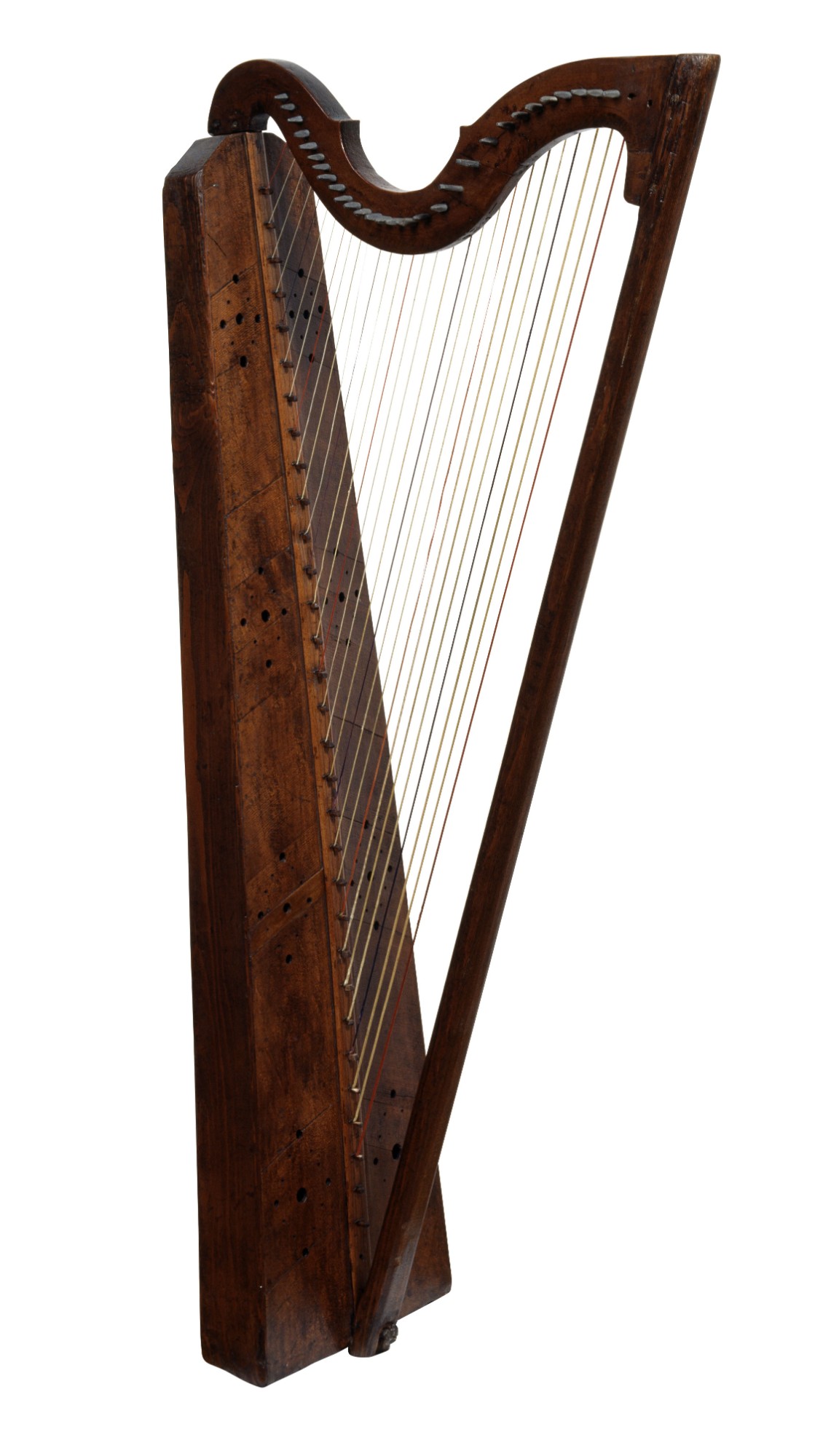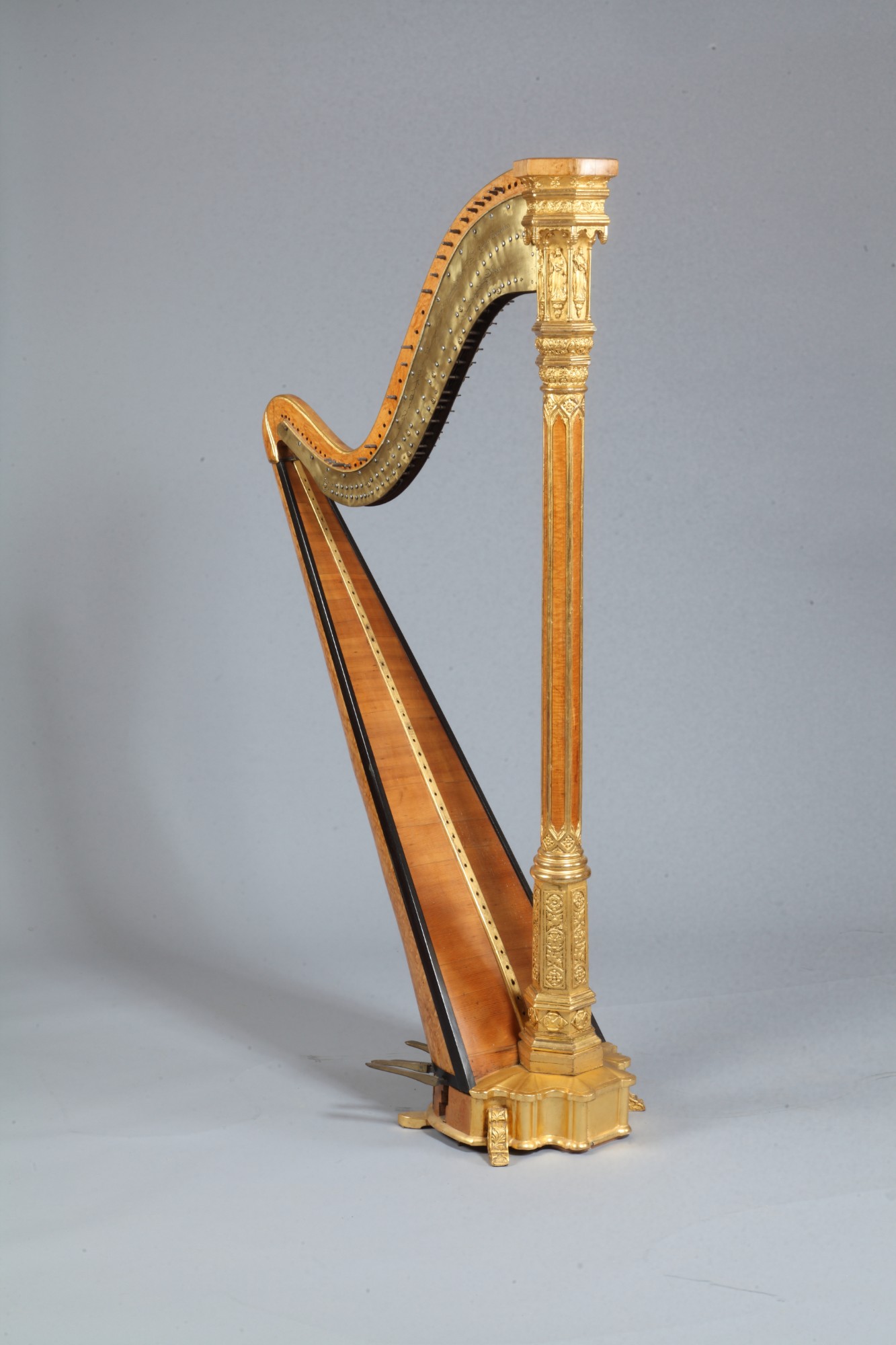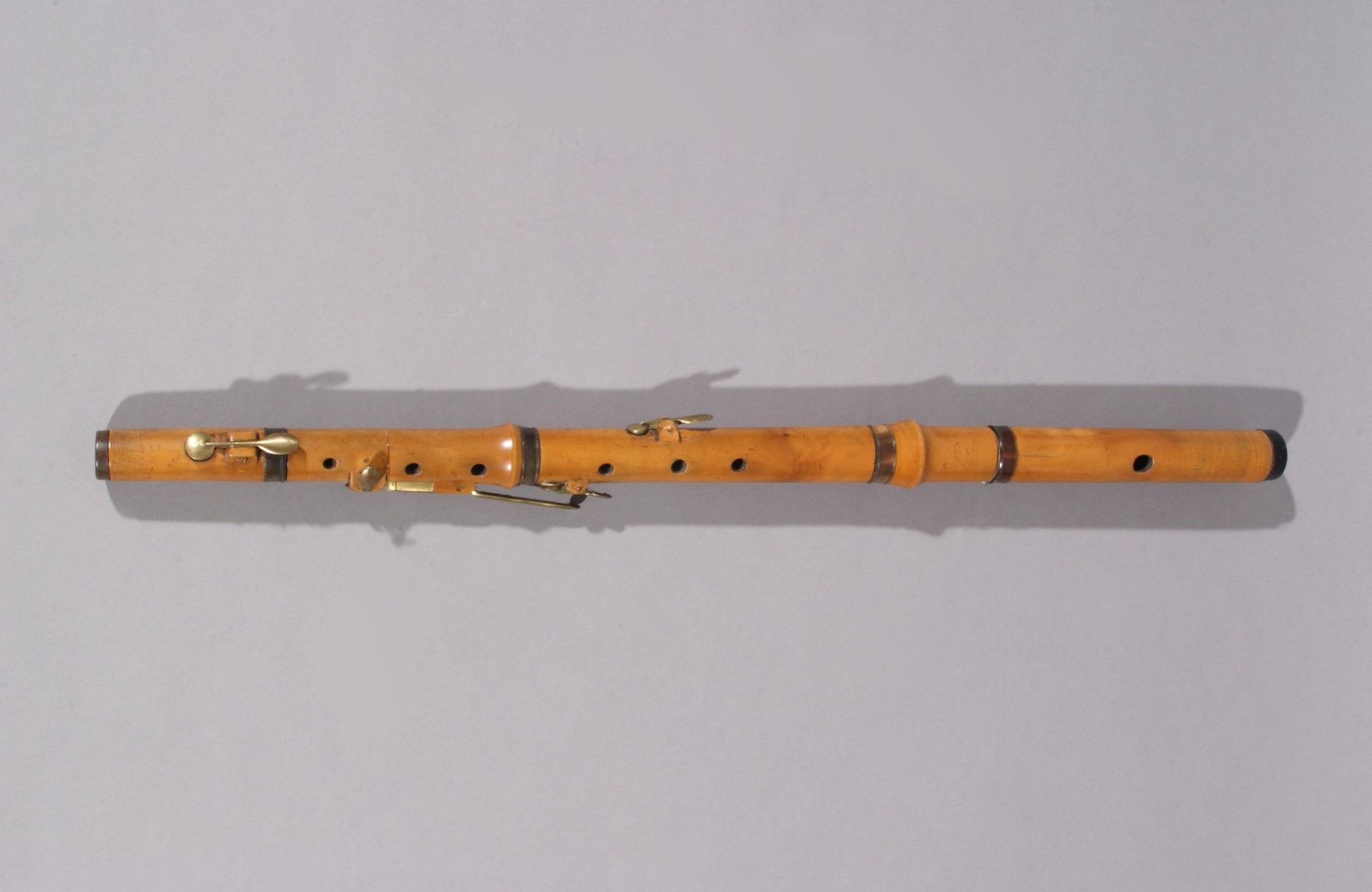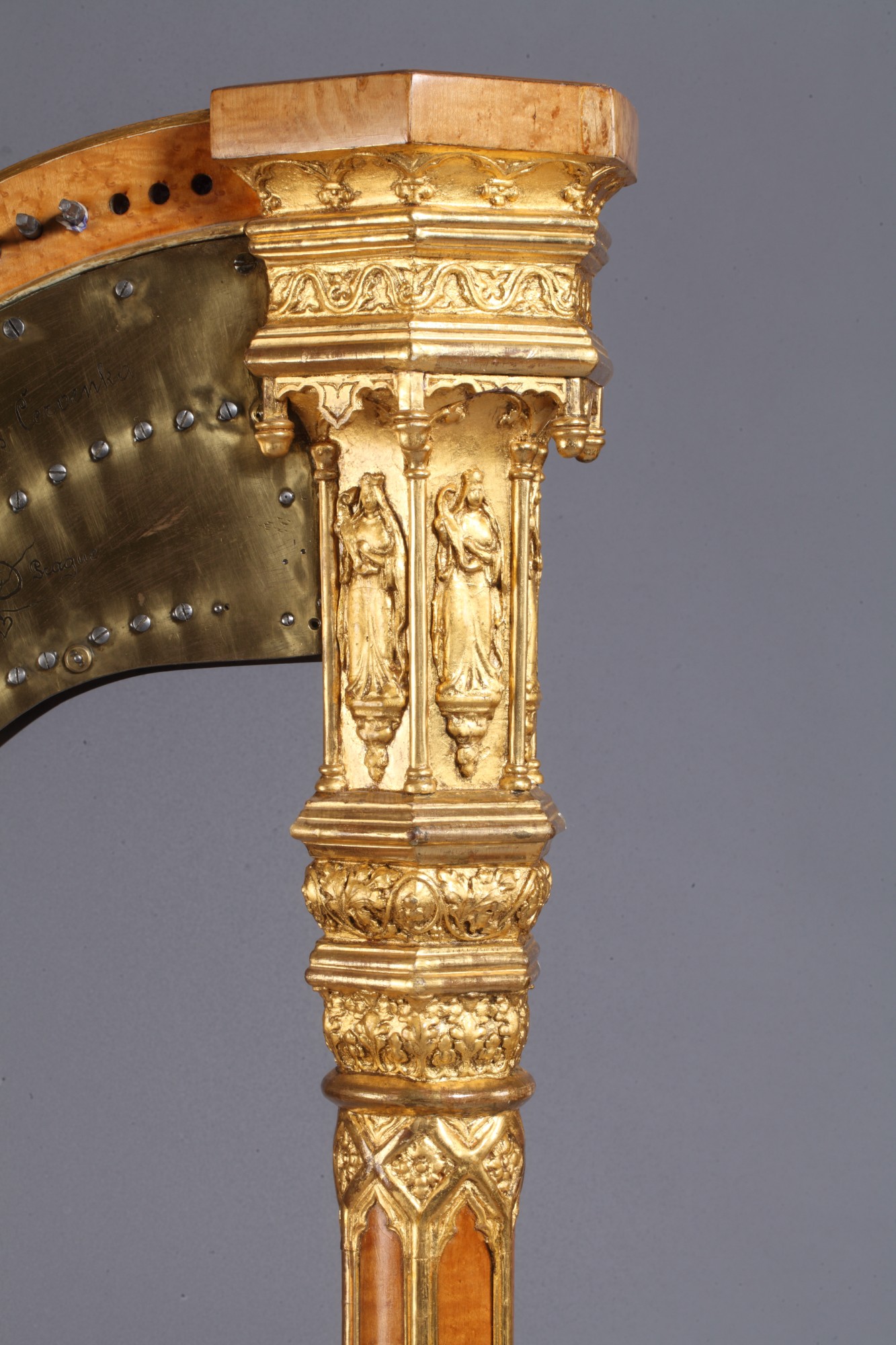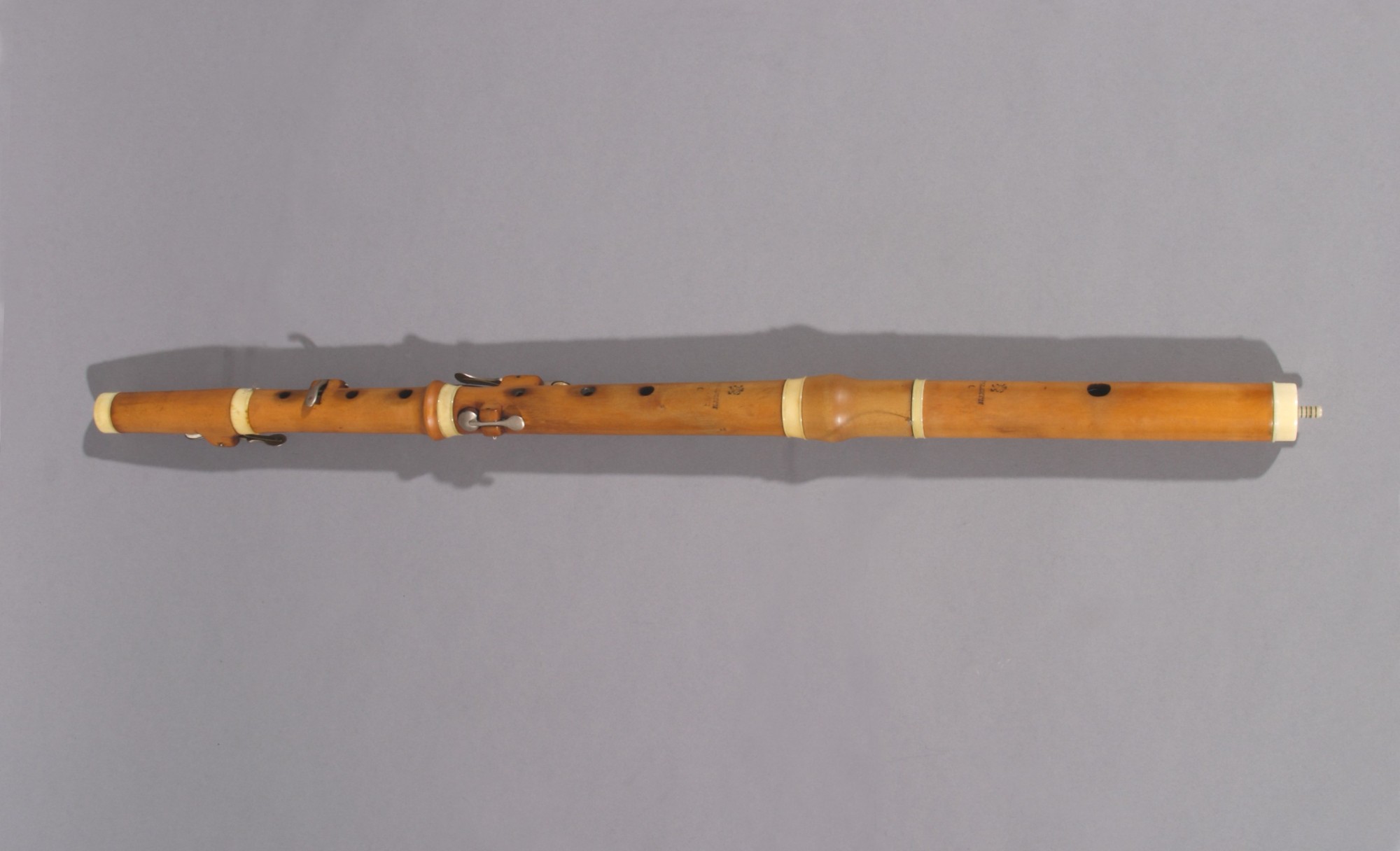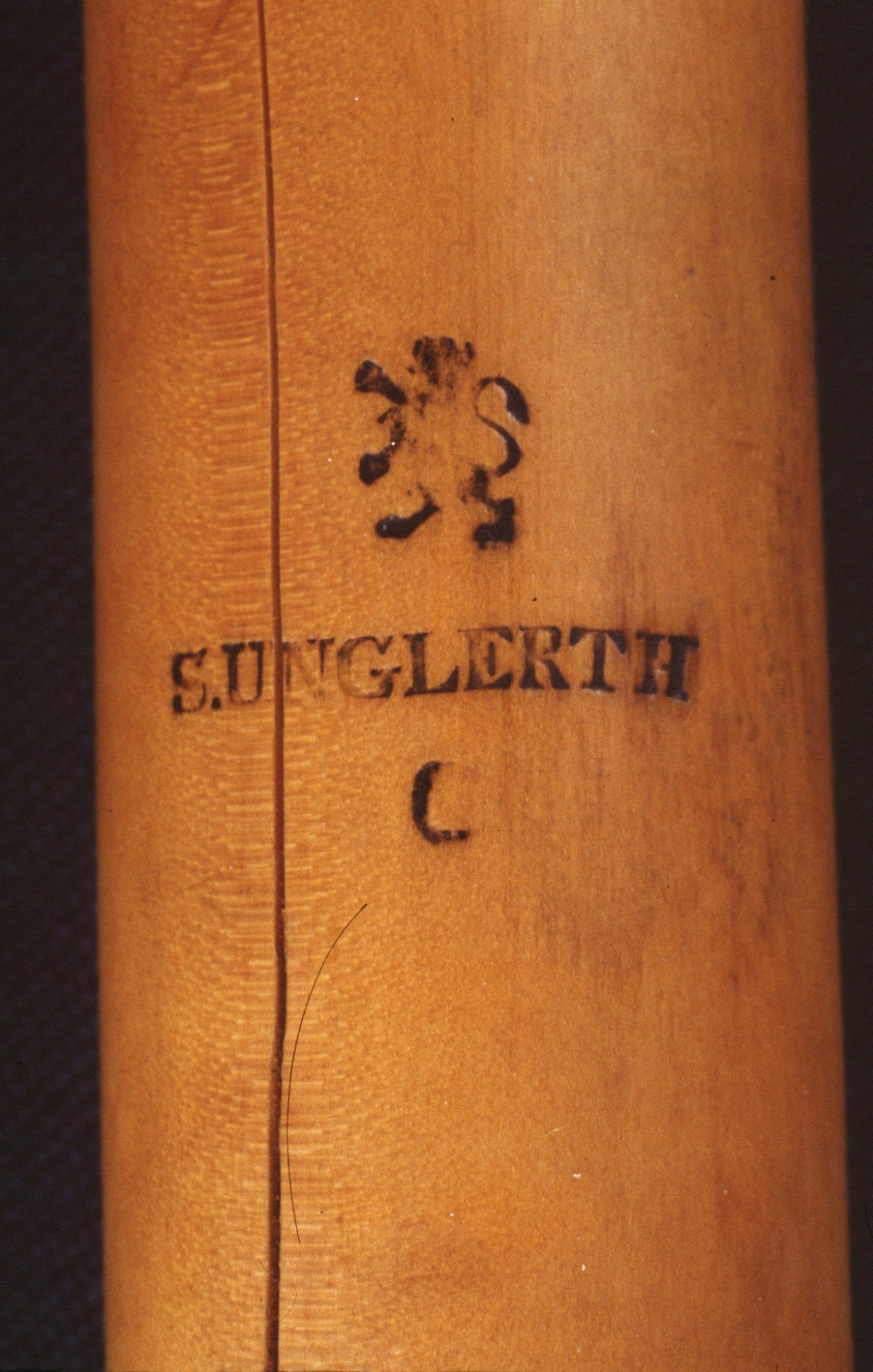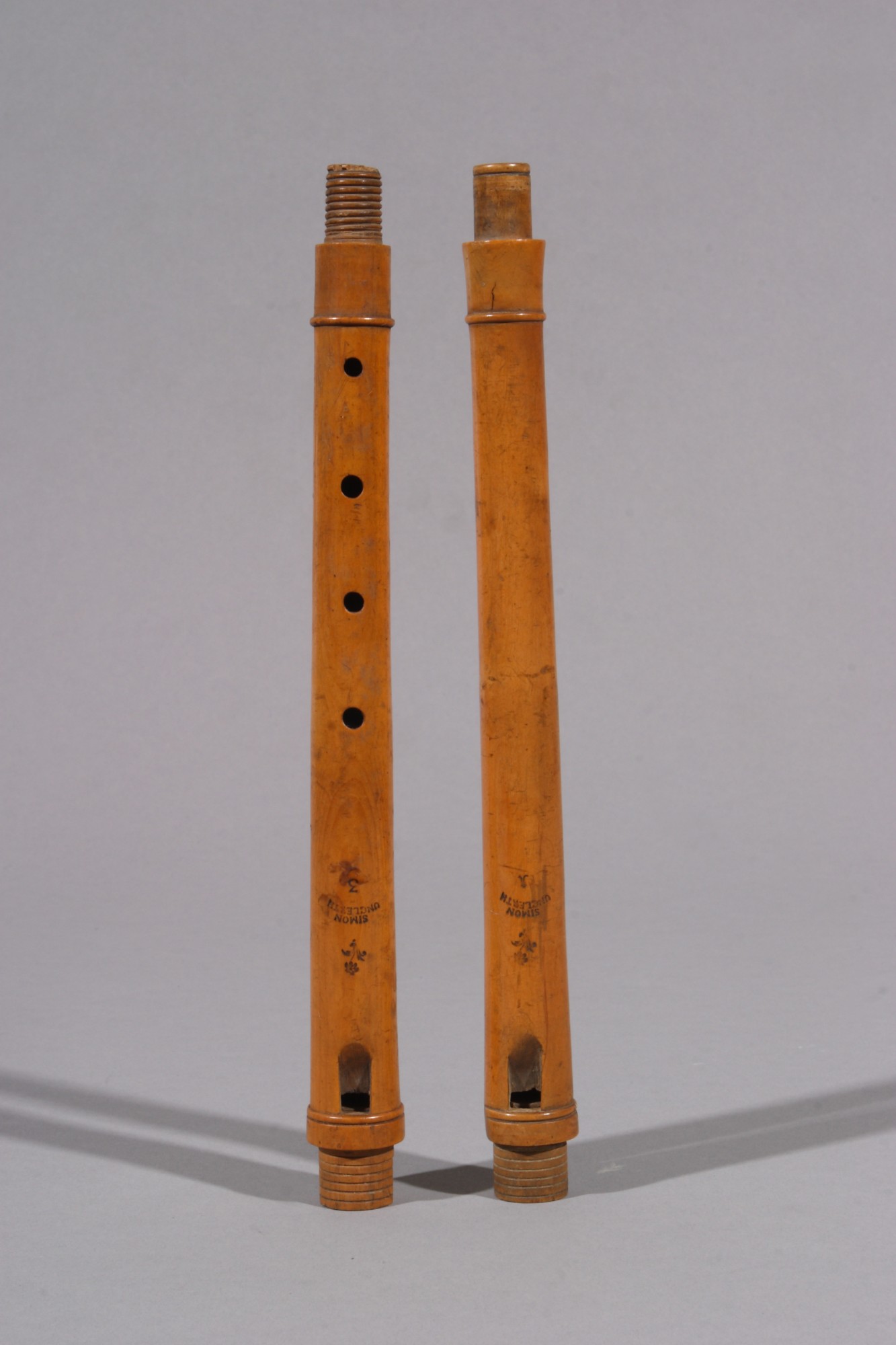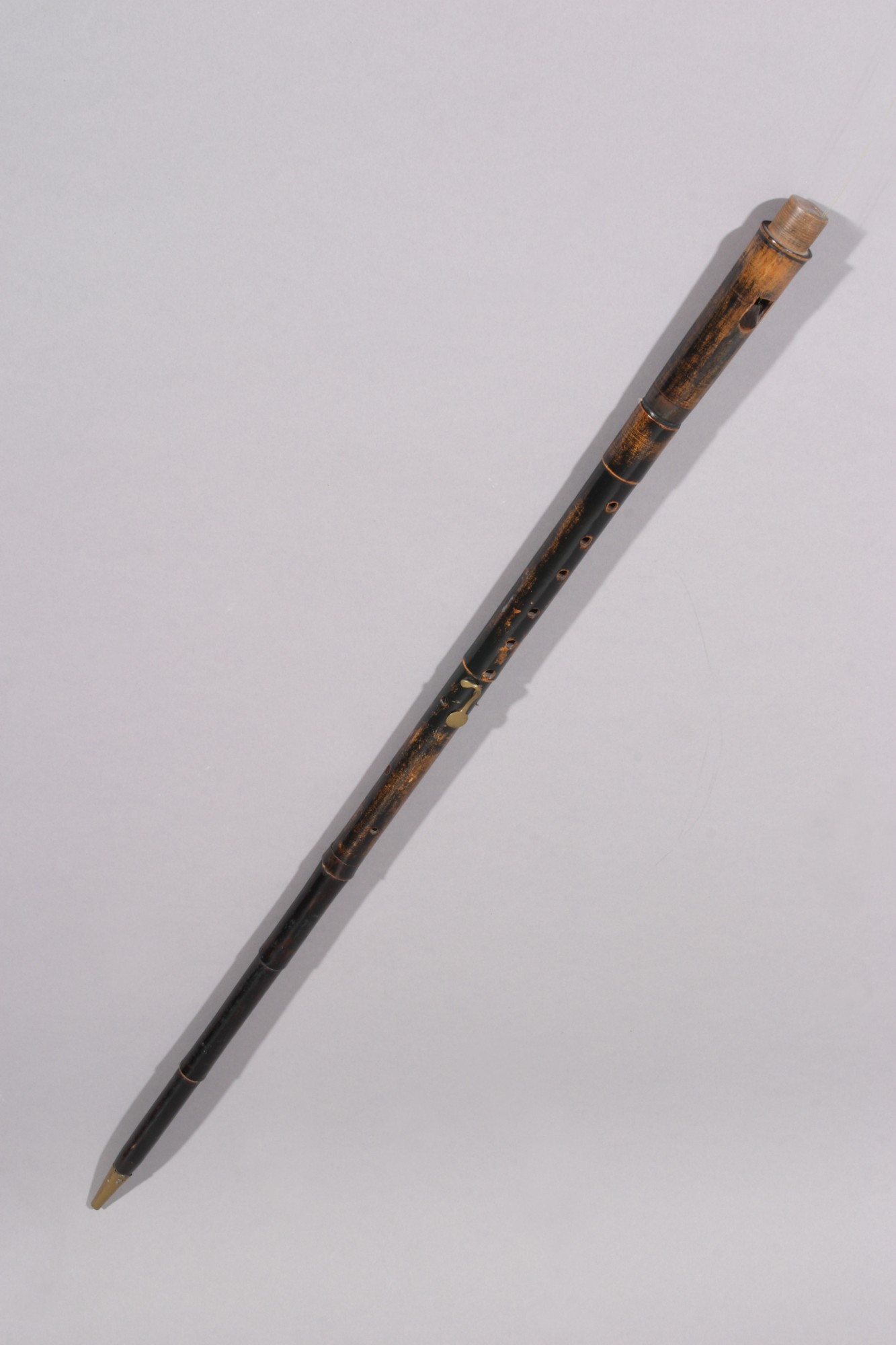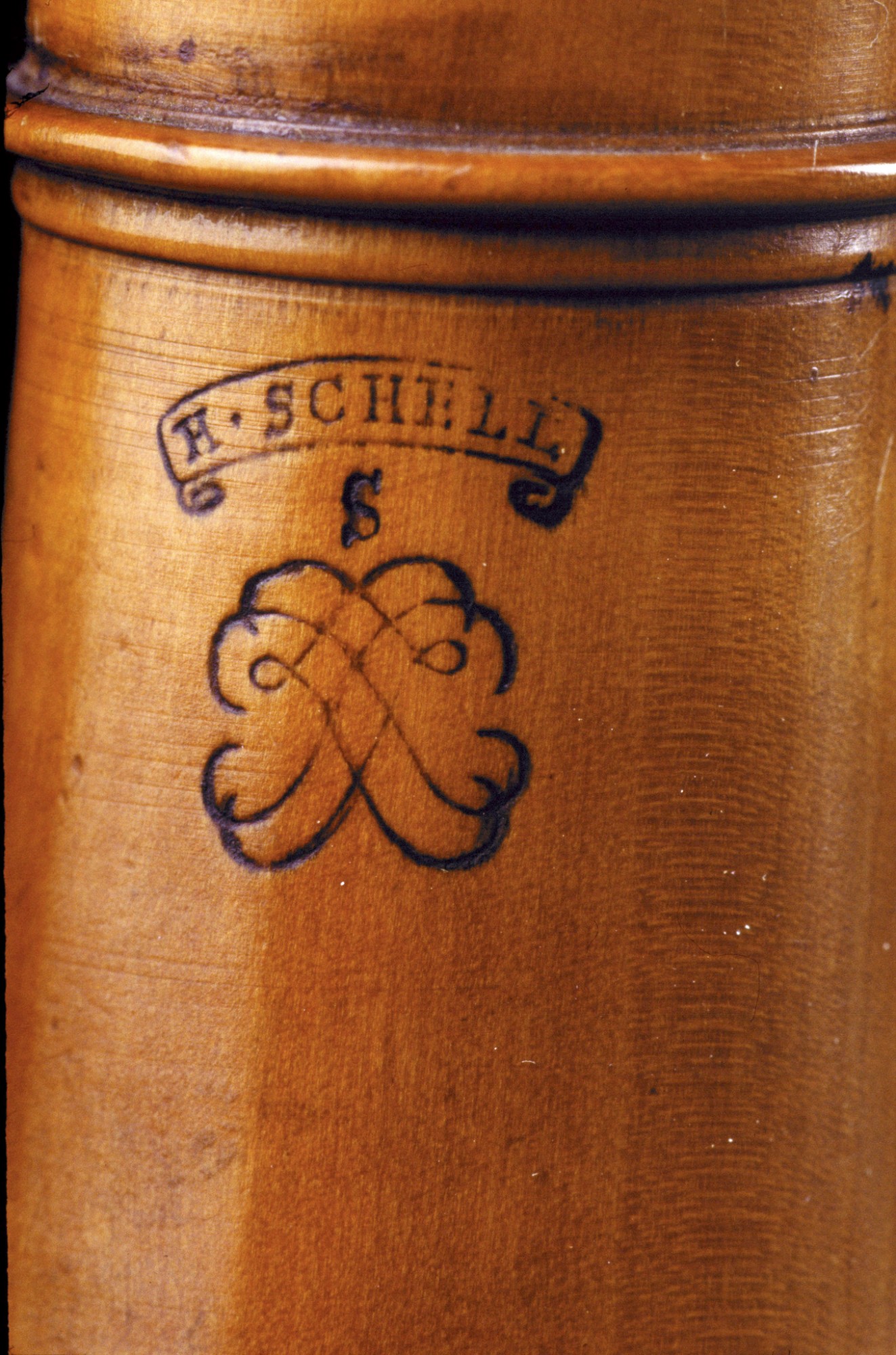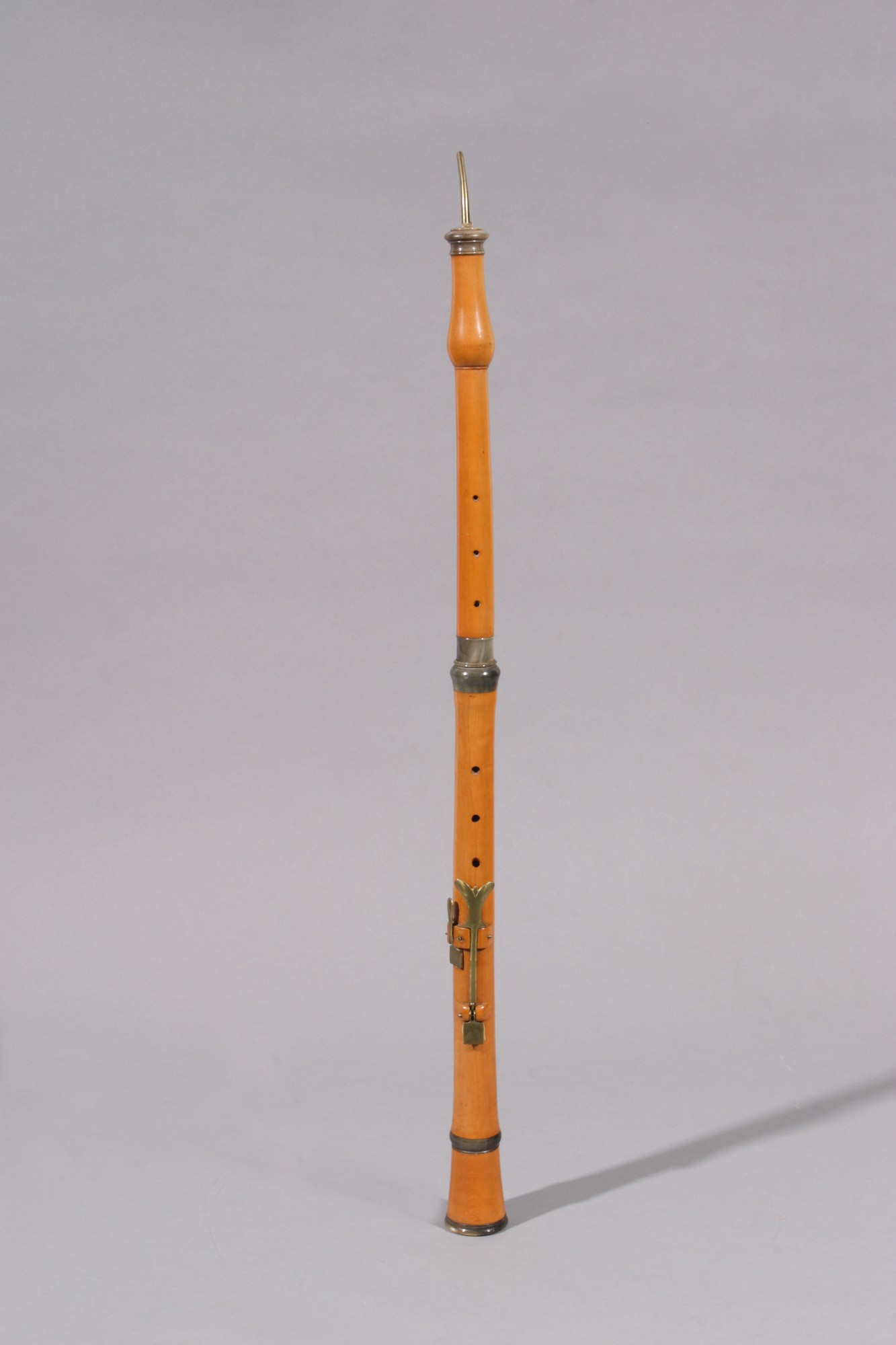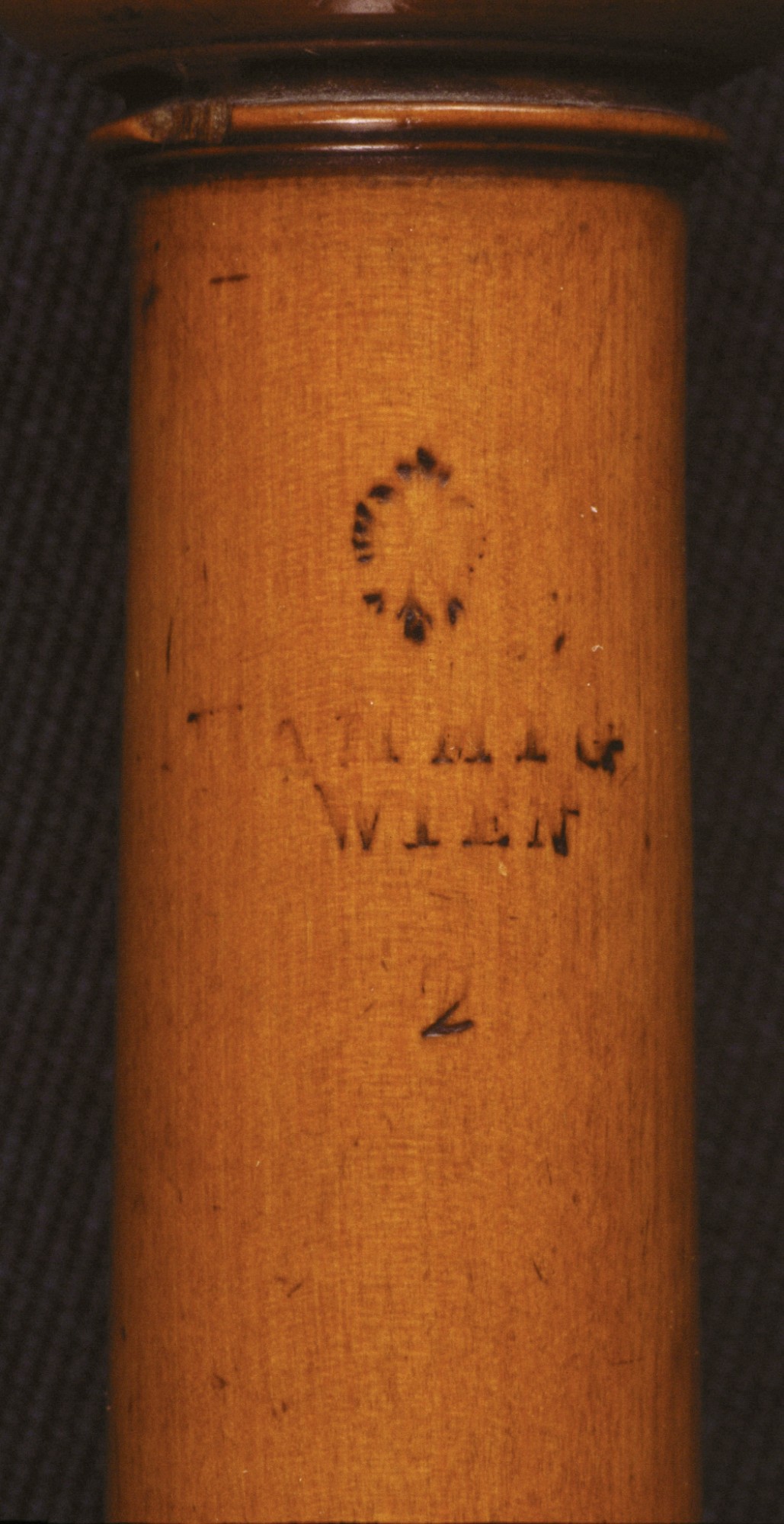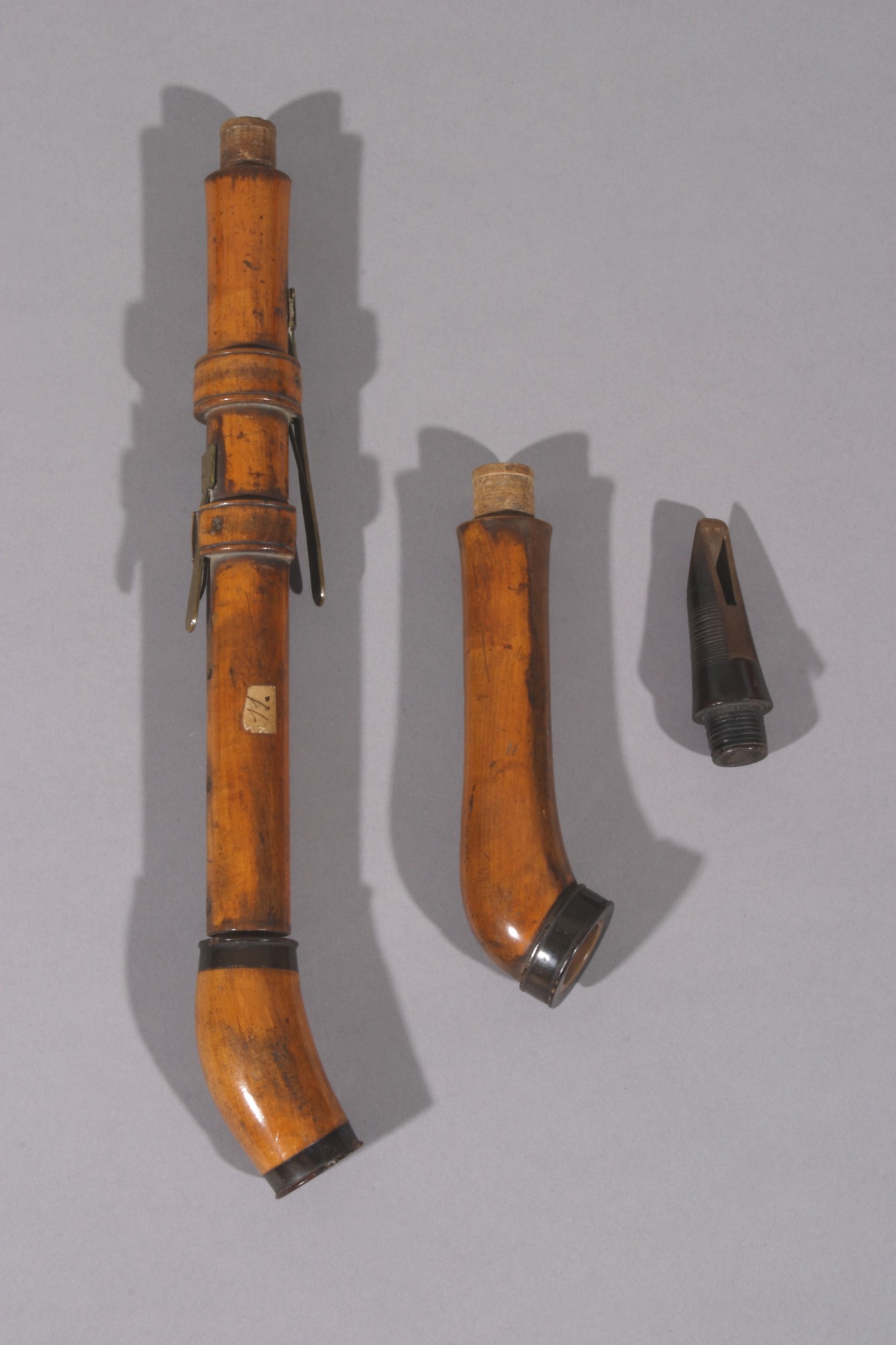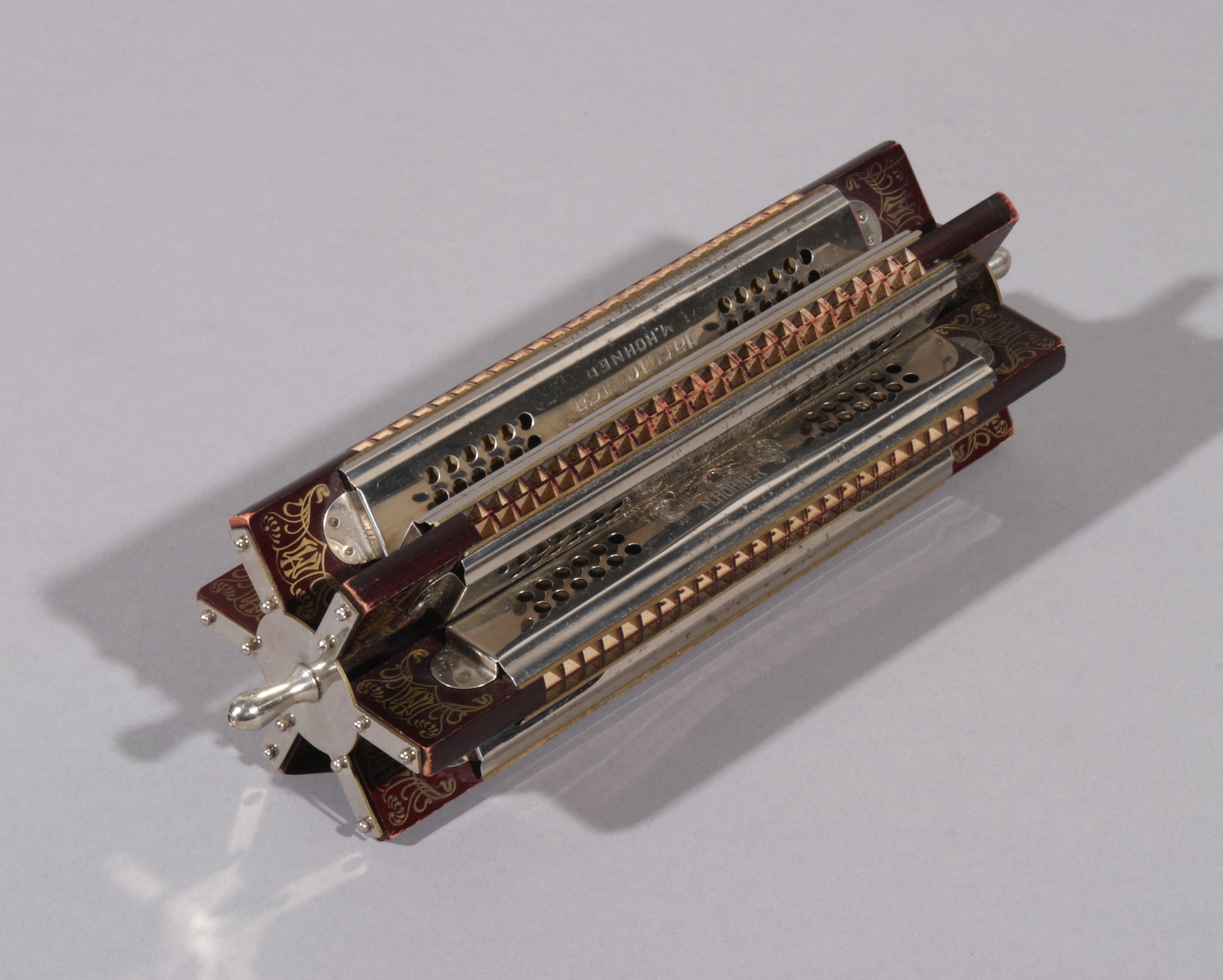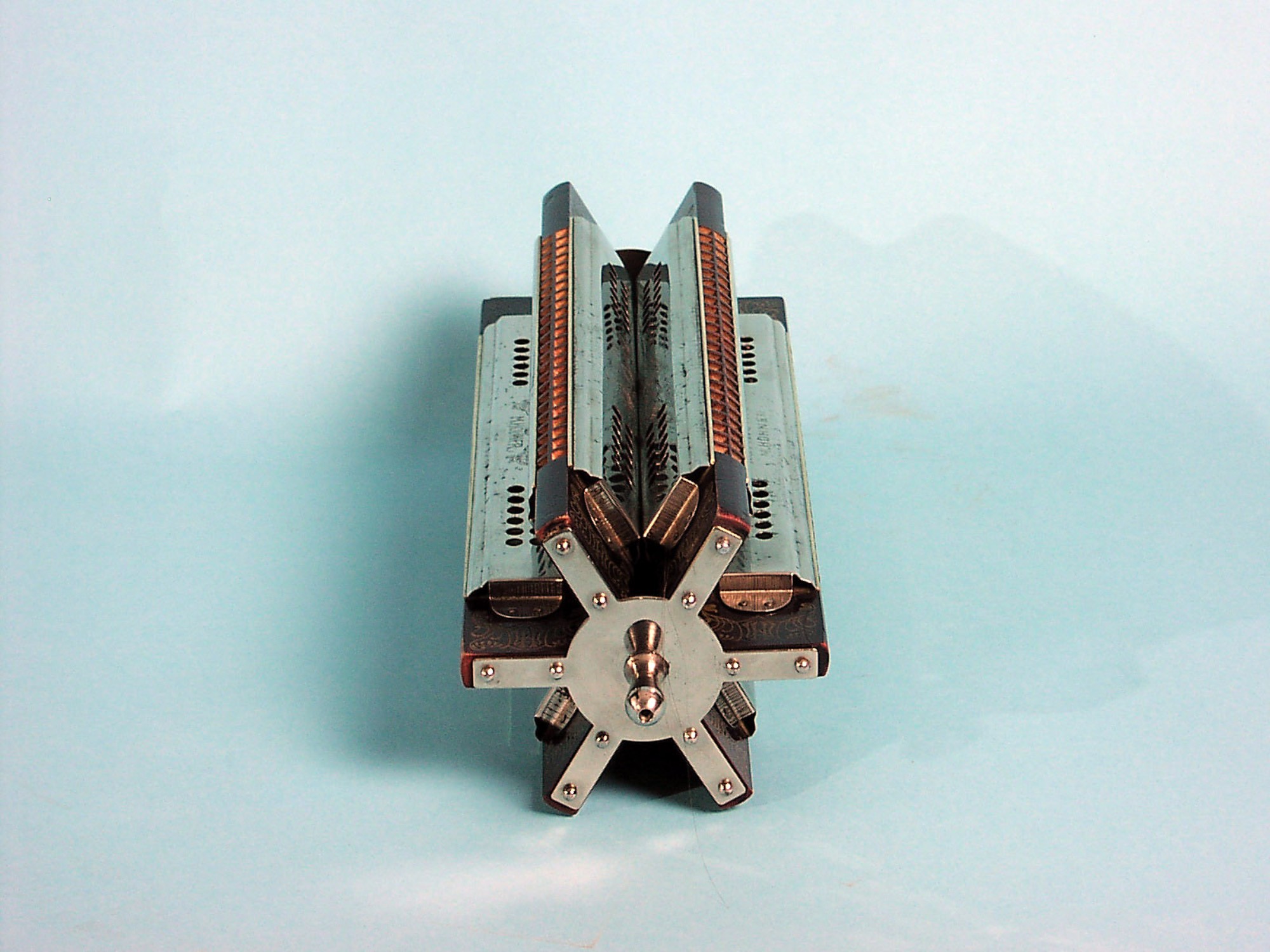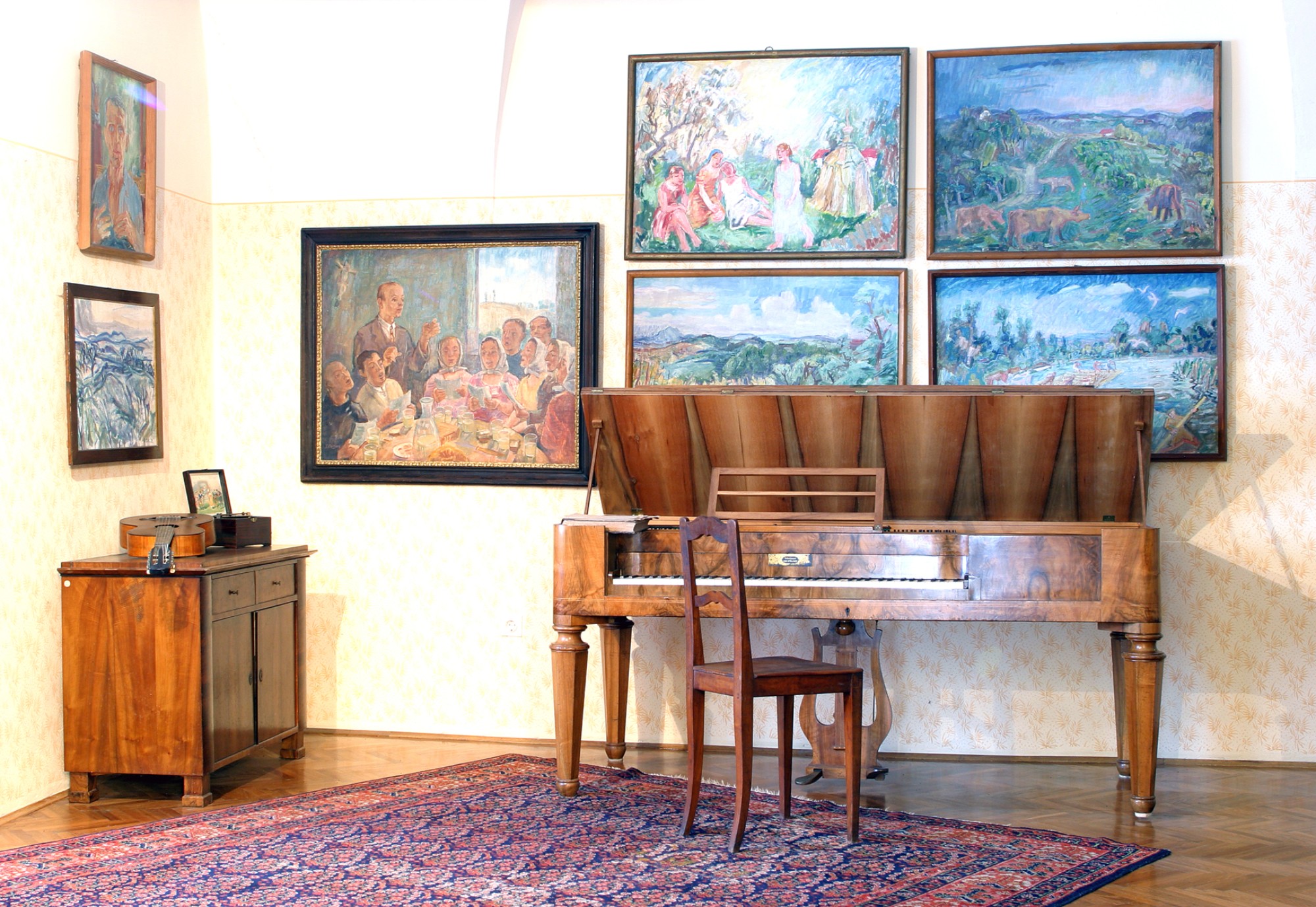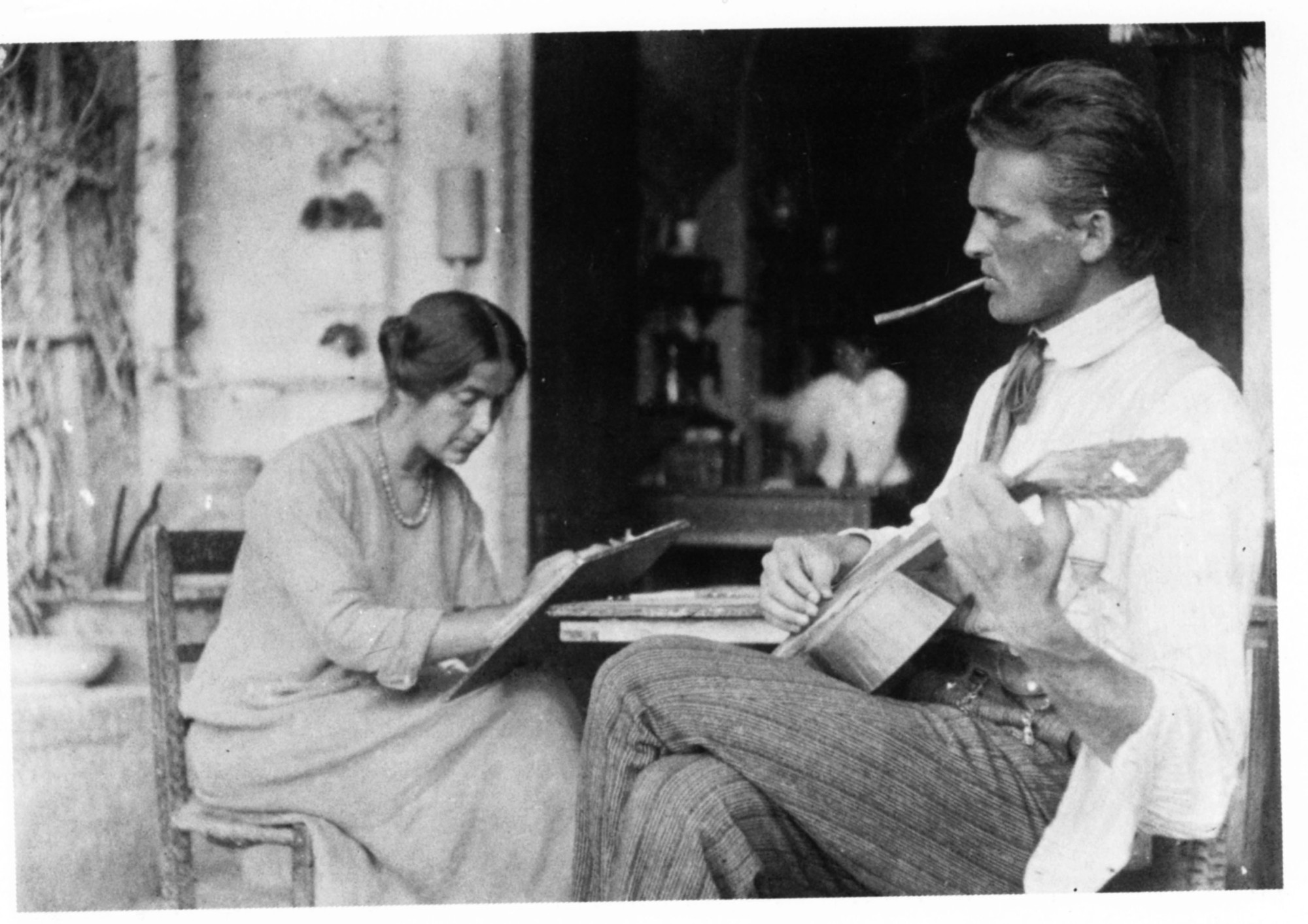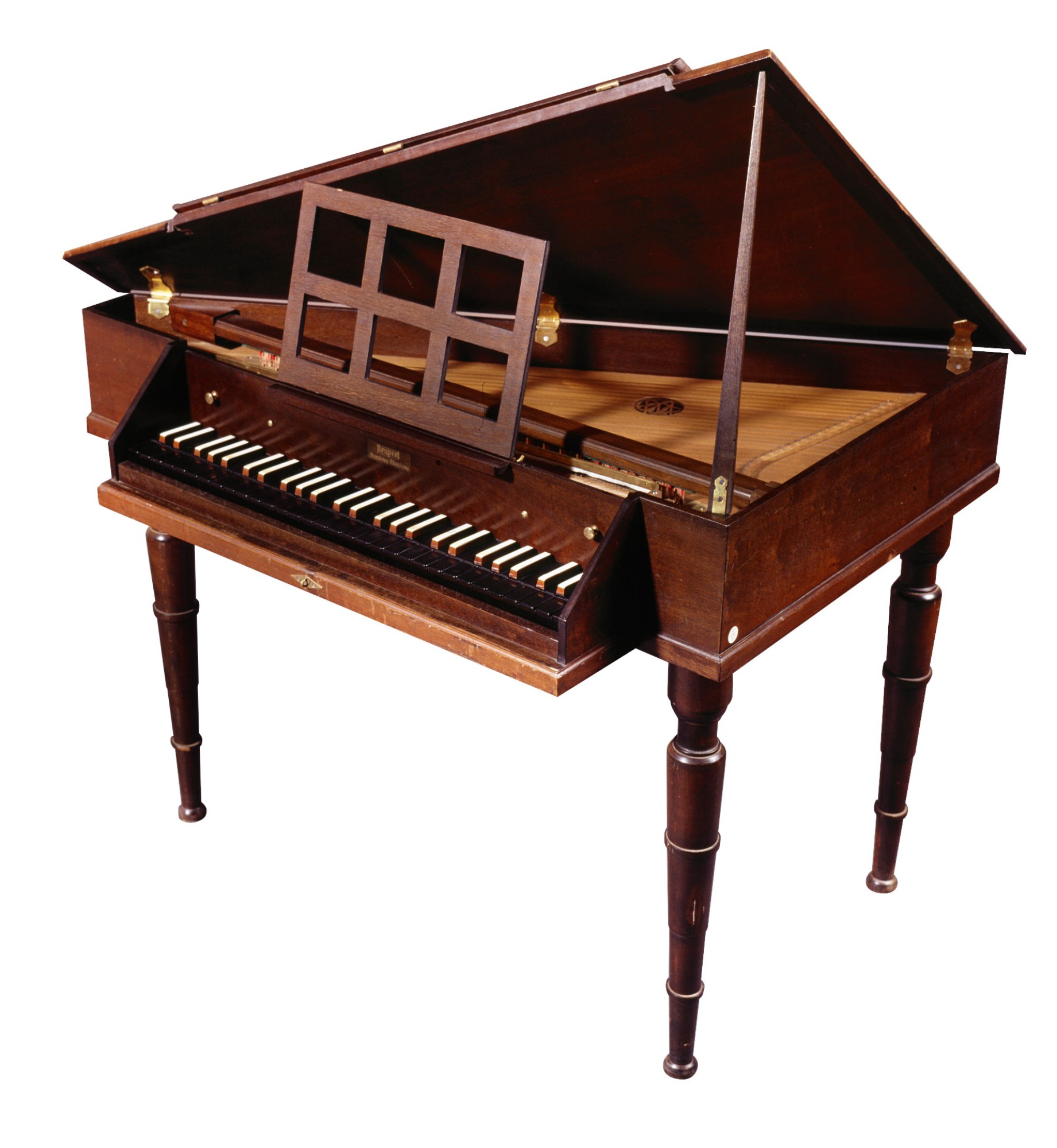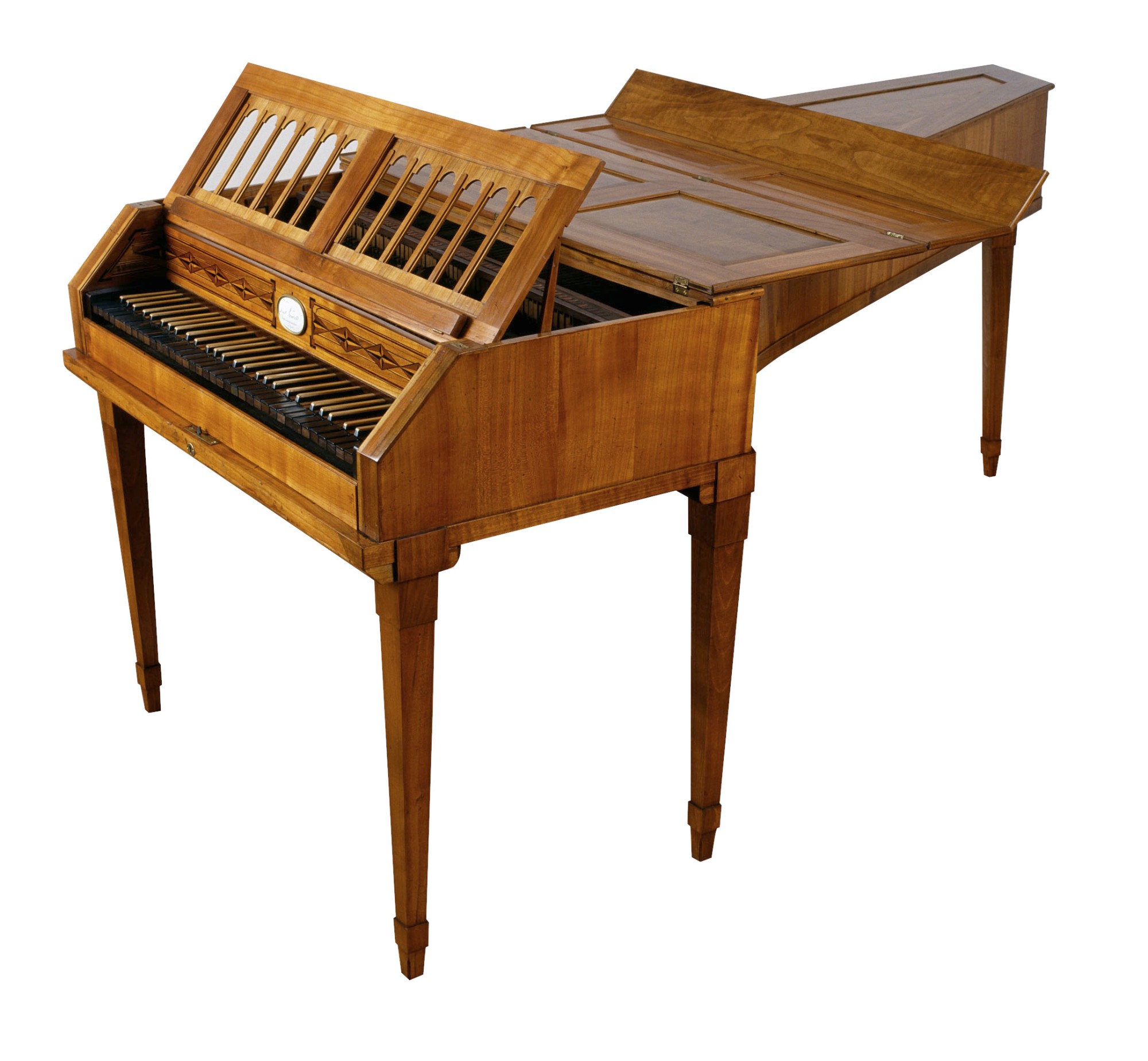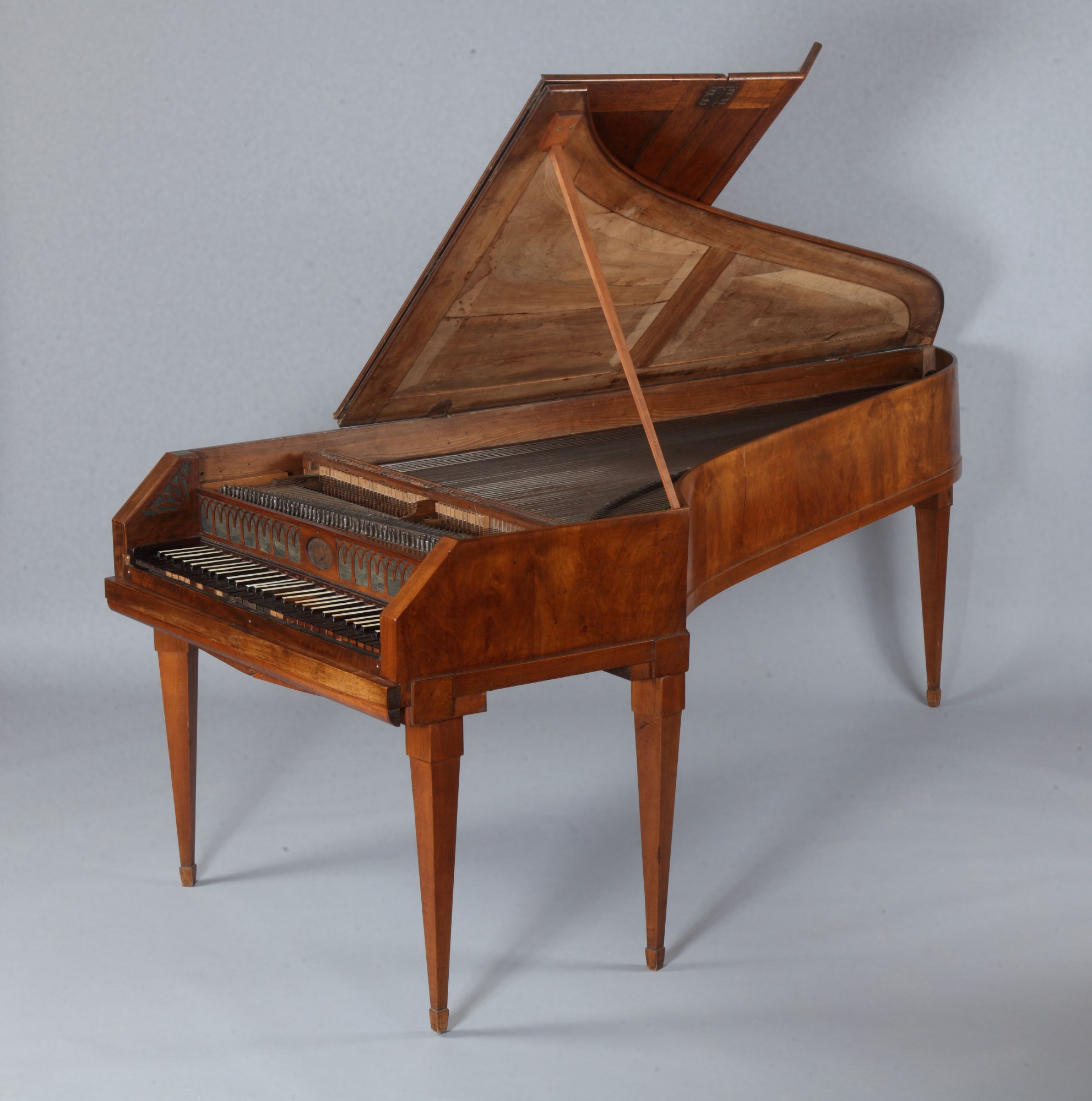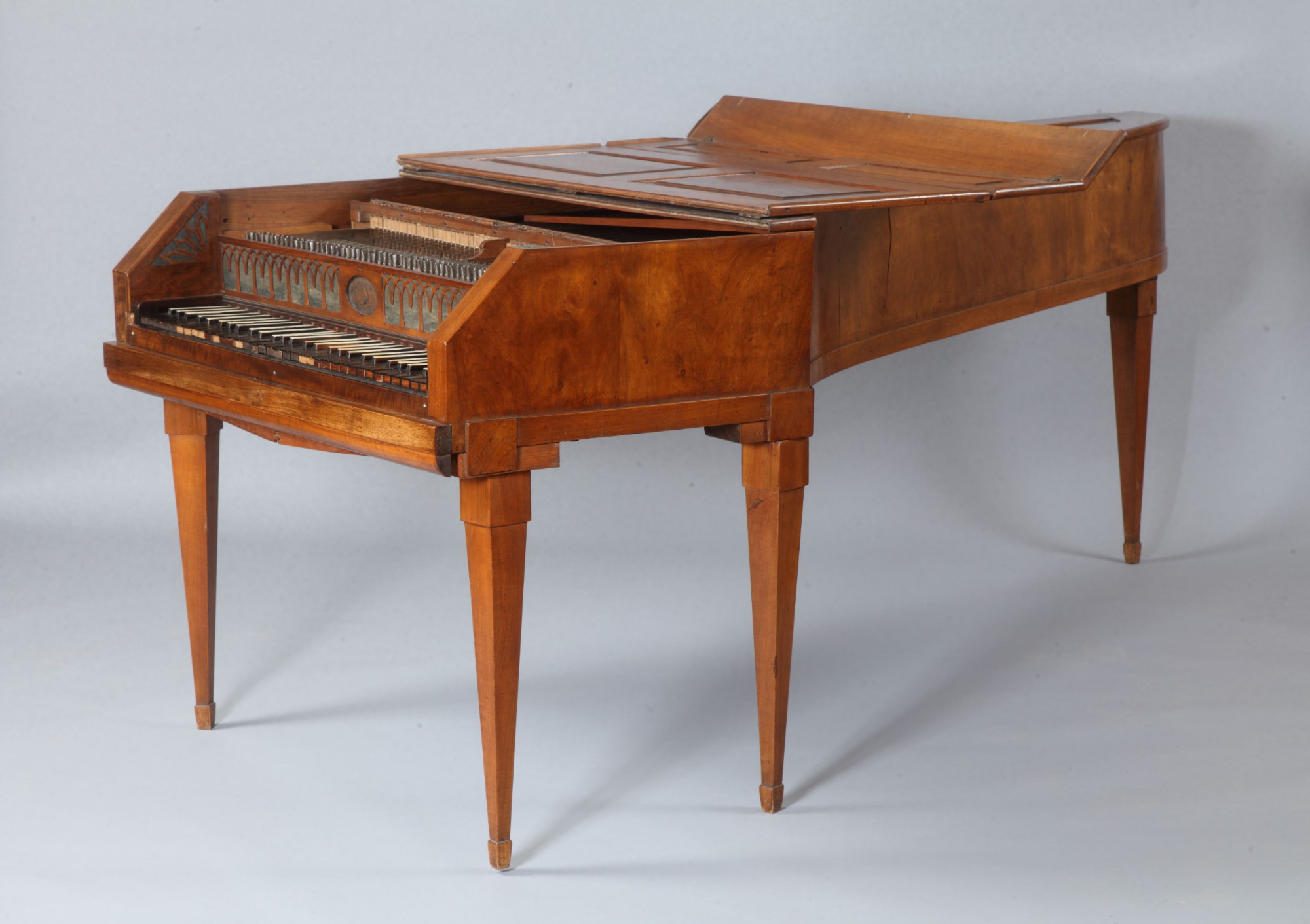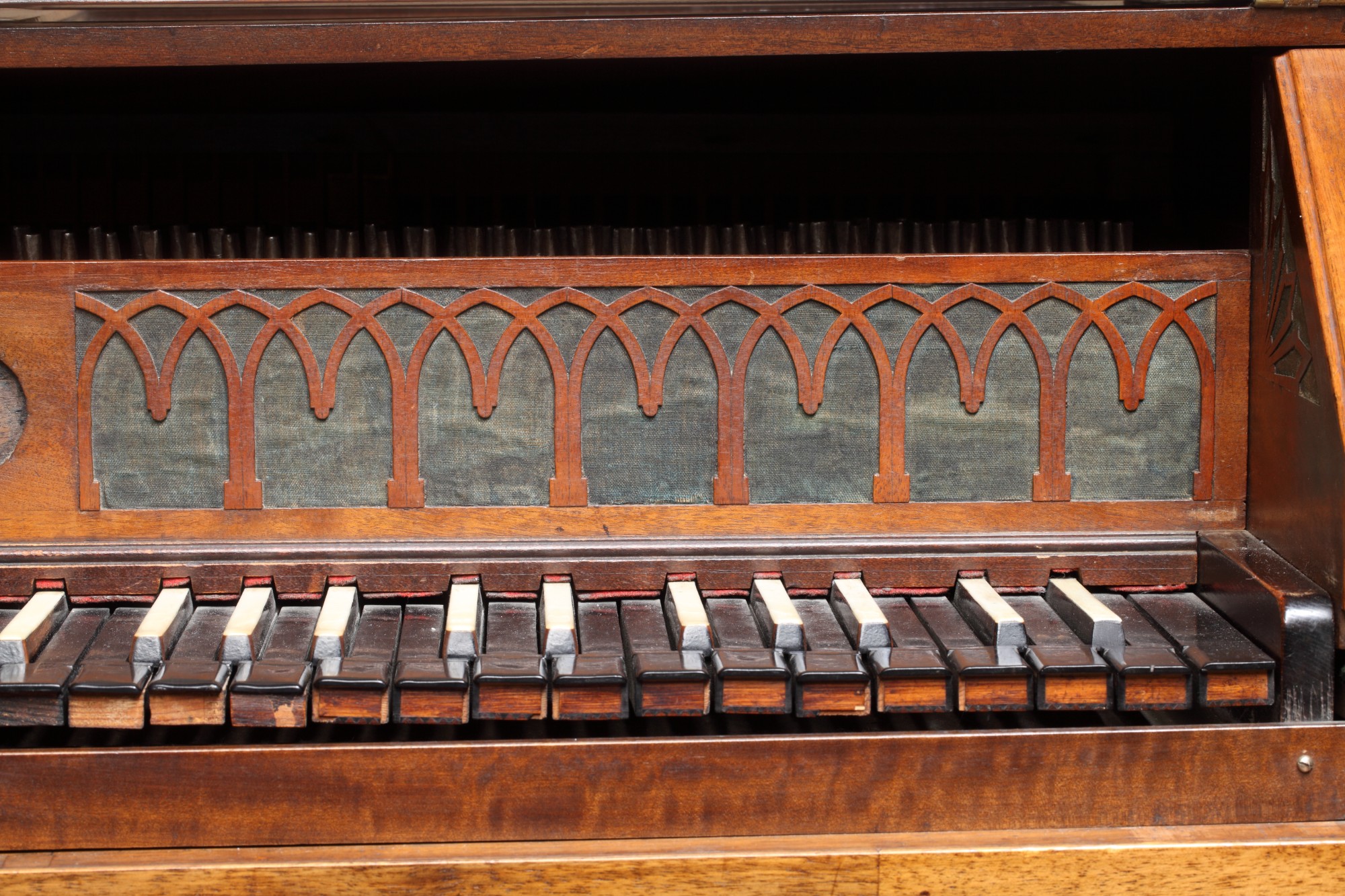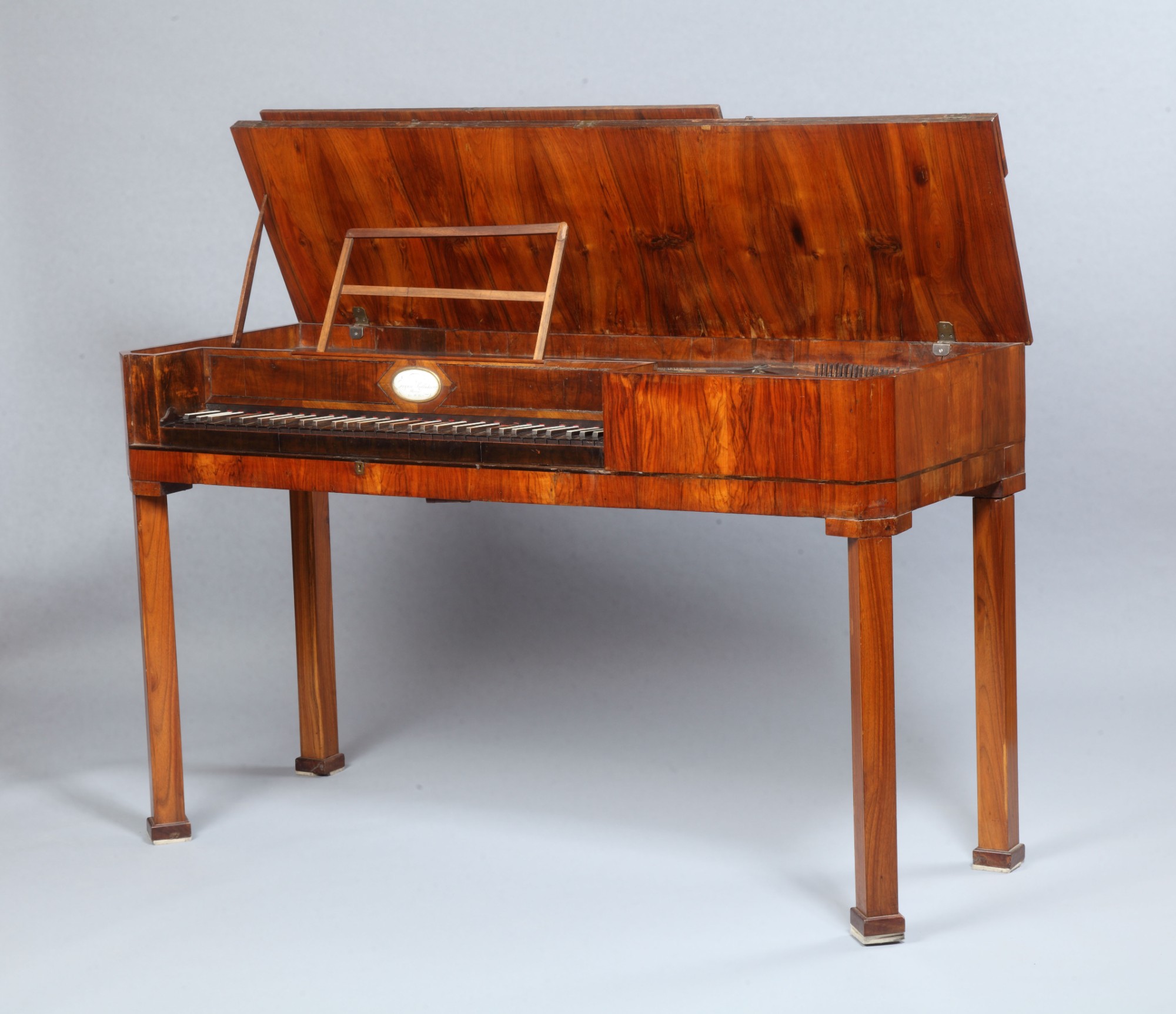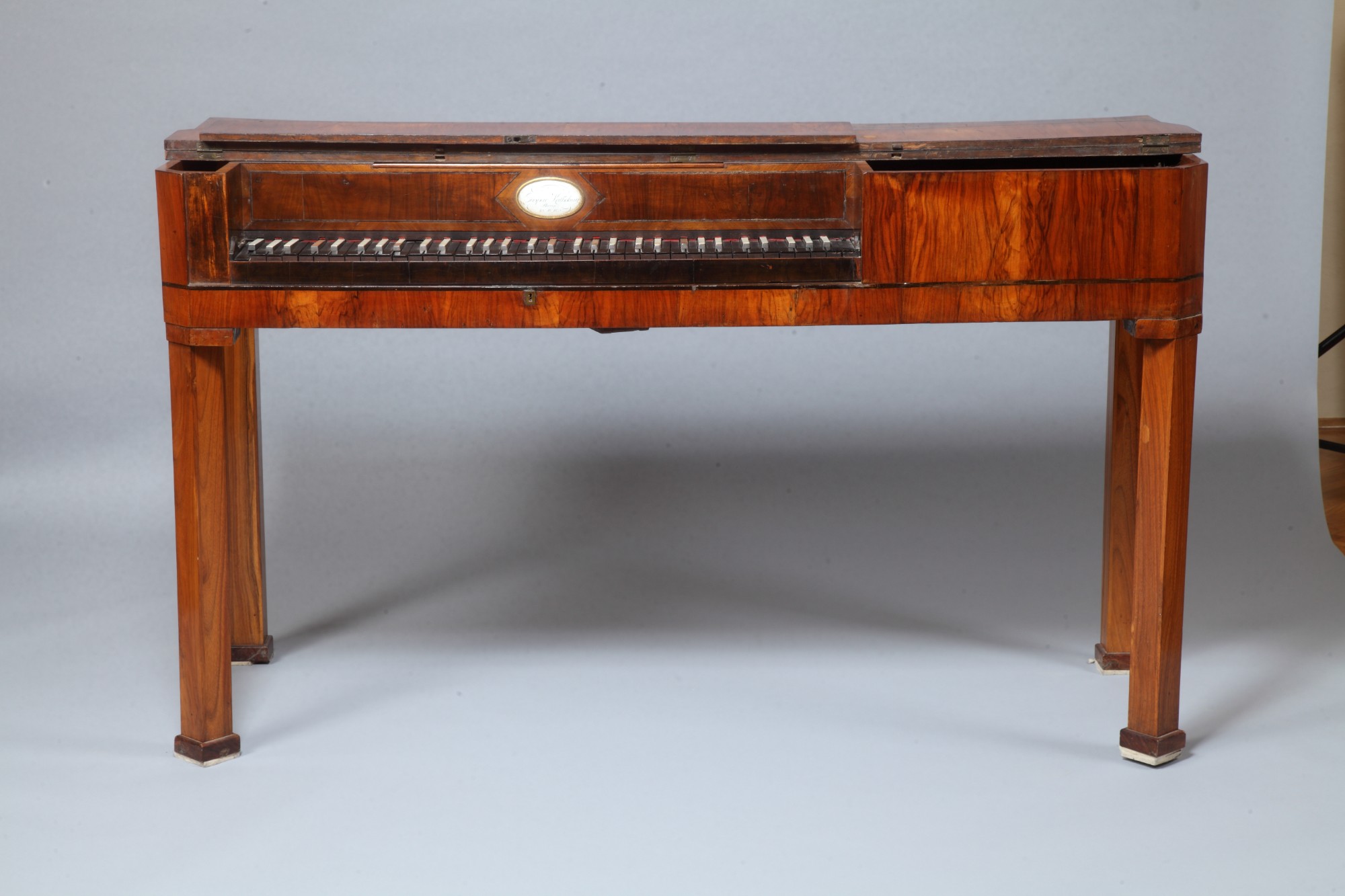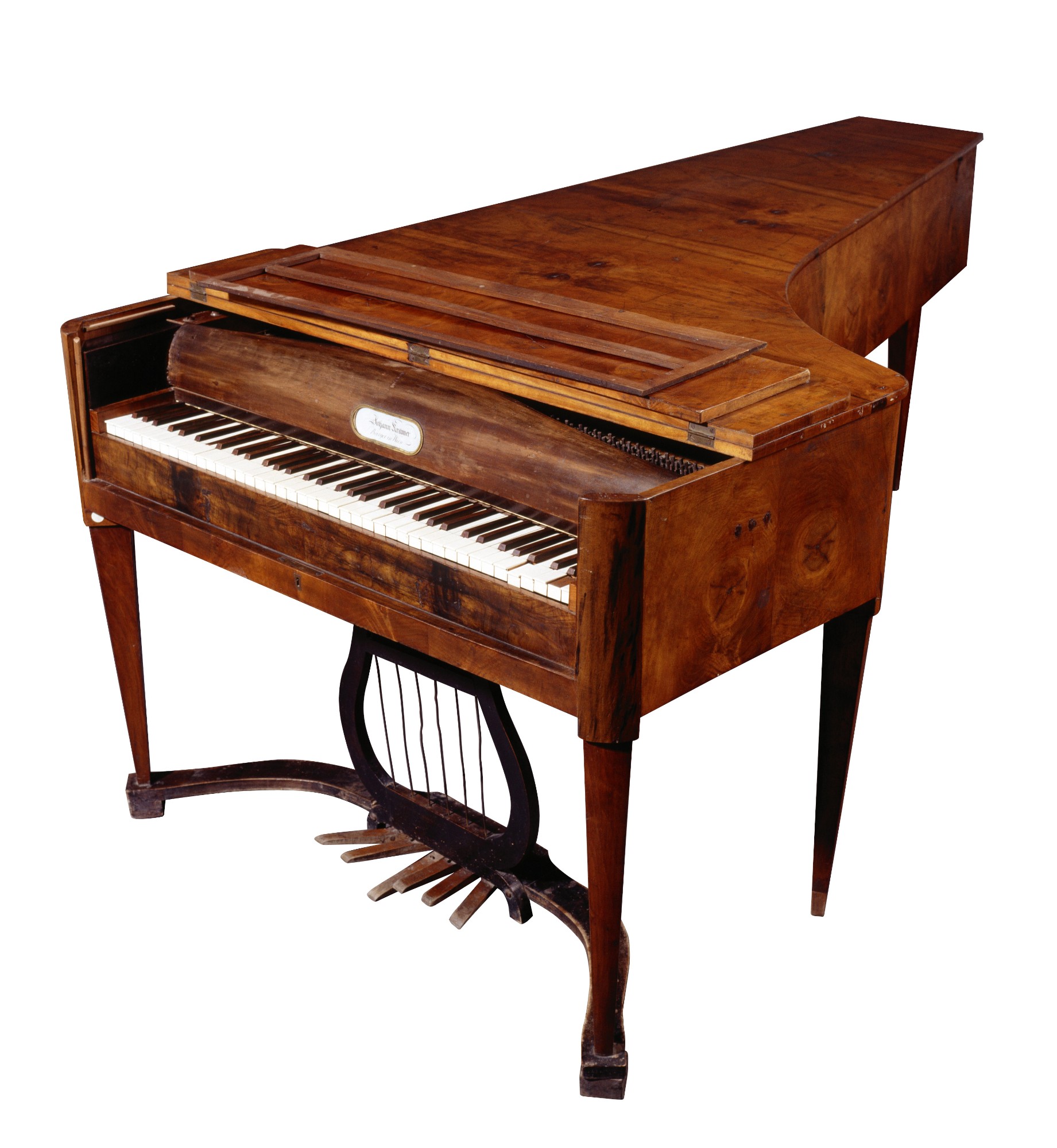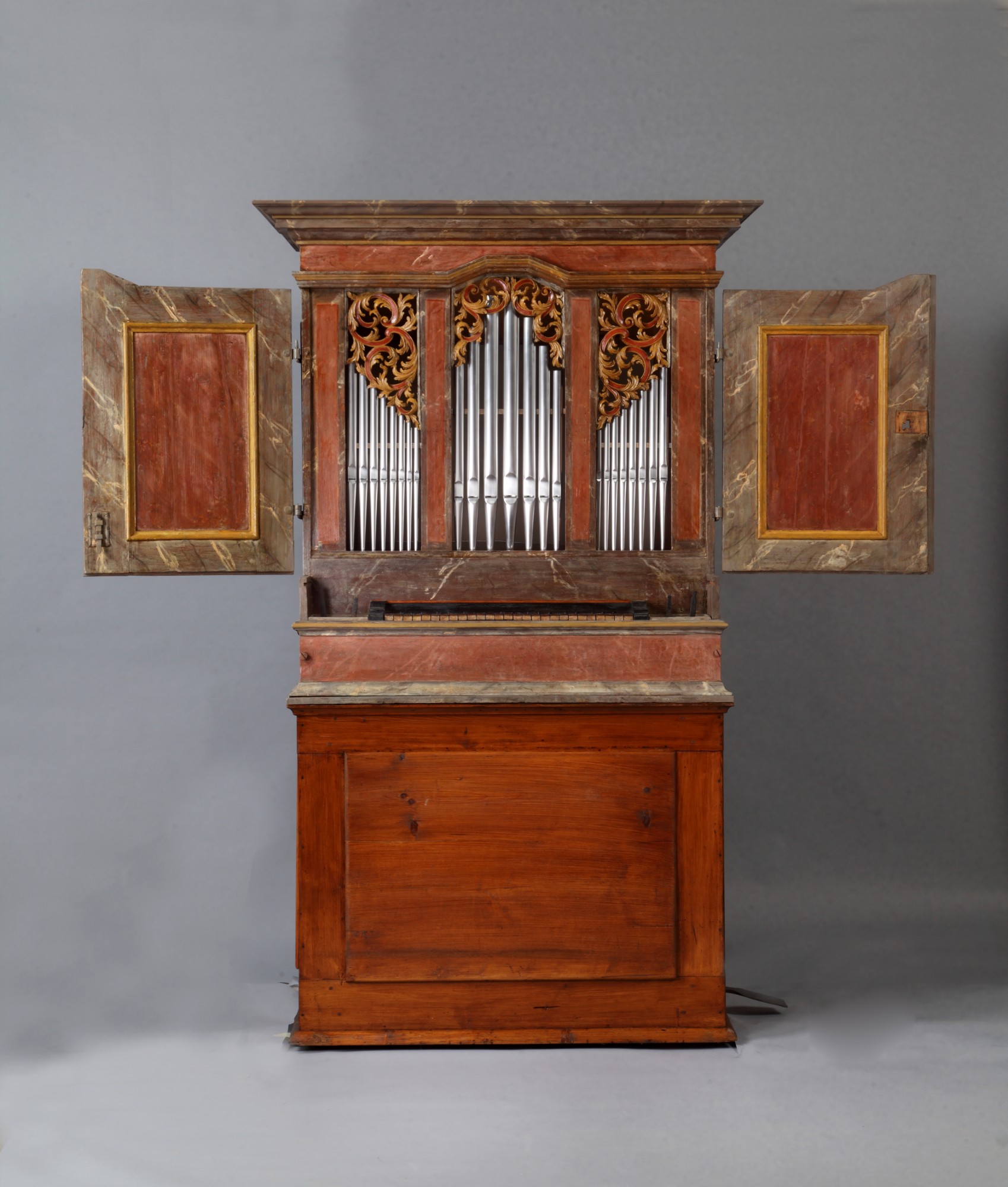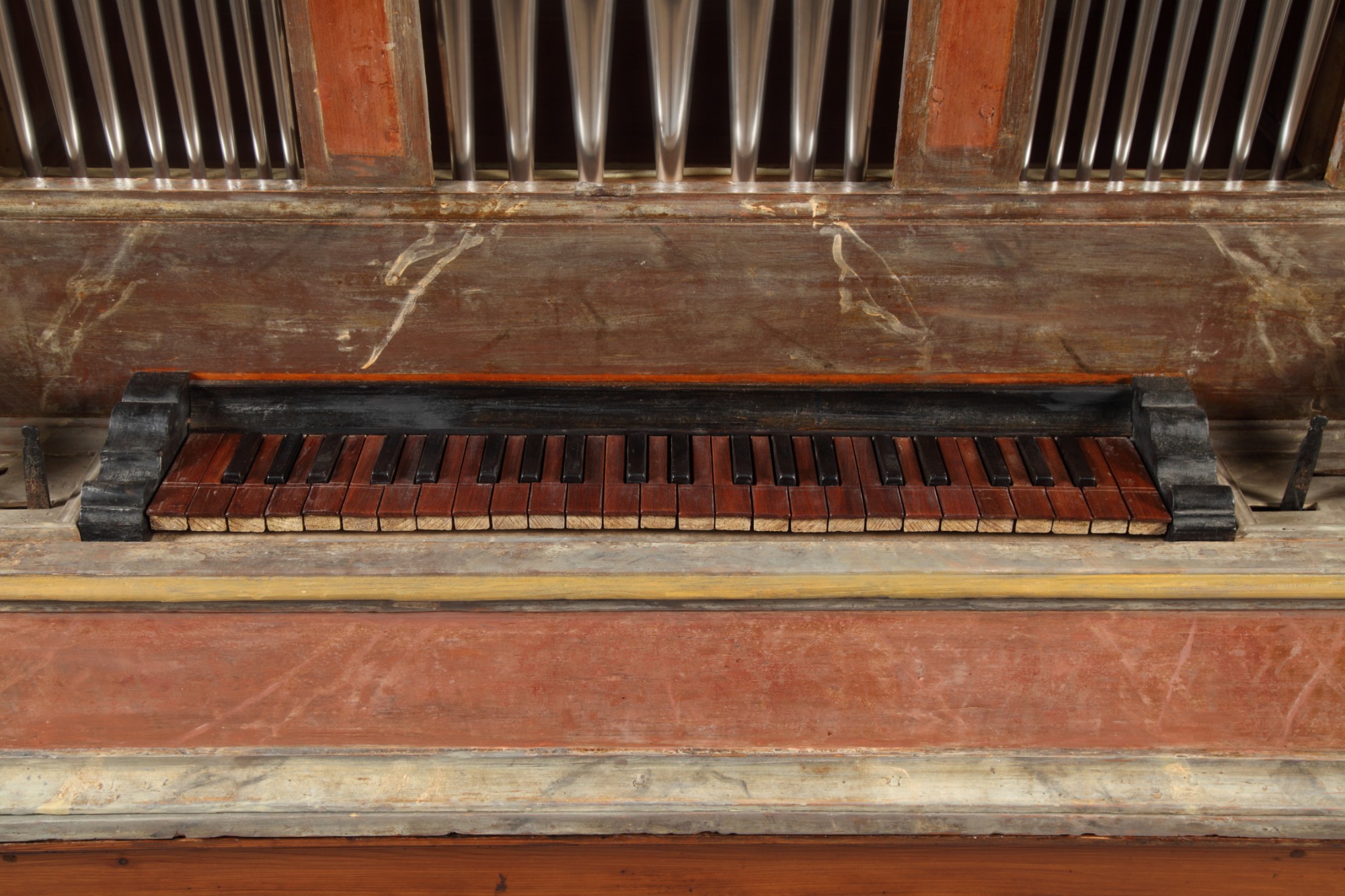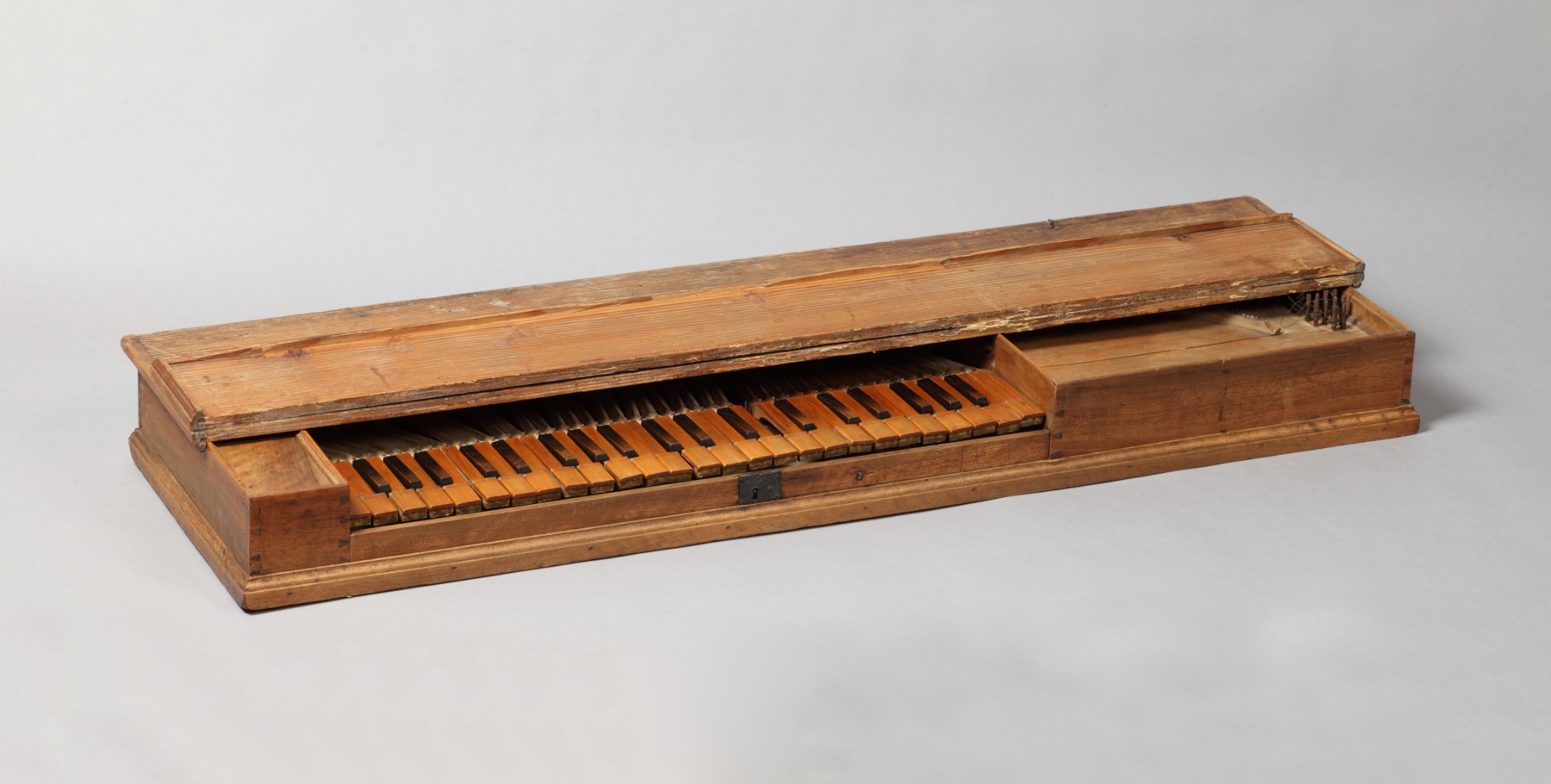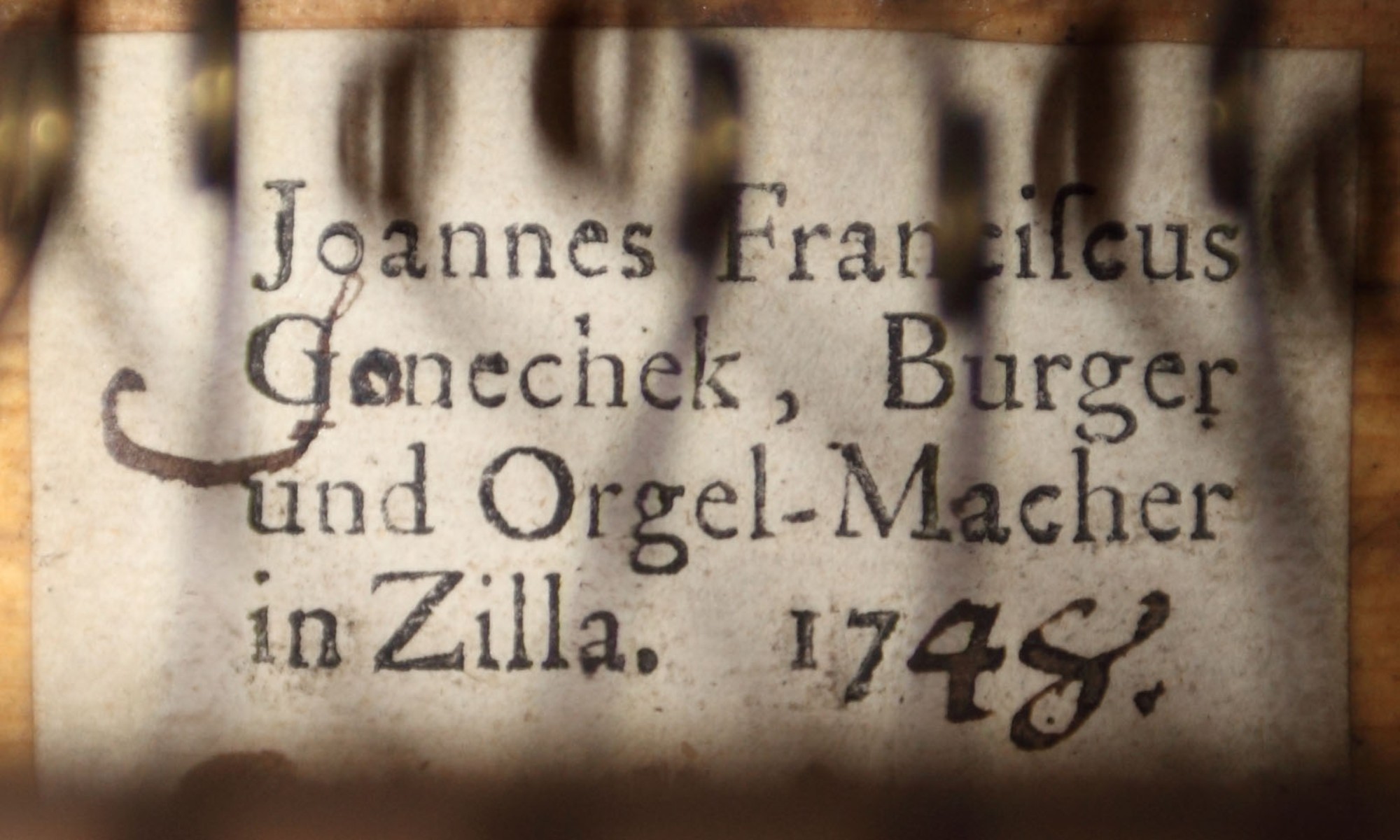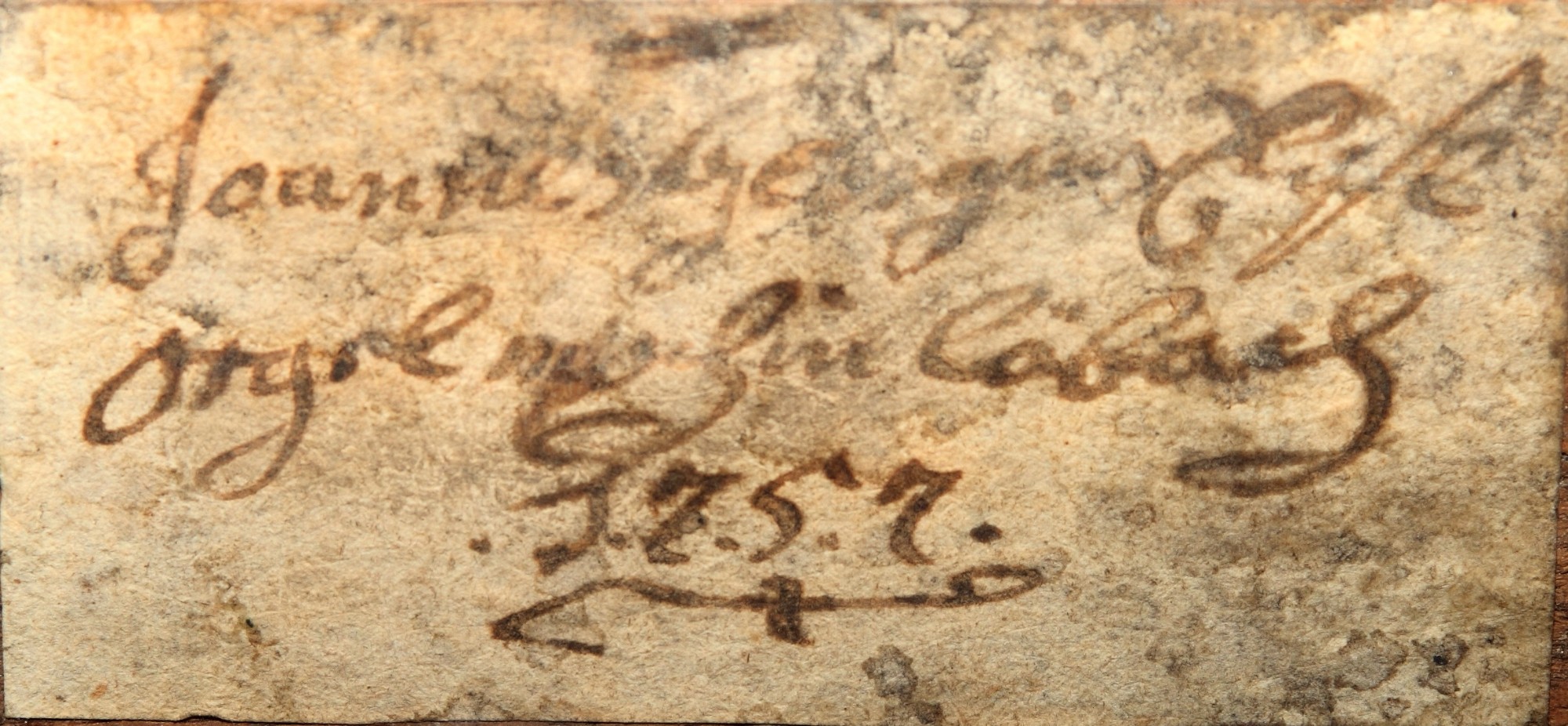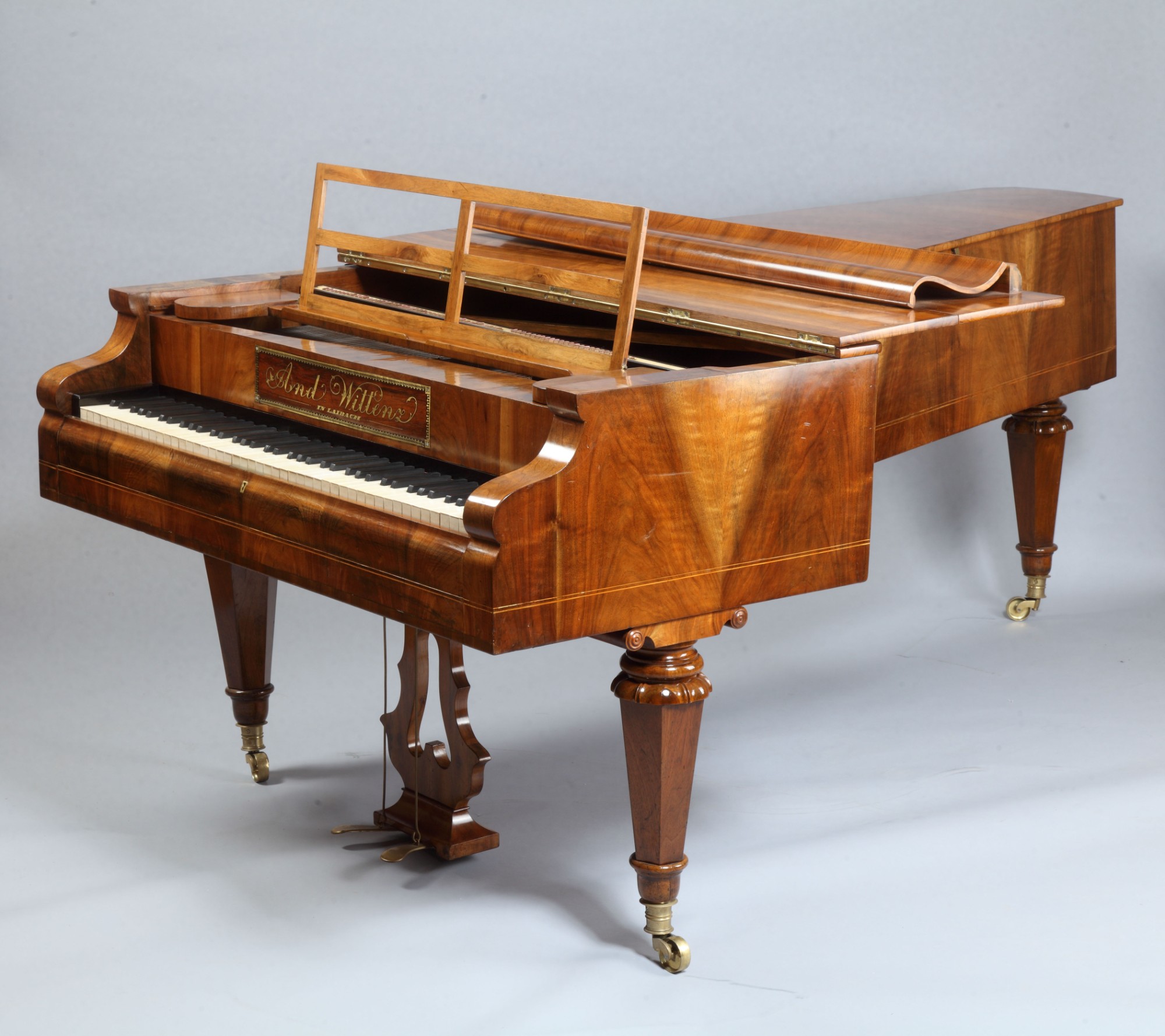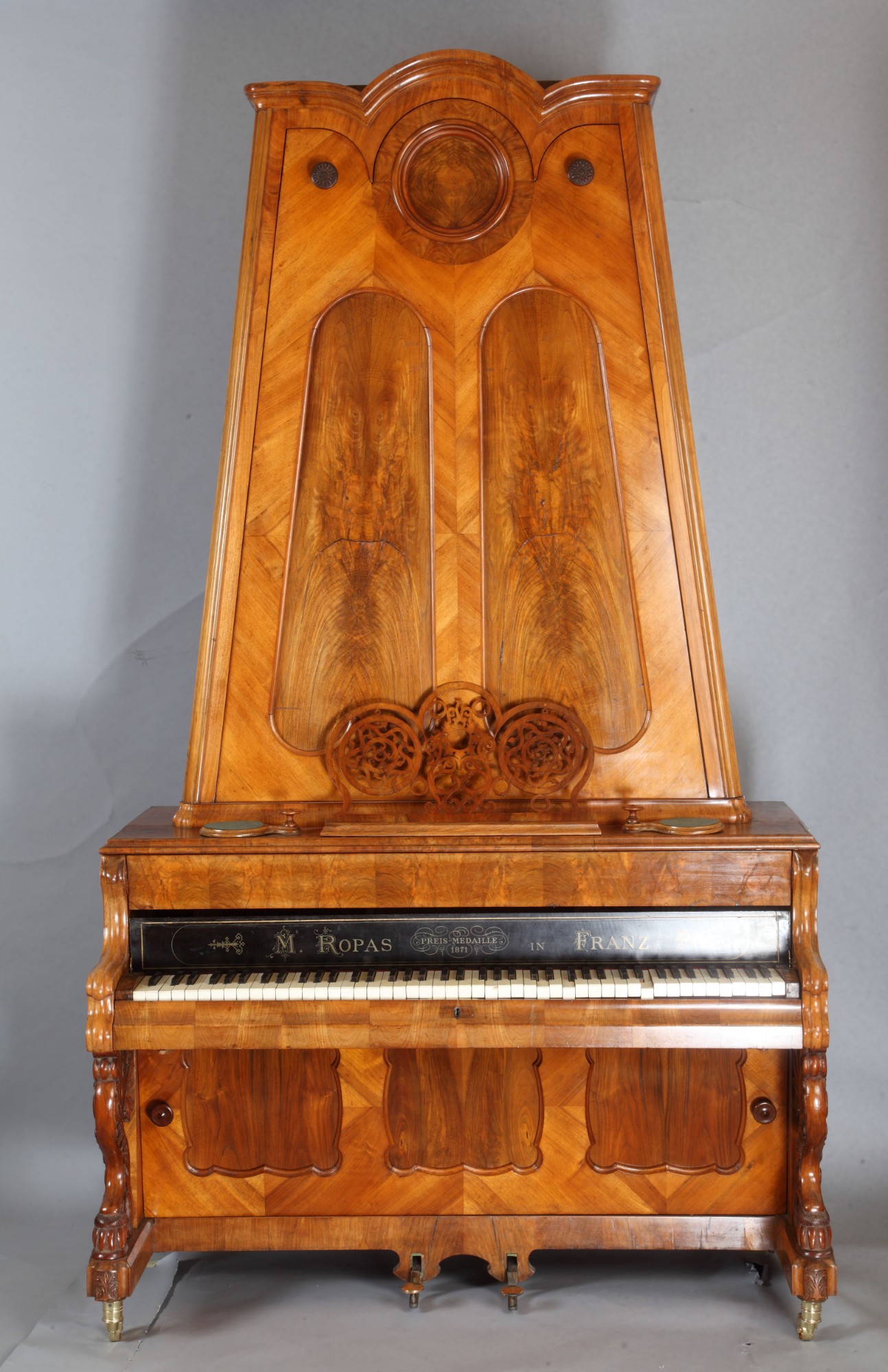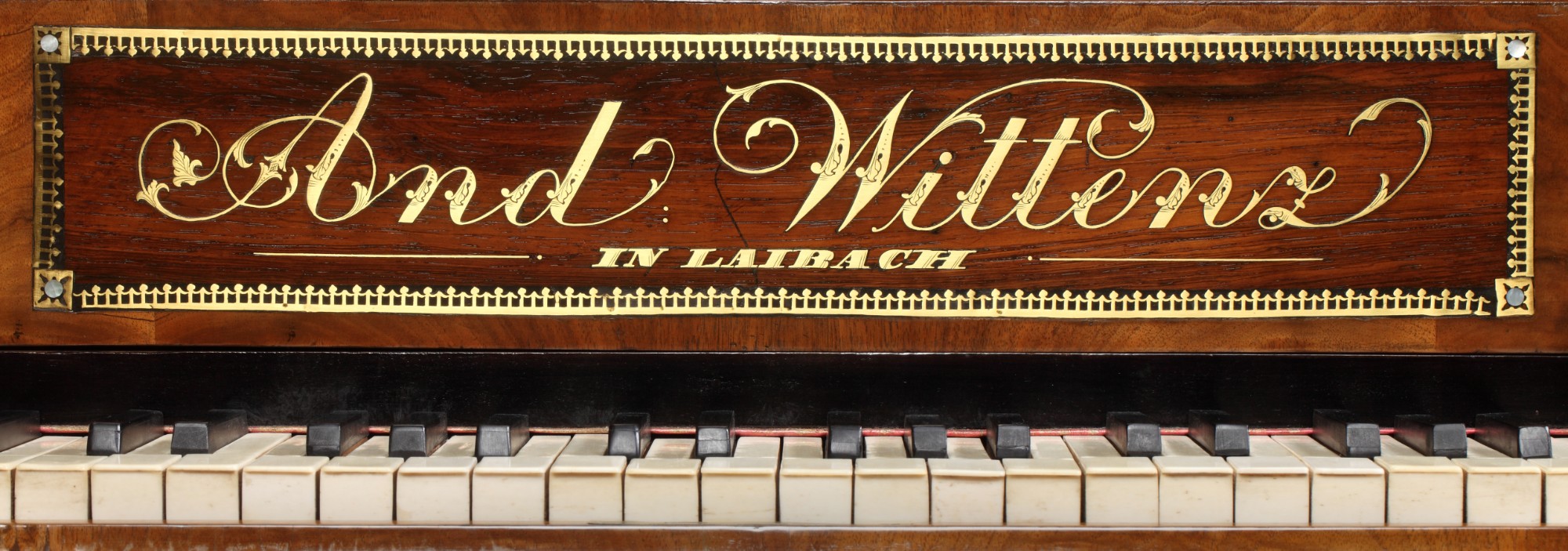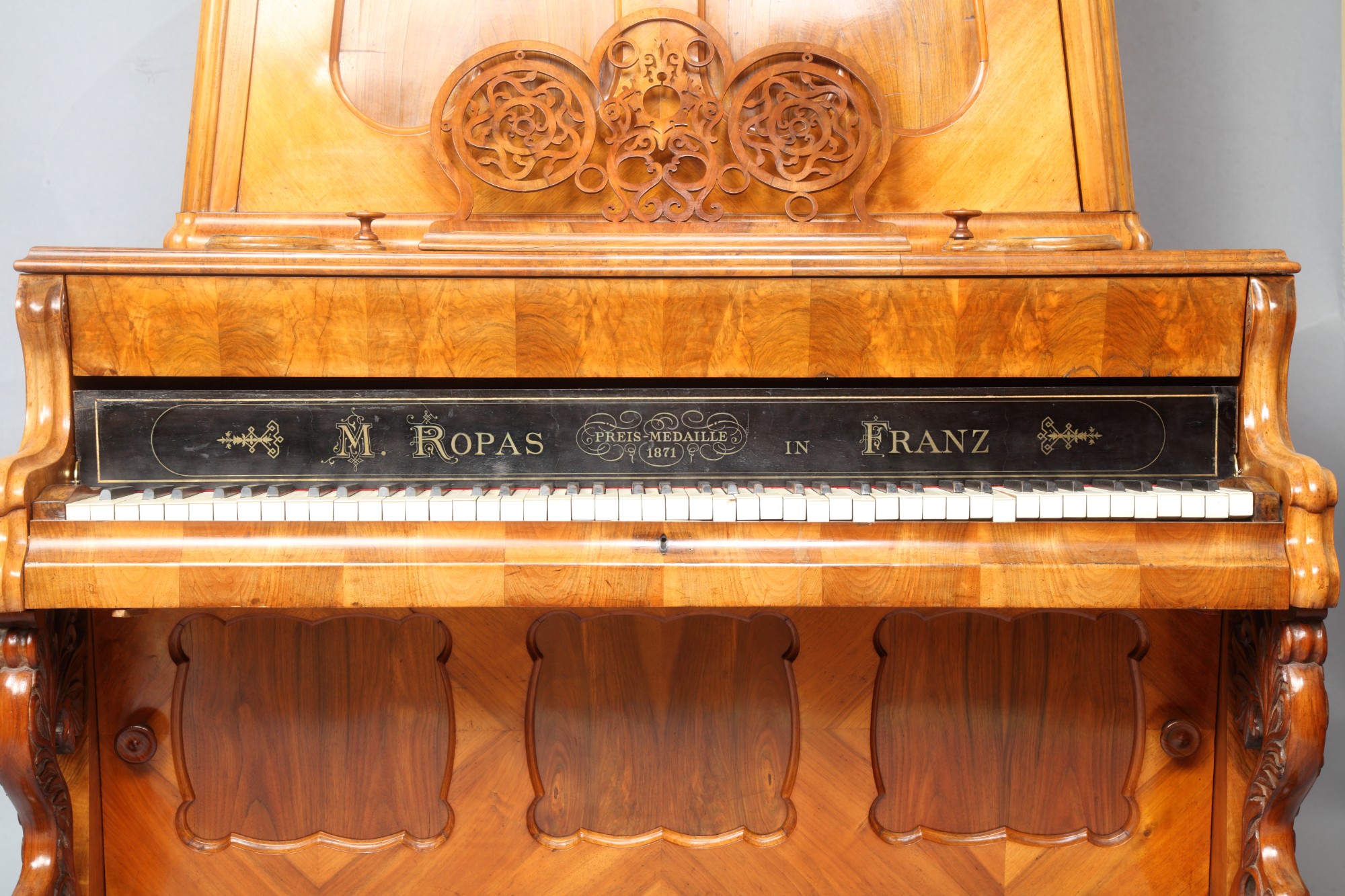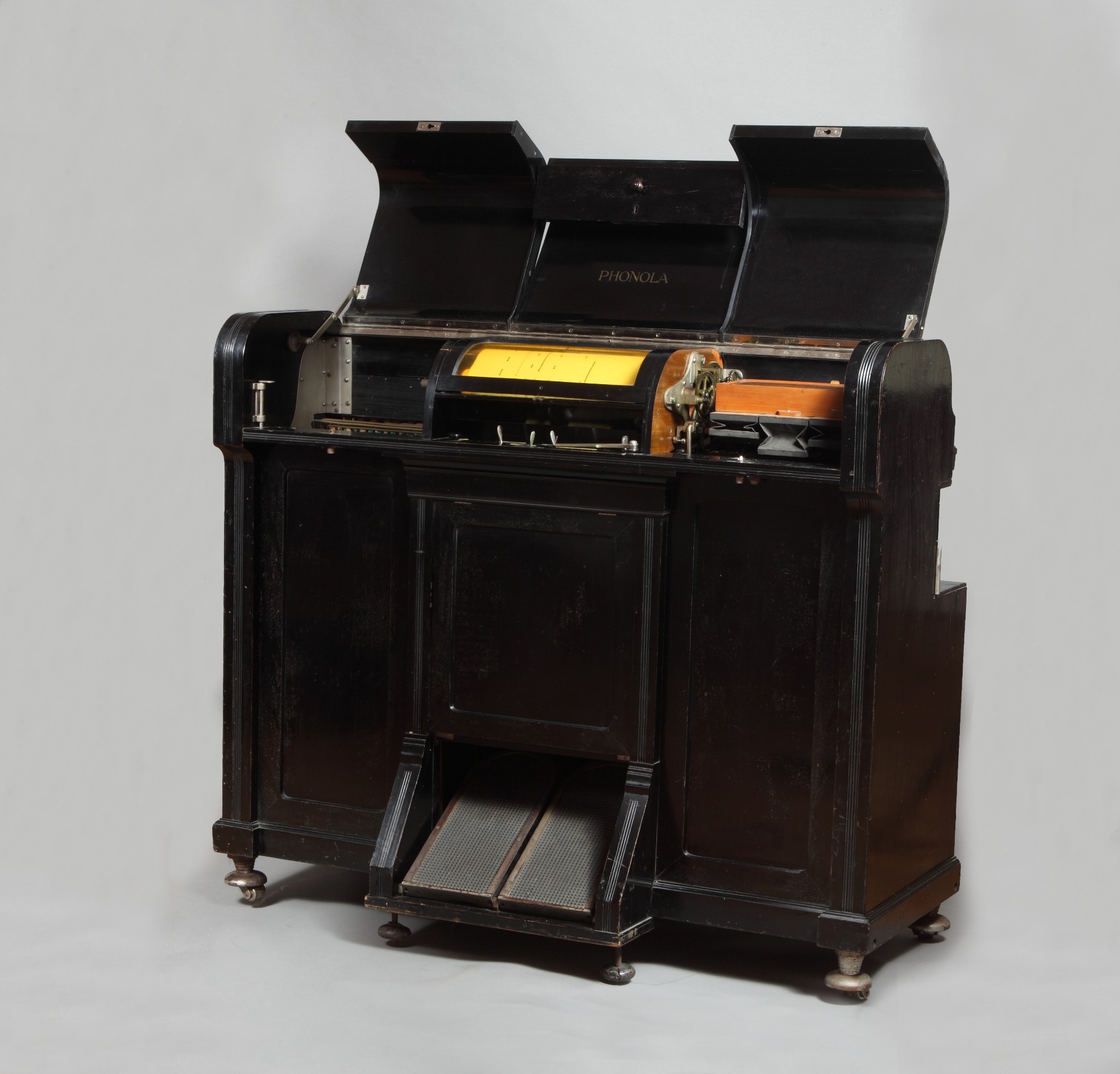Kept at the Ptuj Castle, the richest collection of musical instruments of national importance contains almost 350 items. The collection of instruments used for performing both art and traditional music is complemented by sheet-music materials and tools for making instruments. Two artefacts constitute the highlights of the collection: a rarity of international importance, an ancient Roman double-reeded wind instrument or tibia dating to the 2nd or 3rd century, and a lute by the illustrious Viennese luthier Andreas Berr (1694), one of two surviving specimens of its kind.
The exhibition is divided into thematic sections, in turn focusing on prehistoric instruments forming part of the Slovenian archaeological legacy, the Ptuj town guard band, the more recent municipal wind band, and diverse instruments used in the 17th–19th centuries in aristocratic salons and church chamber-music practice. This collection includes various wind, string, plucked string and keyboard instruments. Some of these artefacts were made by renowned instrument-builders from Vienna, Graz and Prague and by domestic artisans.
Archaeological Musical Heritage
One of the central exhibits of the Ptuj Museum is featured in the collection of musical instruments forming part of the archaeological legacy. The 2nd– or 3rd-century tibia is an ancient reed made of bone, with copper coating and a bronze plate. Ptuj archaeologists discovered parts of the instrument in 1988. The elaborate workmanship suggests that the instrument was a treasured possession already in the days of Roman Poetovio. The Romans ascribed magical powers to the tibia: it was used during rituals to ward off evil spirits and summon good luck before travelling. Various horn and bone flutes and bronze bells were also discovered in Roman Poetovio. Representations of ancient instruments can be seen on oil lamps, metal vessels, earthenware and jewellery.
The collection also contains diverse grave goods, items buried along with the body in prehistory and later, to ease the deceased’s journey into the afterlife, and other objects, including a prehistoric infant’s rattle, and a more recent necklace with jingle bells dating from the late 10th or early 11th century.
Ptuj Wind Band
The exhibition section dedicated to the heritage of the Ptuj wind band foregrounds a tradition that has survived since the late Middle Ages. Several times a year, a ceremonial procession of bourgeois militia with instrumentalists playing wind instruments, as well as brass instruments and percussion, wound its way through Ptuj accompanied by the town and castle gentry on horseback. The exhibits from the 18th and 19th centuries were made by acclaimed instrument-builders from Vienna and Graz: Theodor Lotz, Kaspar Tauber, Friedrich Hammig, Johann Georg Höffer and Josef Hönig. The instruments made by Slovenia-based artisans include a flute from the mid-19th century made by Matija Poje, who had a workshop in Maribor, and a clarinet by Simon Unglerth (1778–1854) from Ljubljana, whose instruments, of which some examples are also kept in New York and Copenhagen, display characteristics of the eminent Viennese School.
In this respect, it is interesting to note that the earliest representation of the town guard band has survived on the facade of a tavern at 20 Slomškova Street in Ptuj. The relief from 1815 depicts musicians and instruments used for ‘Turkish music’, i.e. deriving from one-time Janissary bands, which invested the band’s music with an orientally flavoured clattering and rattling sound.
A music society and a civilian town band were established four years after the Ptuj military band was officially disbanded in 1851. The band accompanied all municipal ceremonies, gave promenade concerts and performed in the town theatre productions. The town of Ptuj boasts a list chronicling all the numerous bandmasters who have led the band since 1793. The band members performed a more challenging repertoire under the baton of a versatile musician, Jože Gregorc, who arrived in Ptuj in 1940. The town band soon grew to become the currently instated Wind Band.
The exhibits date from the period from the second half of the 19th to the mid-20th century.
Salon Musical Instruments
The collection of salon instruments, comprising diverse string, wind and plucked string instruments, takes us back to the Baroque period. Especially compelling items in this section are a viola d’amore and Berr’s lute.
String Instruments
The various exhibits date from the 17th–20th centuries. The oldest specimen is a rebuilt instrument, a former viola d’amore made by an unknown artisan of the Salzburg School. The specimen of a viola d’amore from 1732 was made by an accomplished Prague instrument builder, Johannes Uldarichus Eberlet. Apart from seven gut strings, the instrument features the same number of thin metal sympathetic strings, tuned an octave higher.
The more valuable exhibits include a viola da braccio from 1764 by French instrument maker Nicolas Louis Gilbert and a viola by Anton Pelicon, made in 1843 in Gorizia. An interesting specimen is a viola with a peculiarly shaped bridge, made in 1912 in the Viennese workshop of Dr Tomastik.
The section also consists of a viola by Avgust Ivančič, and two violins and a cello by Maksimilijan Skalar (1908–1997). Items from his workshop donated to the museum complement this collection.
Plucked String Instruments
The lute is the central plucked string instrument of this collection. Throughout its history, spanning six thousand years, the instrument has undergone various changes. Deriving from Ancient Iran or Persia, the lute was very prominent in Western European musical culture, and most of the sheet music from the Renaissance and Baroque periods was dedicated to this instrument. Although there is no conclusive evidence attesting to Slovenian lute-making, that the lute was played in aristocratic circles and church life is documented from the 16th century.
A lute from the nearby Dornava Manor made by an accomplished Viennese master, Andreas Berr, is on view, together with the appertaining case. This excellent example of an early Renaissance lute of the so-called German School was still being manufactured towards the end of the 17th century.
Throughout the centuries, so-called frame and angular harps of different shapes and sizes were commonly in use. Whereas until the 18th century the simple diatonic Gothic harp was widespread among travelling musicians, the patenting of the pedal and more complex double-action pedal harps allowed it to become a solo instrument and an indispensable part of the orchestral and chamber music formations of bourgeois and aristocratic salons. On view are two diatonic harps from Tyrol and a double-action pedal harp by the Prague master Alois Cervenka from the late 19th century.
Wind Instruments
The exhibition comprises woodwind instruments by acknowledged European and Slovenian masters. The lower part of the featured oboe was made around 1700 by artisan Johann Schell of Nurnberg, who applied himself, together with the illustrious Johann Christoph Denner, the inventor of the clarinet, to developing the flute. Only a few specimens are preserved from the legacy of the Schell Music manufacturer. The upper part of an oboe from 1800 by a Viennese woodwind maker, Friedrich Hammig, credited with introducing innovations in flutes, oboes and basset horns, is on view together with an oboe d’amore whose maker’s plaque is illegible.
Additional exhibits from the woodwind section are two flutes from the first quarter of the 19th century by Stephan Koch and examples of flutes made by Ljubljana-based Simon Unglerth. His instruments are marked by superior mechanisms and first-rate material. Also on view are a transverse flute from the early 19th century and parts of a flageolet, a wind instrument closely related to the recorder, and parts of a basset horn by an unknown maker.
A nineteenth-century czakan, a walking cane that served a musical function, is a special curiosity. A stockblockflöte – an instrument resembling a recorder, or other simple musical instruments were traditionally built into the cane.
Keyboard Instruments
The term keyboard instrument may be applied to any instrument equipped with a keyboard on which different notes can be sounded by pressing a series of keys. However, the instruments differ in terms of the principle of operation or mechanism. Various keyboard instruments were widespread until the early 18th century, when the piano, the best-known keyboard instrument, was invented. One of its predecessors is the clavichord, which originated in late fourteenth-century Italy and operates on the principle of brass blades or tangents striking the strings, which produces a soft and gentle sound. The initially small and portable clavichords grew in size in the 16th century; the instrument was placed on a table or legs were added. The exhibited clavichord, from the Graz School, was made between 1730 and 1750.
Beginning in the 16th century, the spinet, harpsichord and virginal, with tiny quills that pluck the strings, were popular in aristocratic, monastic and bourgeois milieus within the area of present-day Slovenia. However, older specimens have not survived here. The exhibited spinet was made in 1936 in the workshop of Johann Christoph Neupert of Bamberg, Germany, following the style prevalent in the Baroque period. Another example of a keyboard instrument is a harmonium by the Denis W. Karn & Co. piano and organ manufacturing company, made in Woodstock, Canada, around 1890.
The oldest hammer piano forming part of the Ptuj musical instrument collection was made around 1785 by Karl Benedict of Graz. A piano made approximately a decade later by a great Viennese master, Ferdinand Hofmann, dates from the golden era of Viennese Classicism. A square piano by Caspar Katholnig, and two wing-shaped pianos date from the first half of the 19th century. The first of these wing-shaped pianos, built by Johann Krämer, has several pedals with registers for creating tone colour, and the second is a rare extant specimen of pianos by Ignaz Bösendorfer, founder of the celebrated Bösendorfer piano company of Vienna.
Keyboard Instruments by Slovenian Builders
In Slovenia, the clavichord was played at least from the mid-16th century. An instrument fashioned in 1757 by a Ljubljana-based organ builder, Janez Jurij Eisel, so far the only known clavichord builder in Slovenia, testifies to the fact that musical instruments of this kind were built on Slovenian soil.
Evidence of eleven piano builders has been documented since the late 18th century, including Ljubljana-based master Andrej Bitenc (Andreas Wittenz). His piano from 1856 is an excellent specimen of the Viennese School.
In parallel with wing-shaped pianos, there emerged table-shaped models and pianos of diverse upright designs: a ‘giraffe’ piano, ‘lyre-shaped’ piano, and the ‘pyramid’ model, an example of which is in Ptuj Museum. The exhibit was made between 1871 and 1878 by Martin Ropas, a piano builder from Vransko.
The existence of organ builders based in Slovenia has been known since the early 17th century. One of the most successful organ masters was Janez Frančišek Janeček of Celje (Joannes Franciscus Janecheck), who built around 150 organs in Slovenia and Croatia during a career spanning over fifty years. The exhibited item is his salon positive organ from 1748. In 2015, after extensive and challenging conservation-restoration works, Ptuj-Ormož Regional Museum restored to its former working condition the case and the mechanism of the four-register Baroque positive organ, installed in a simple cabinet with doors.
